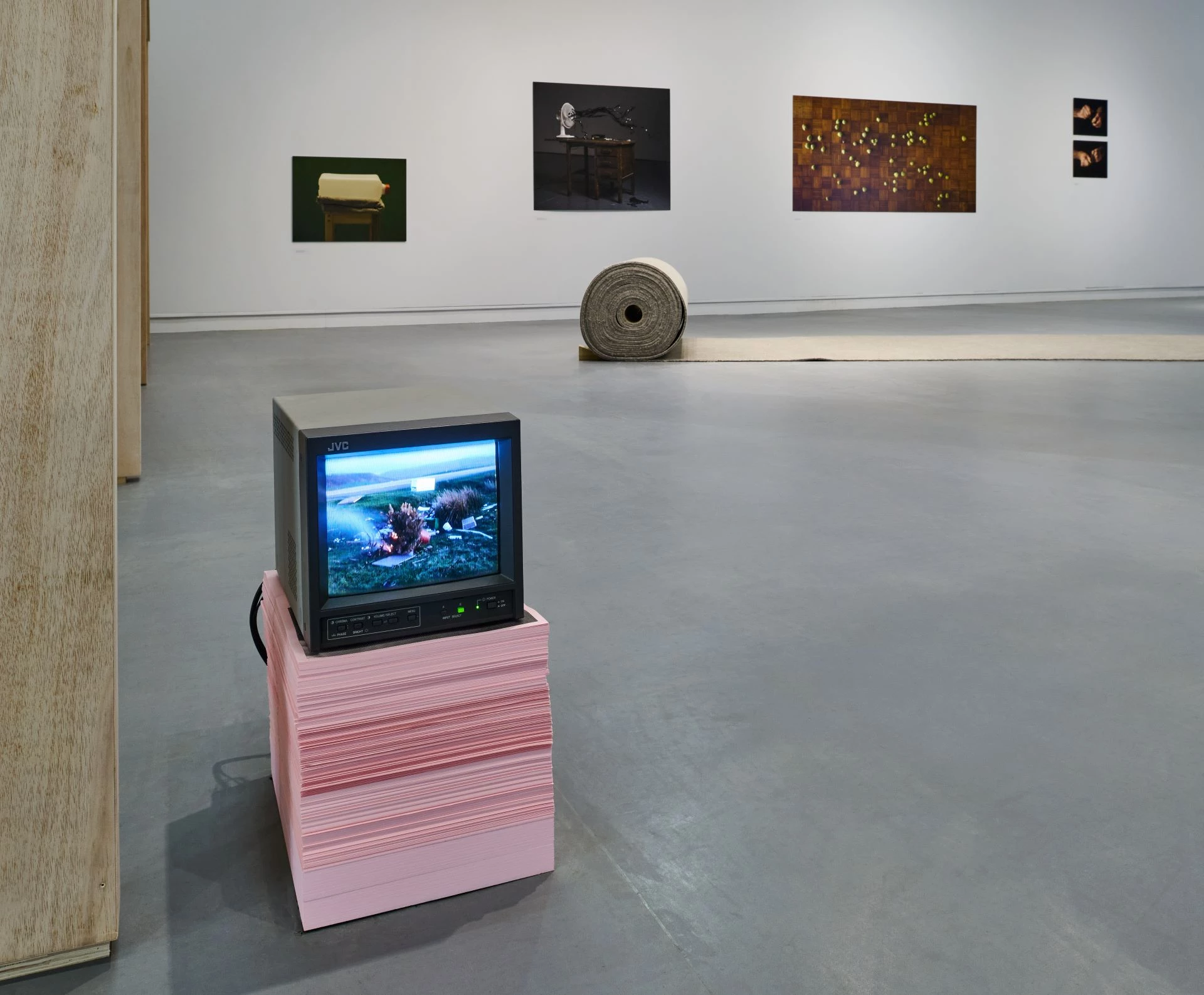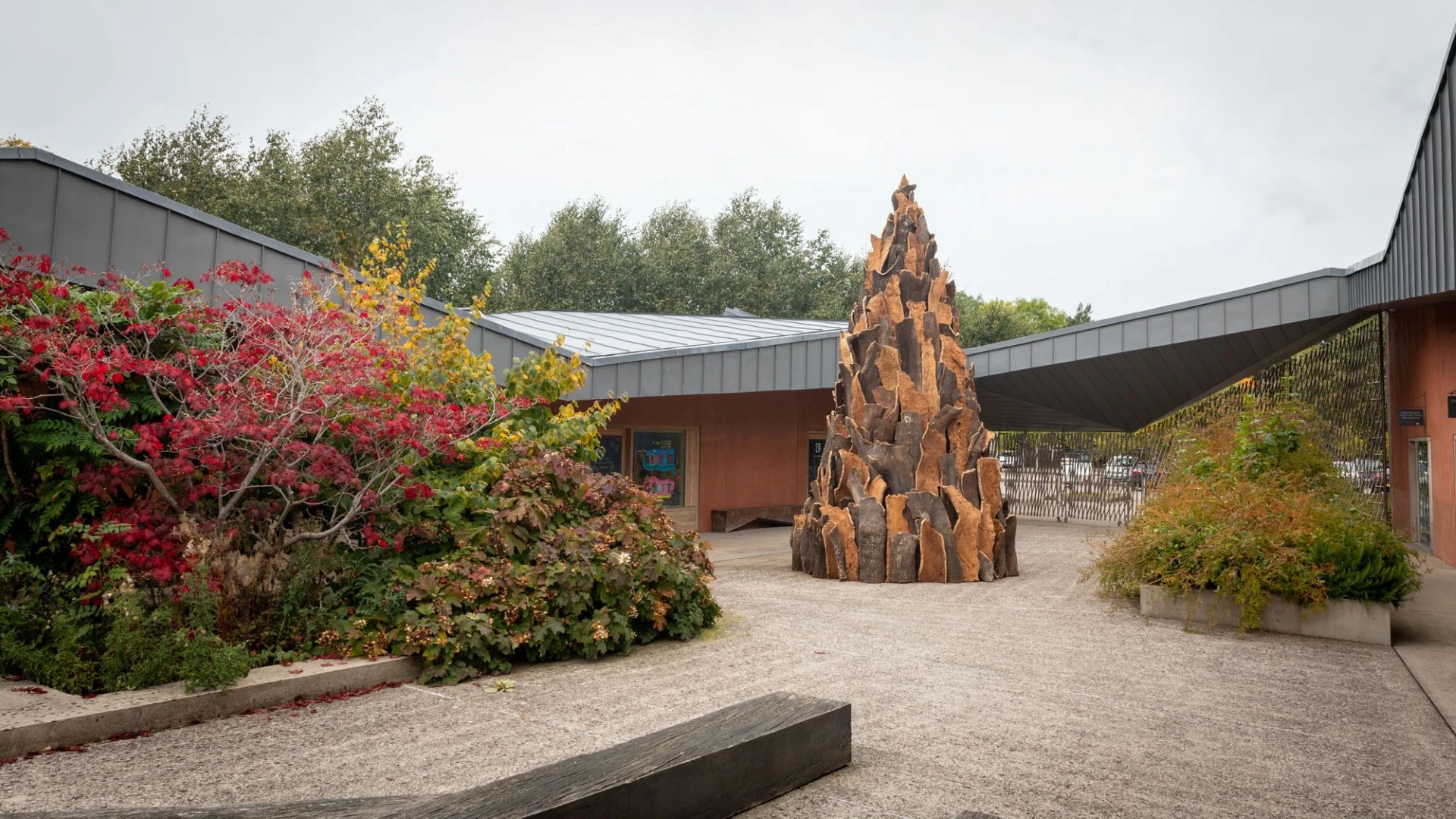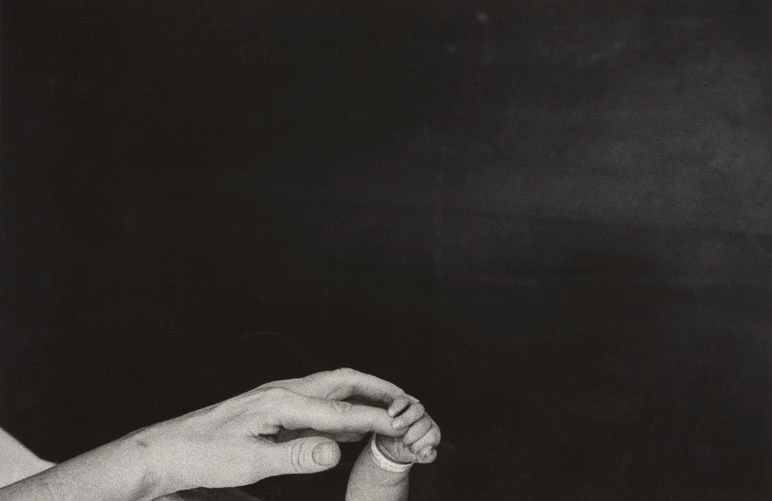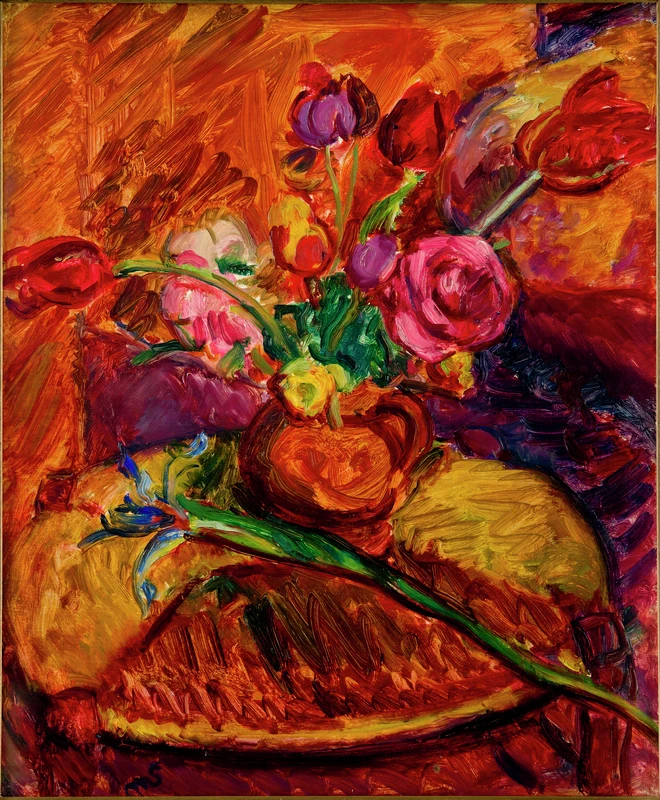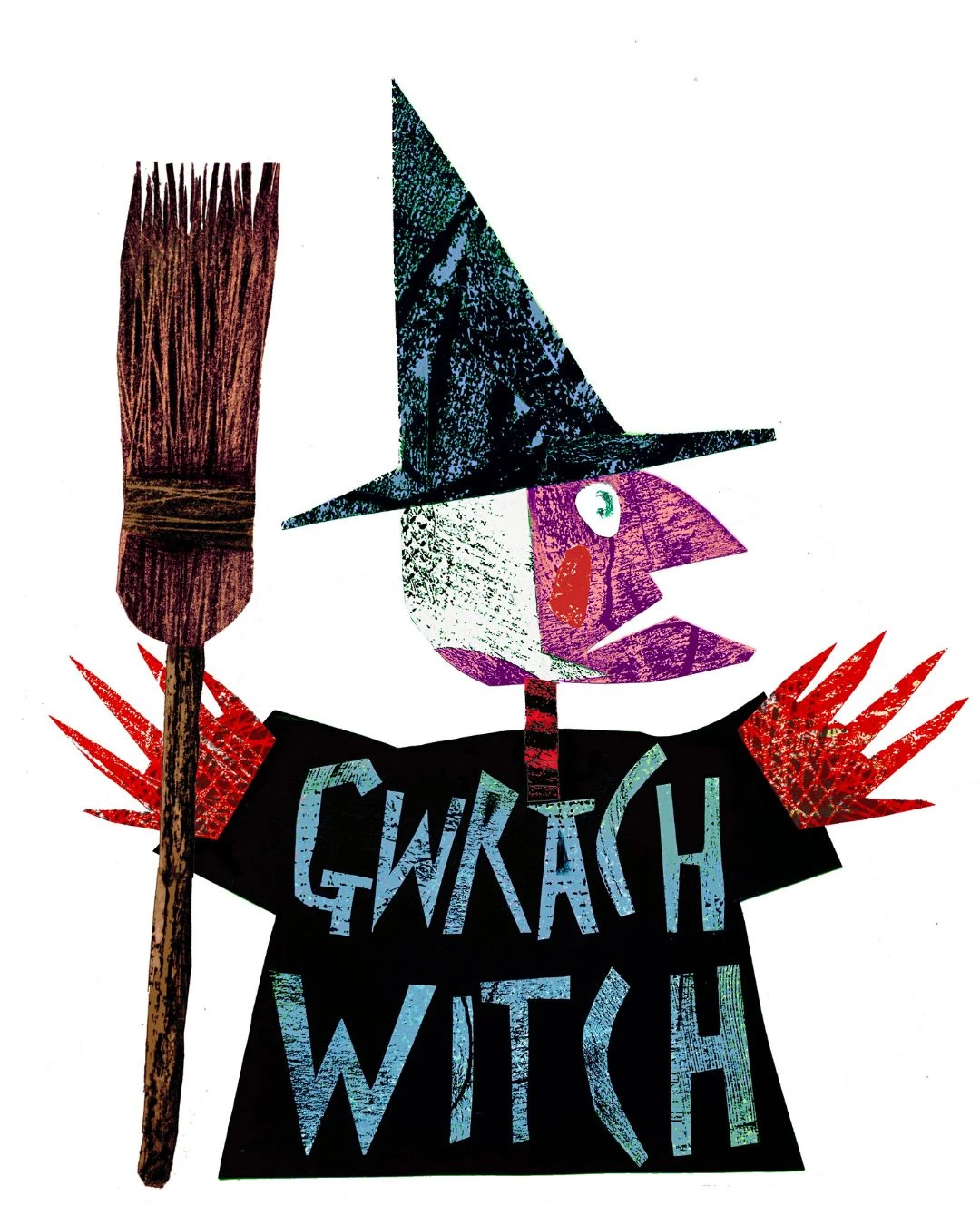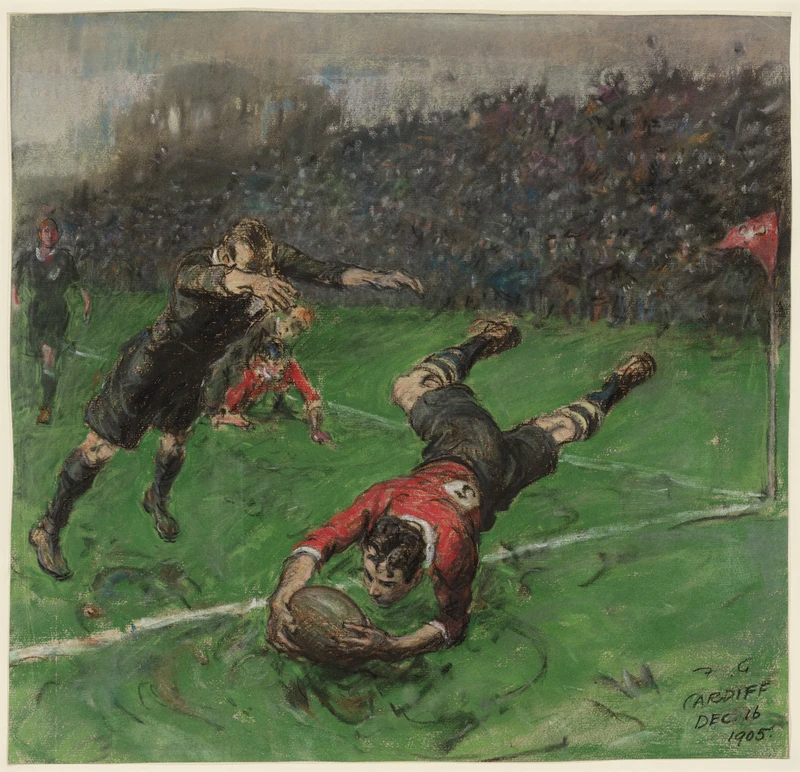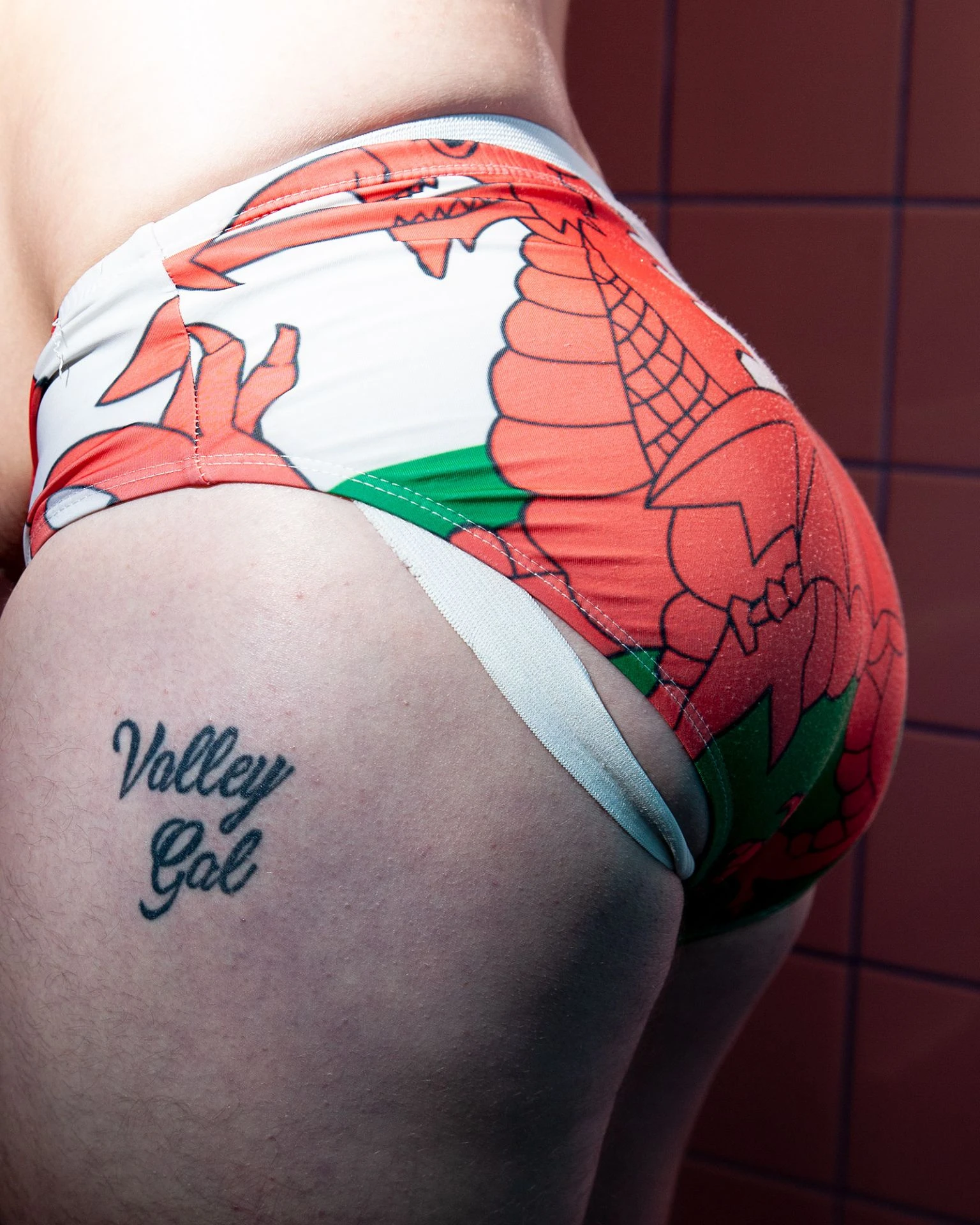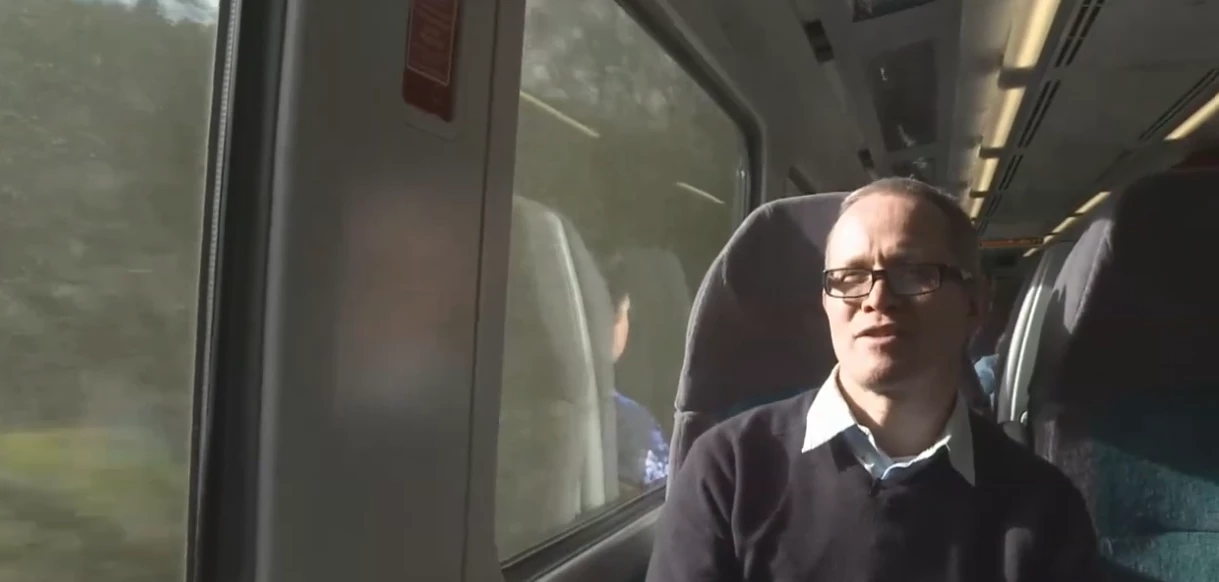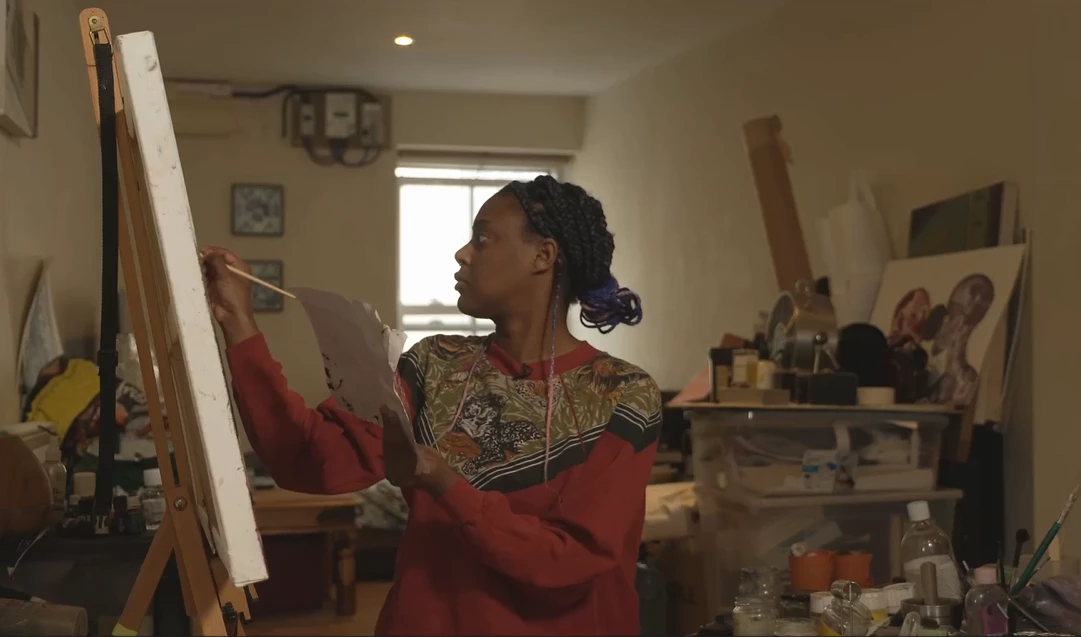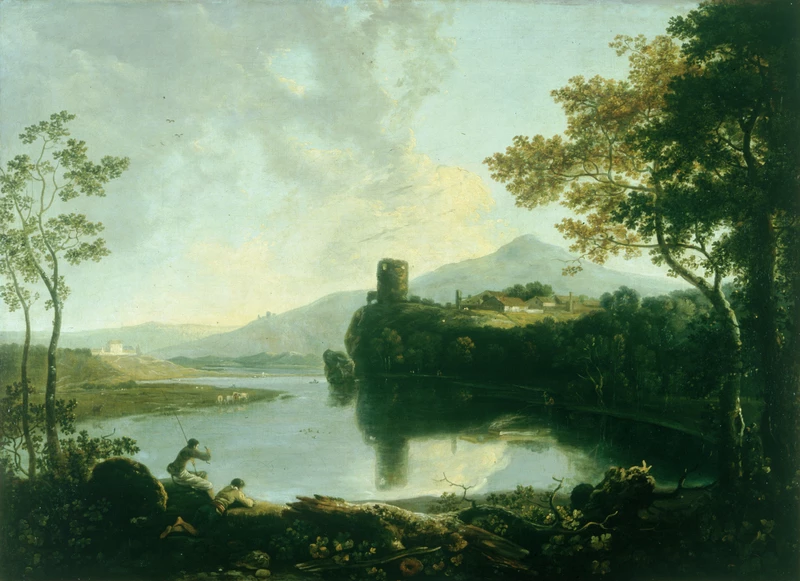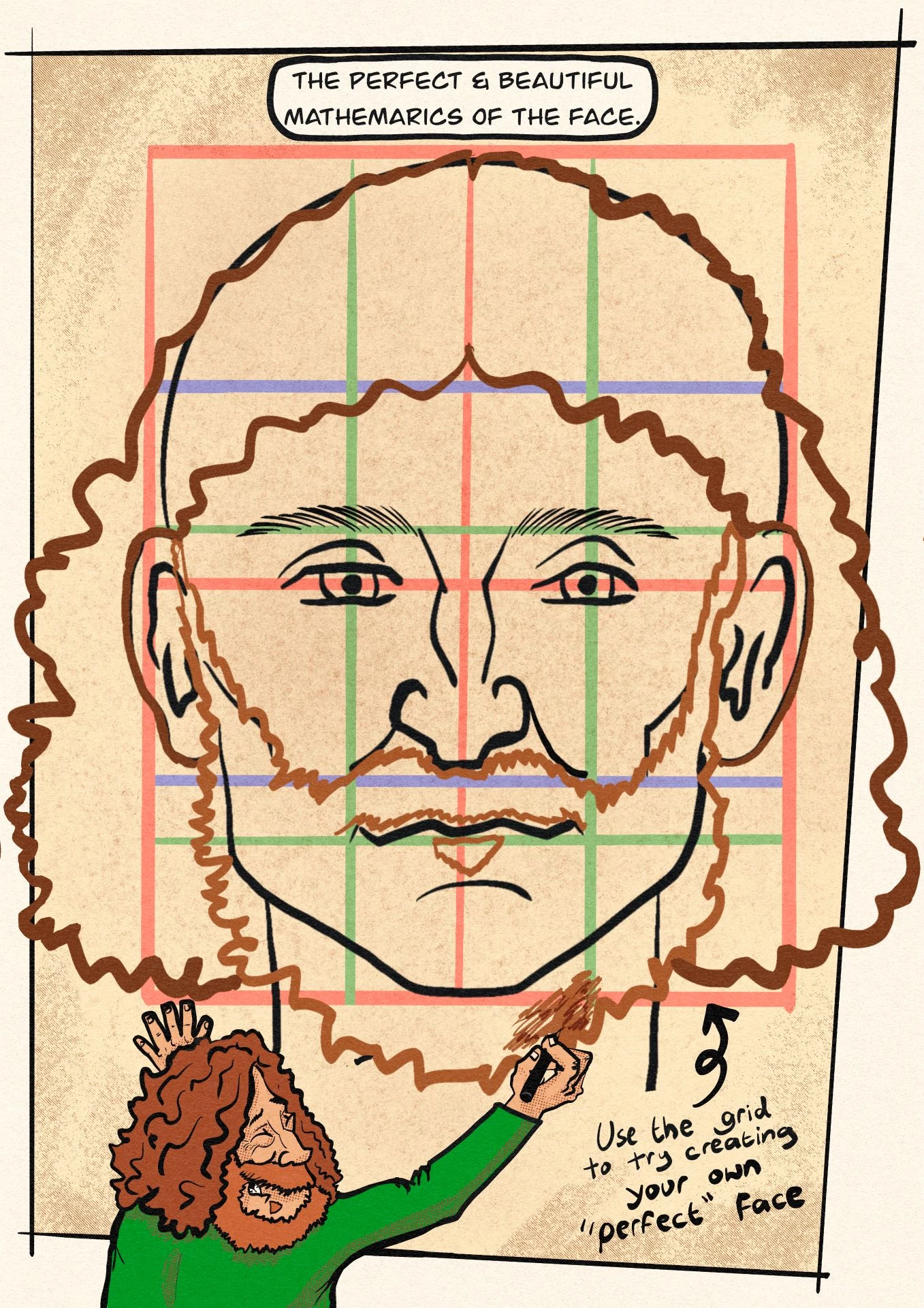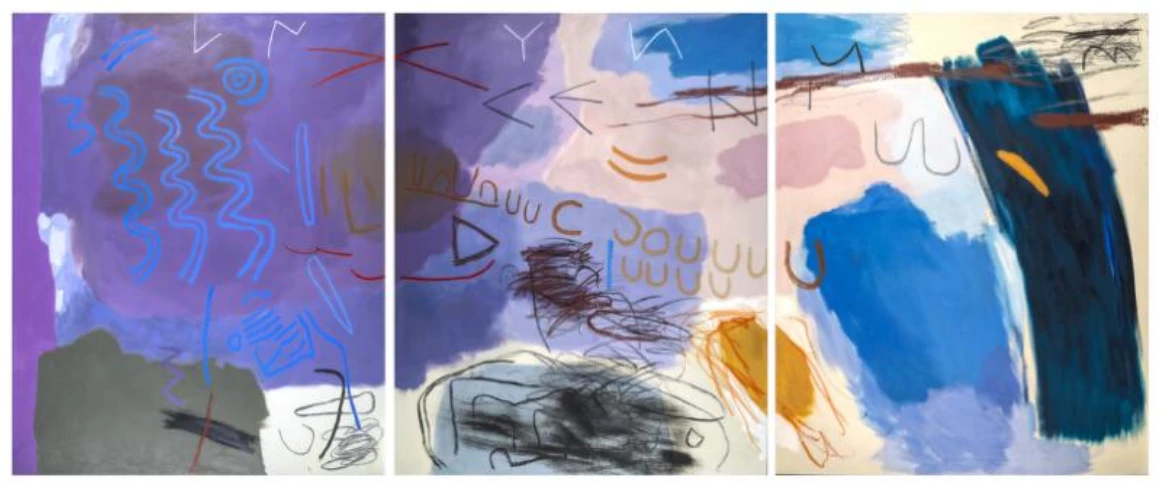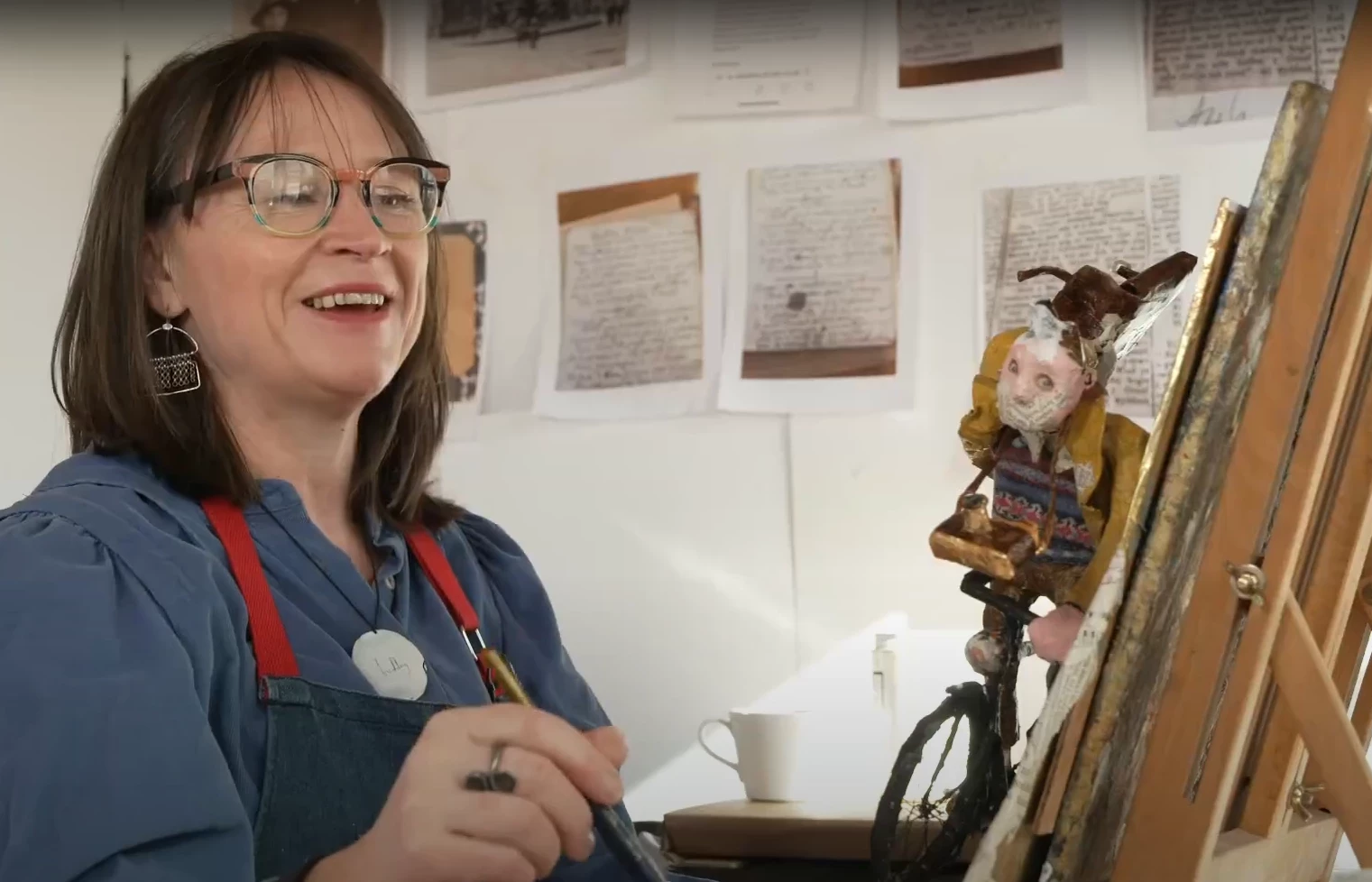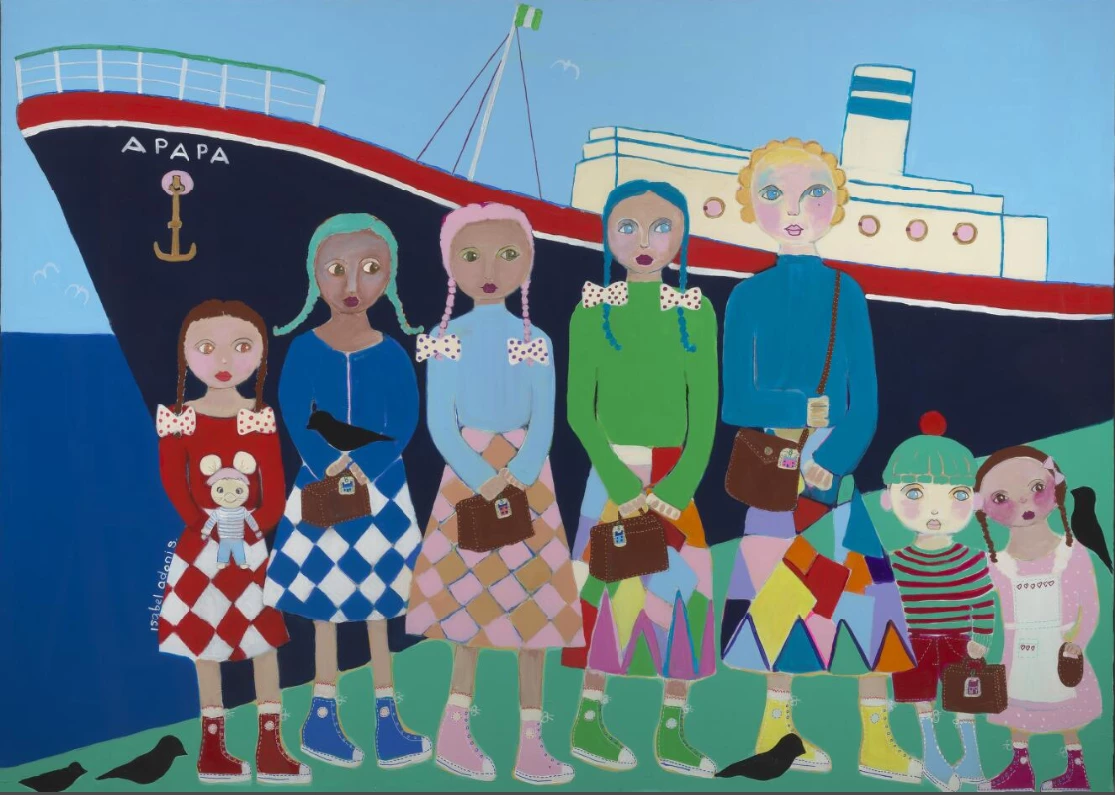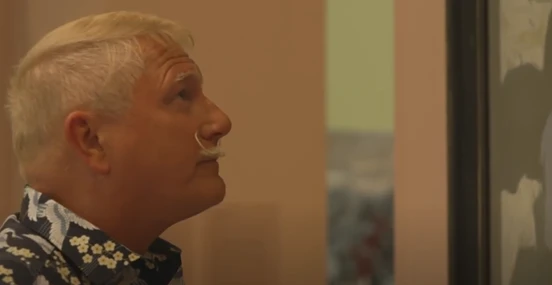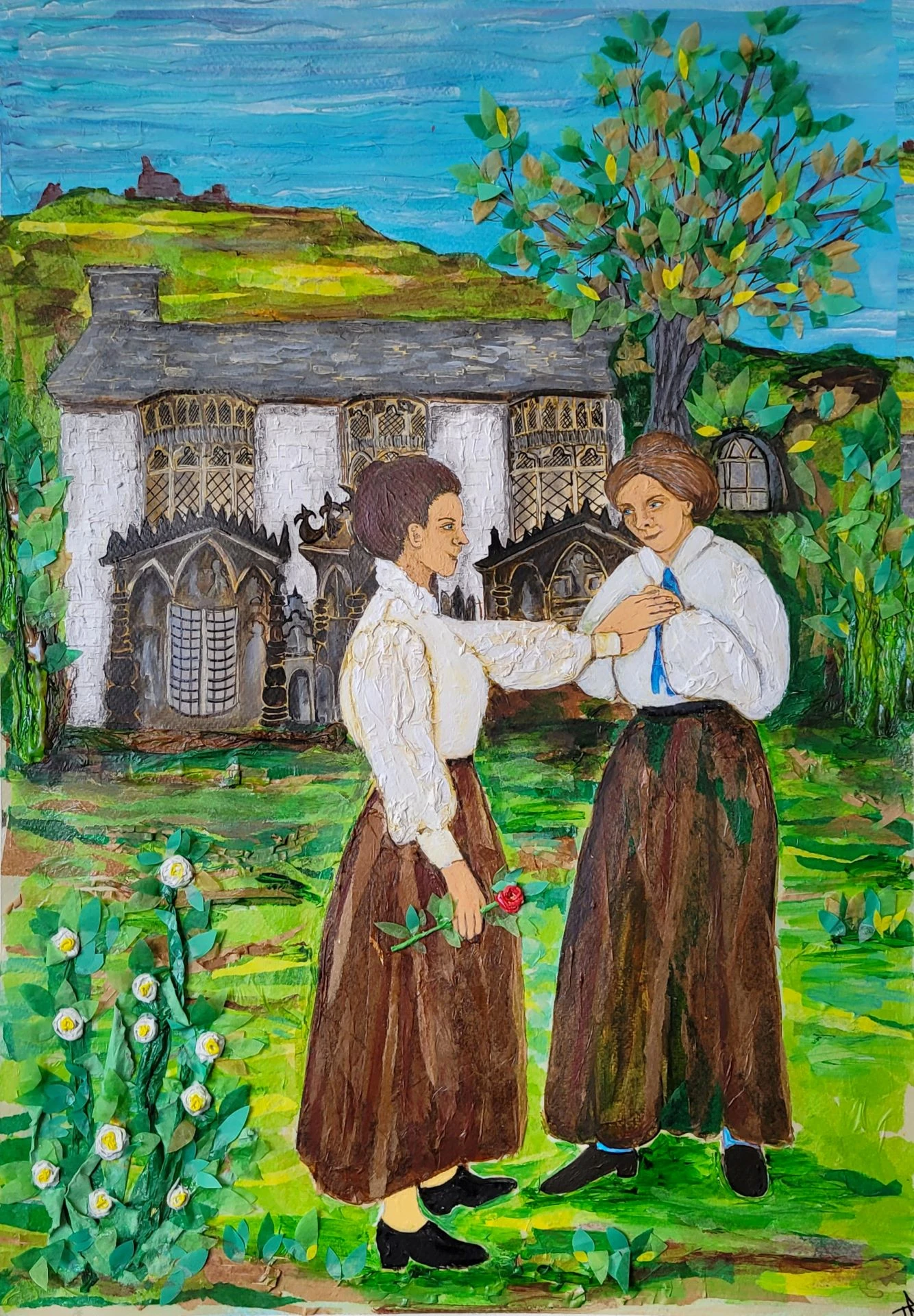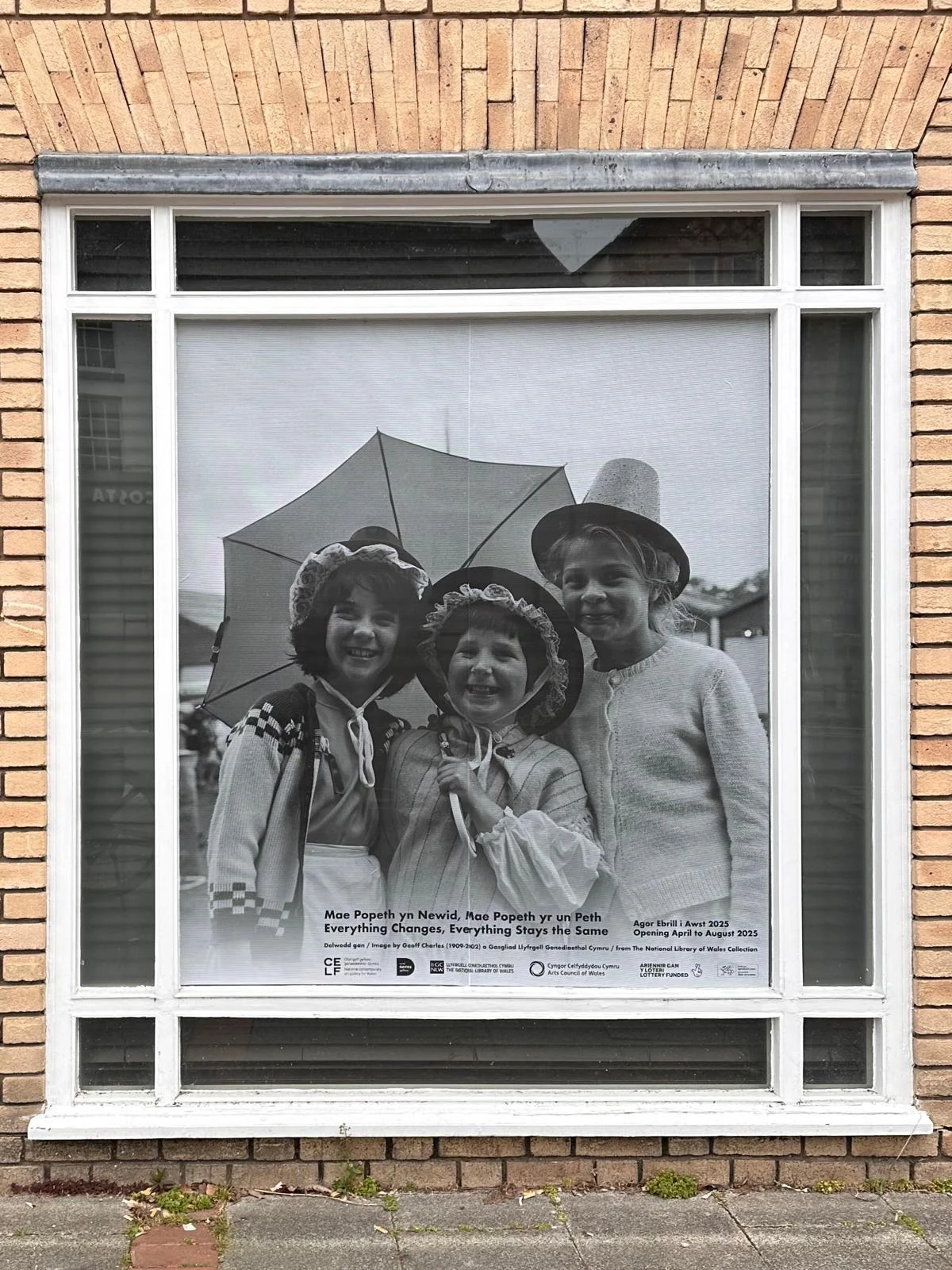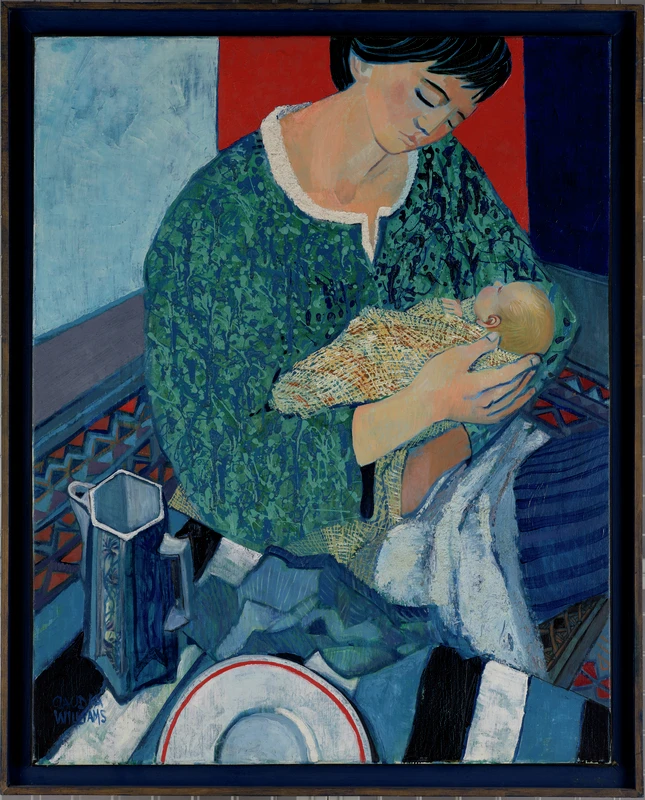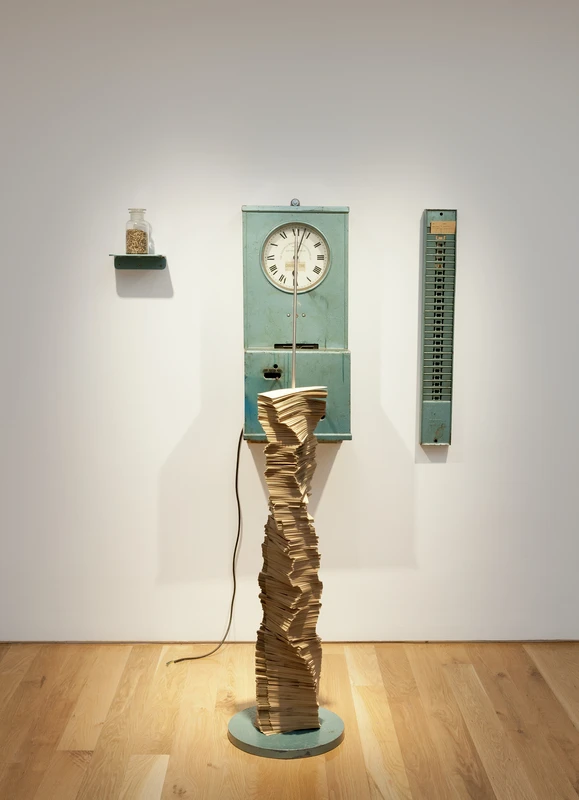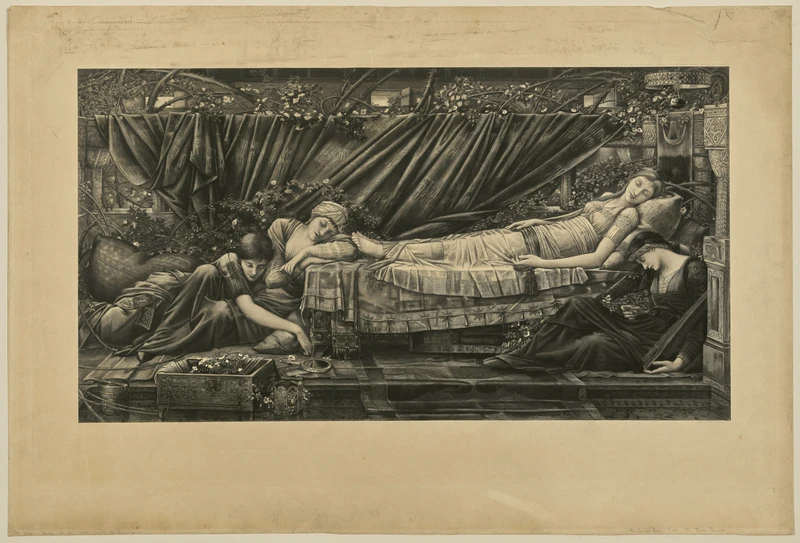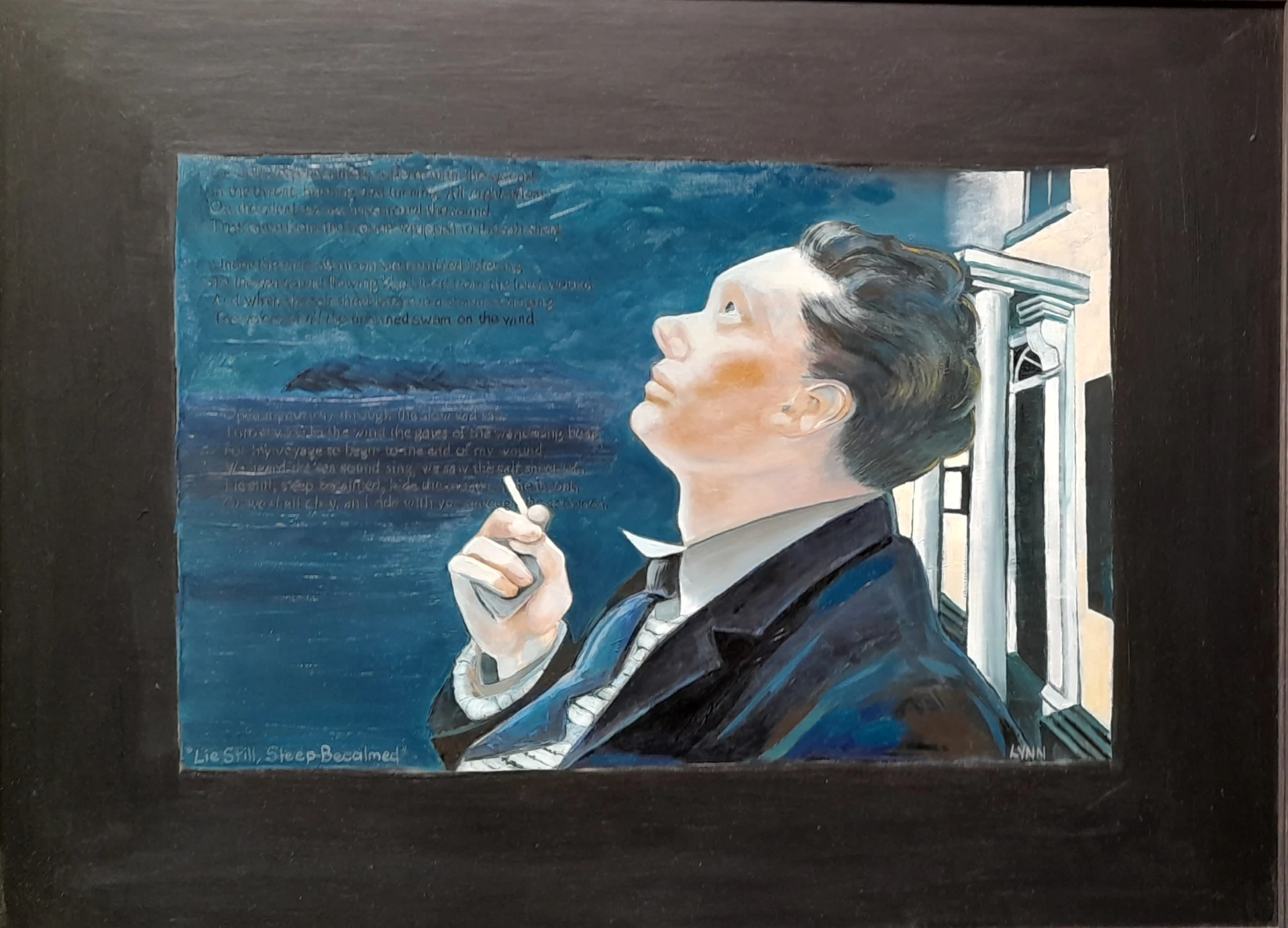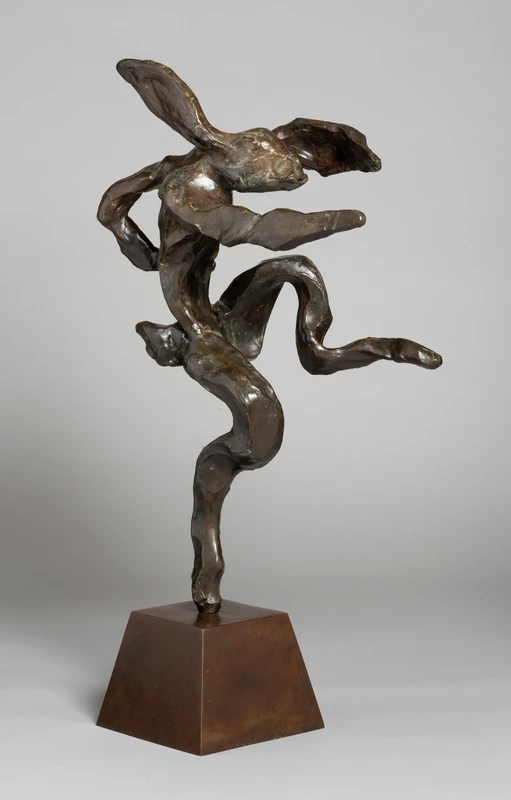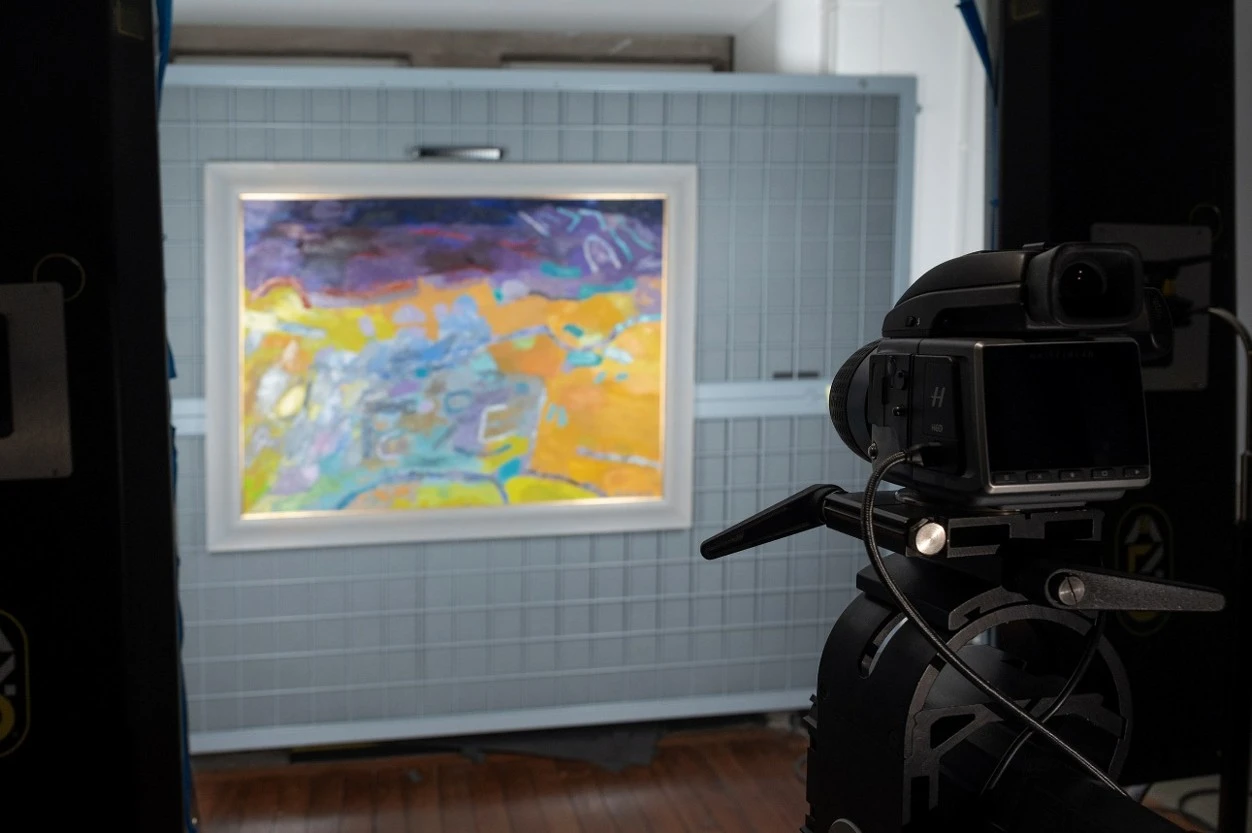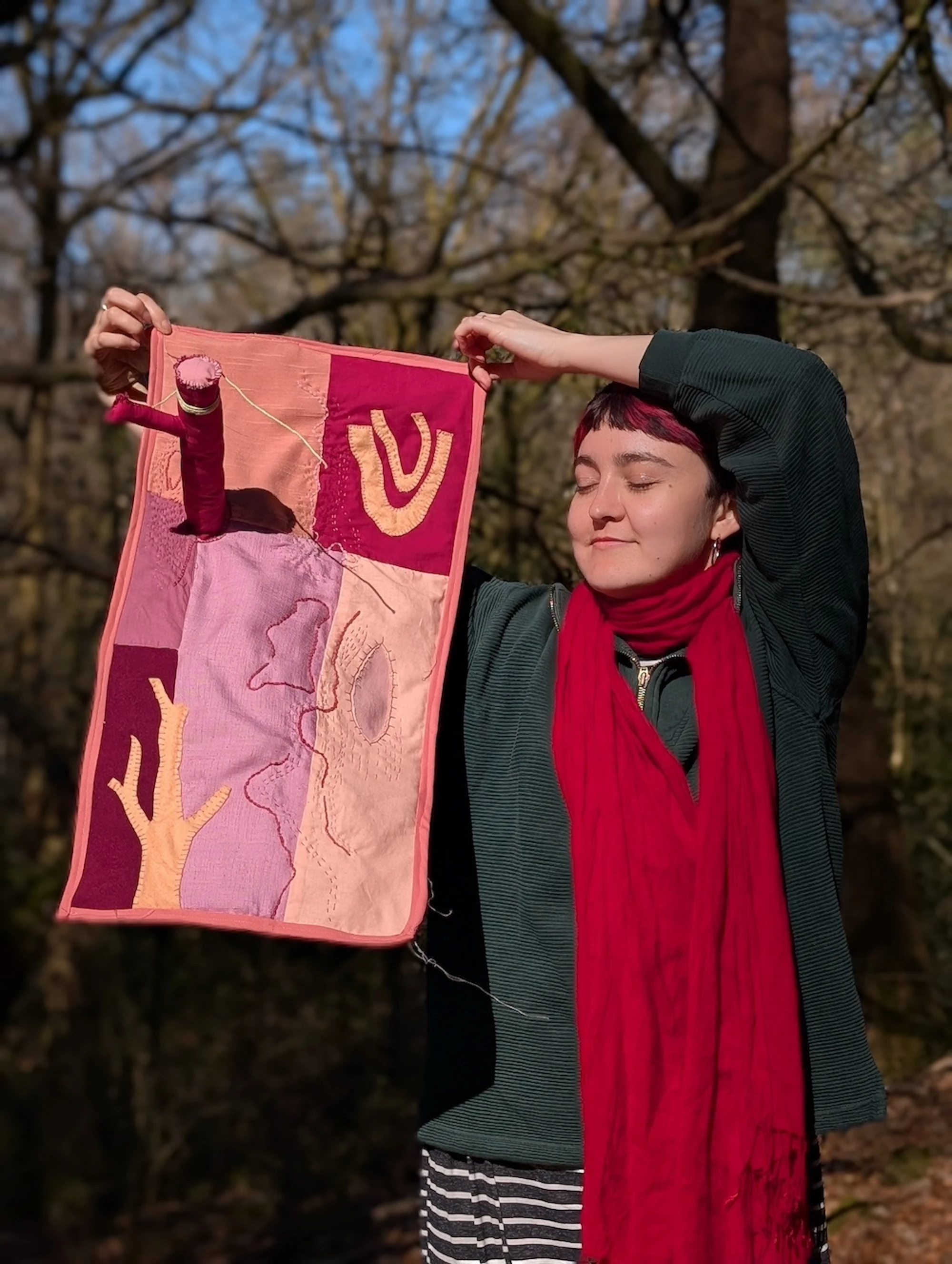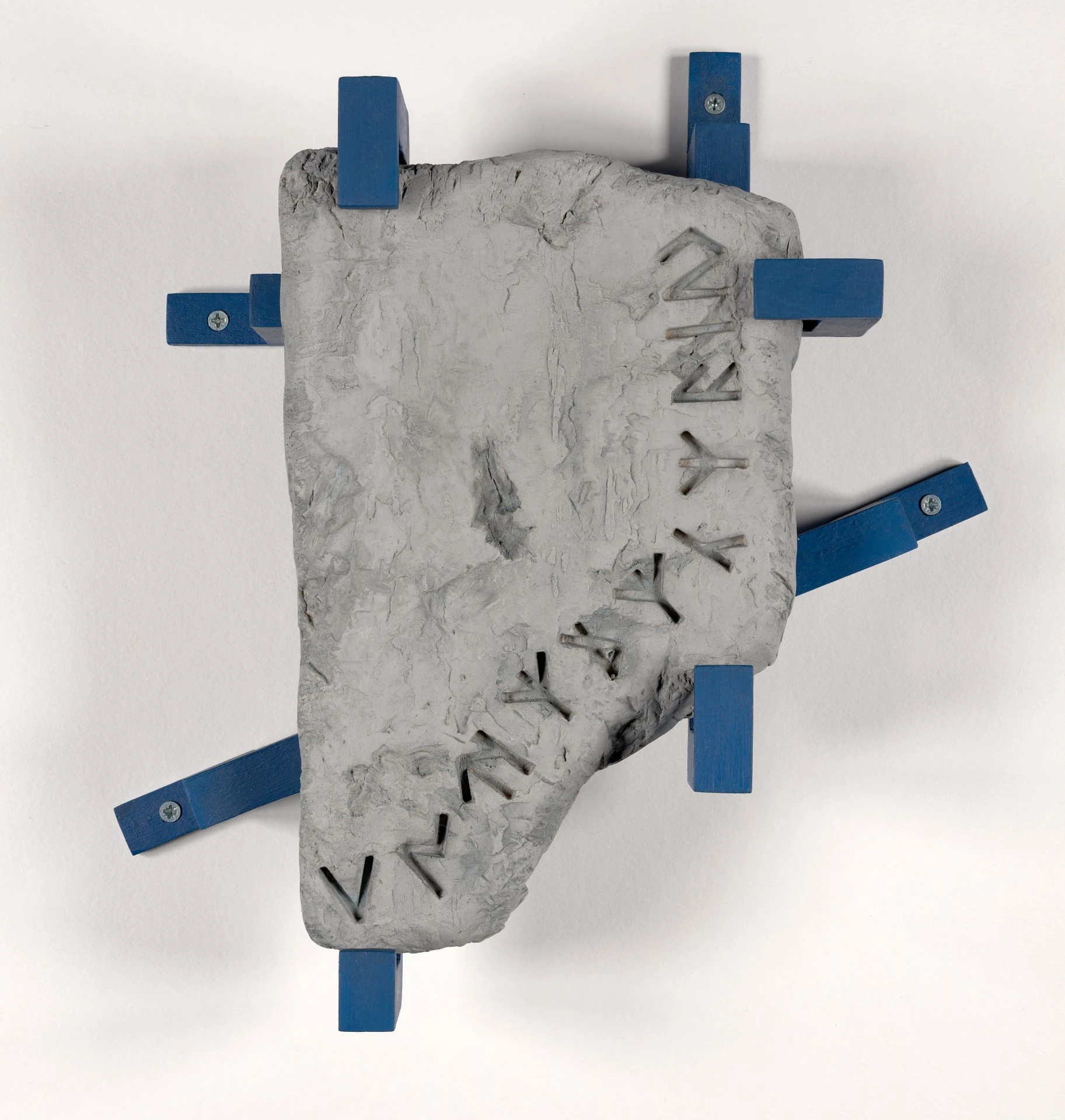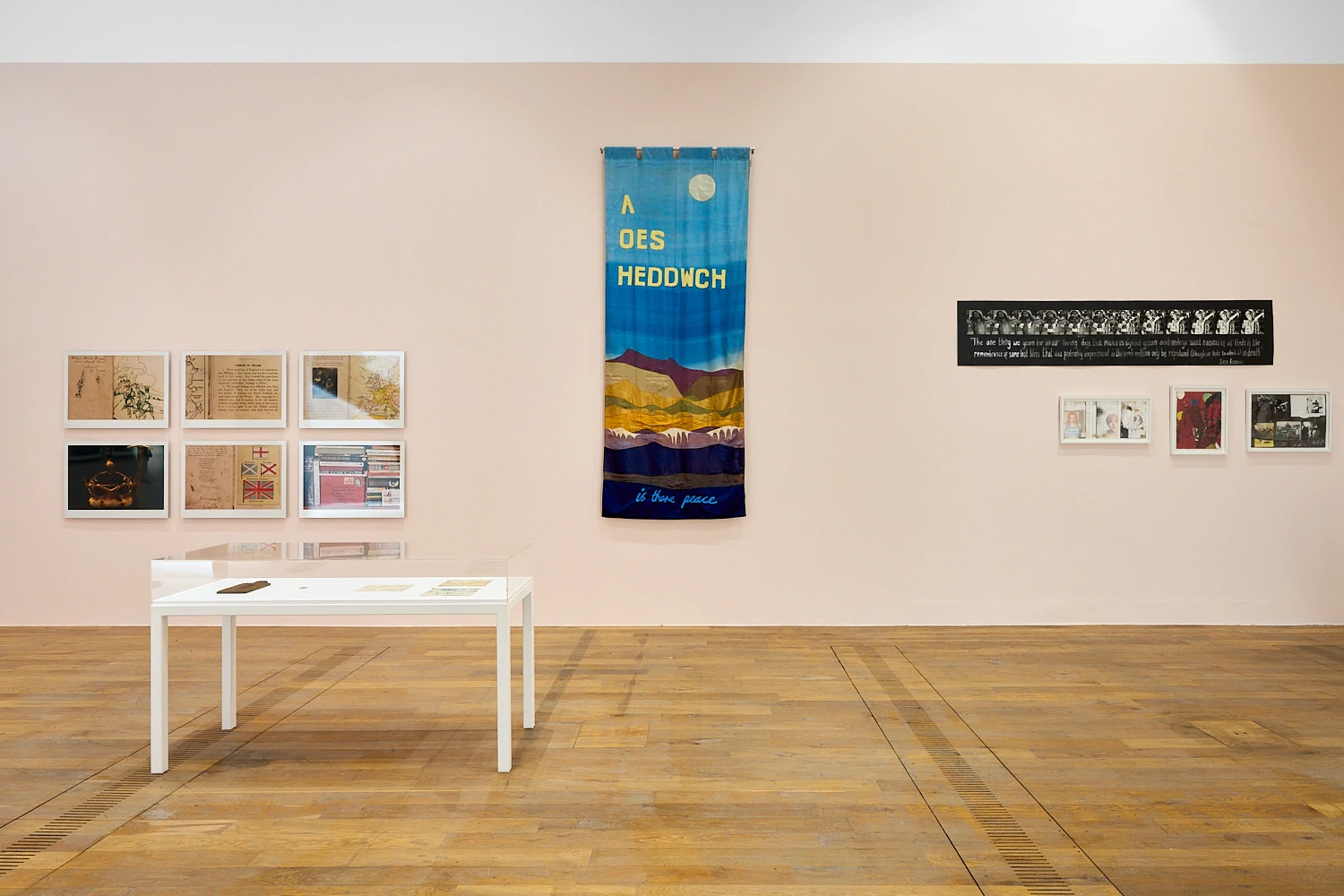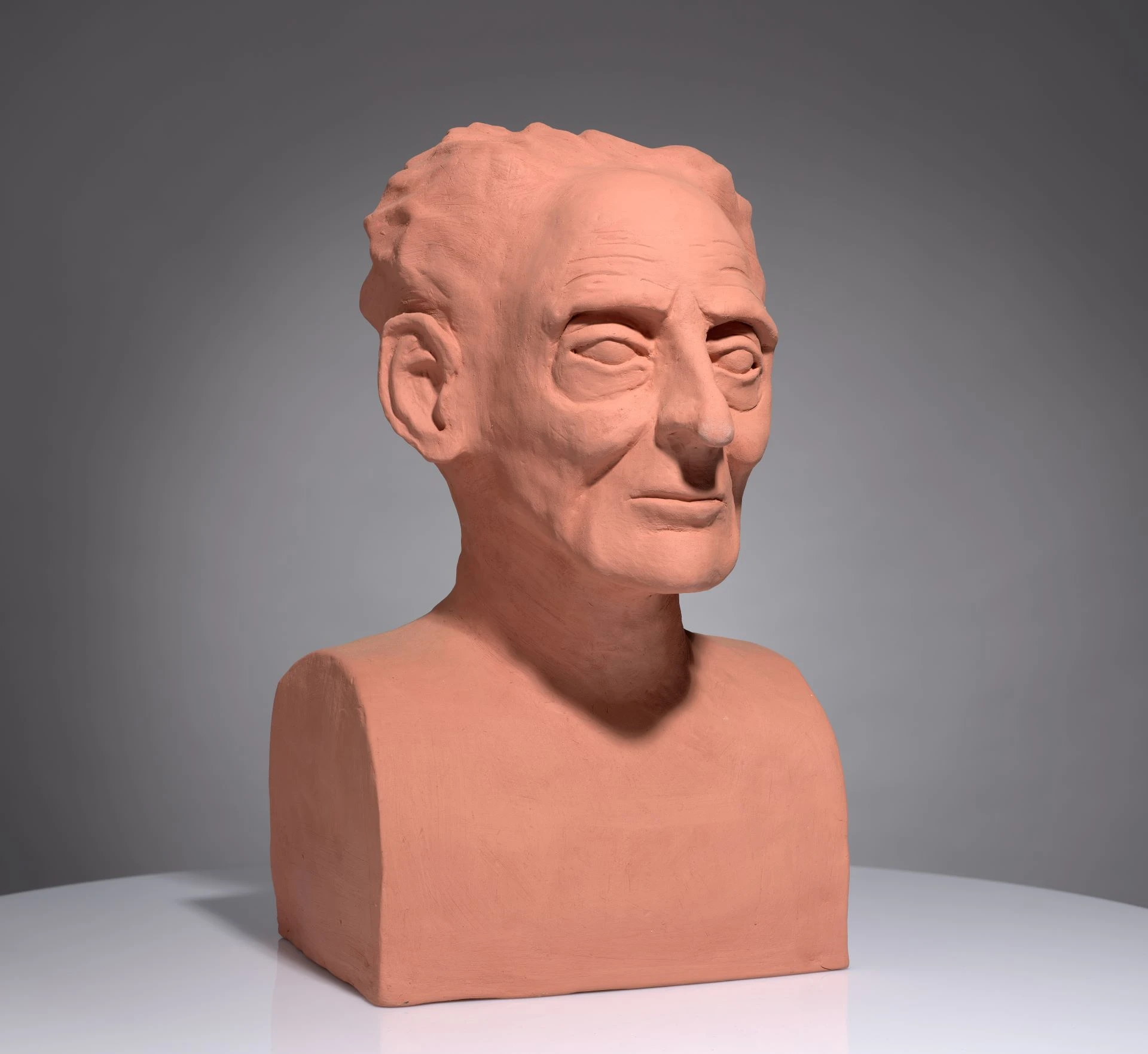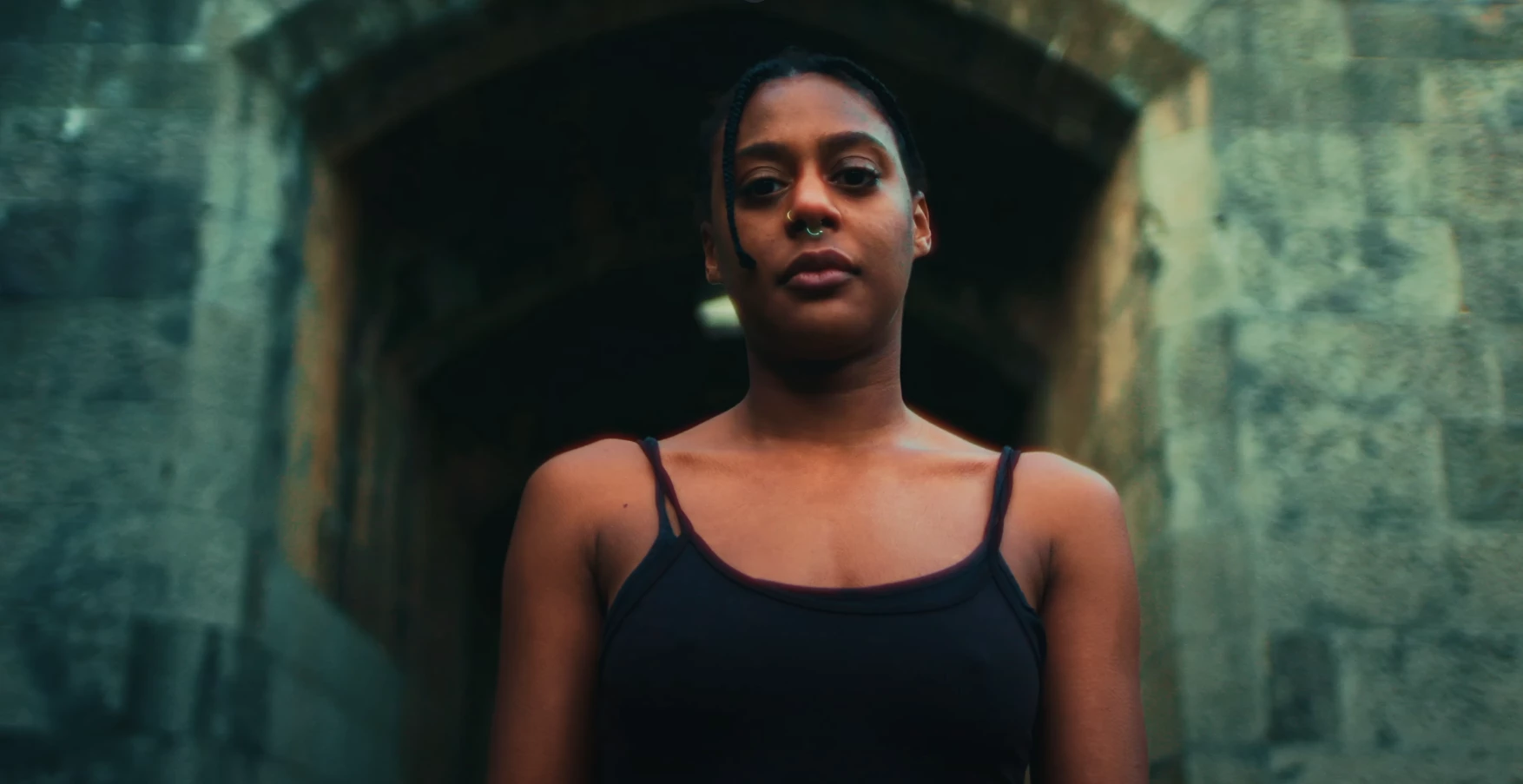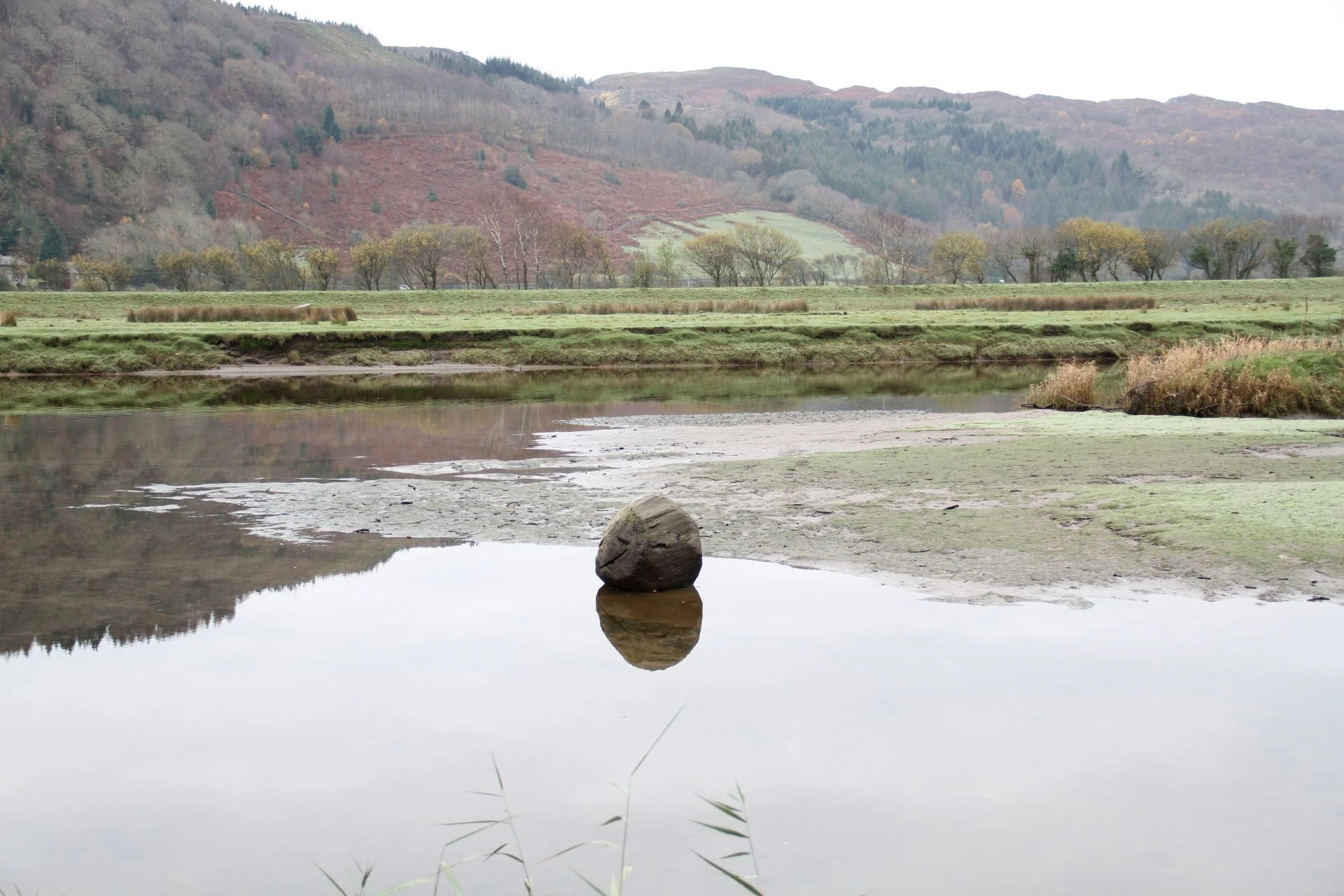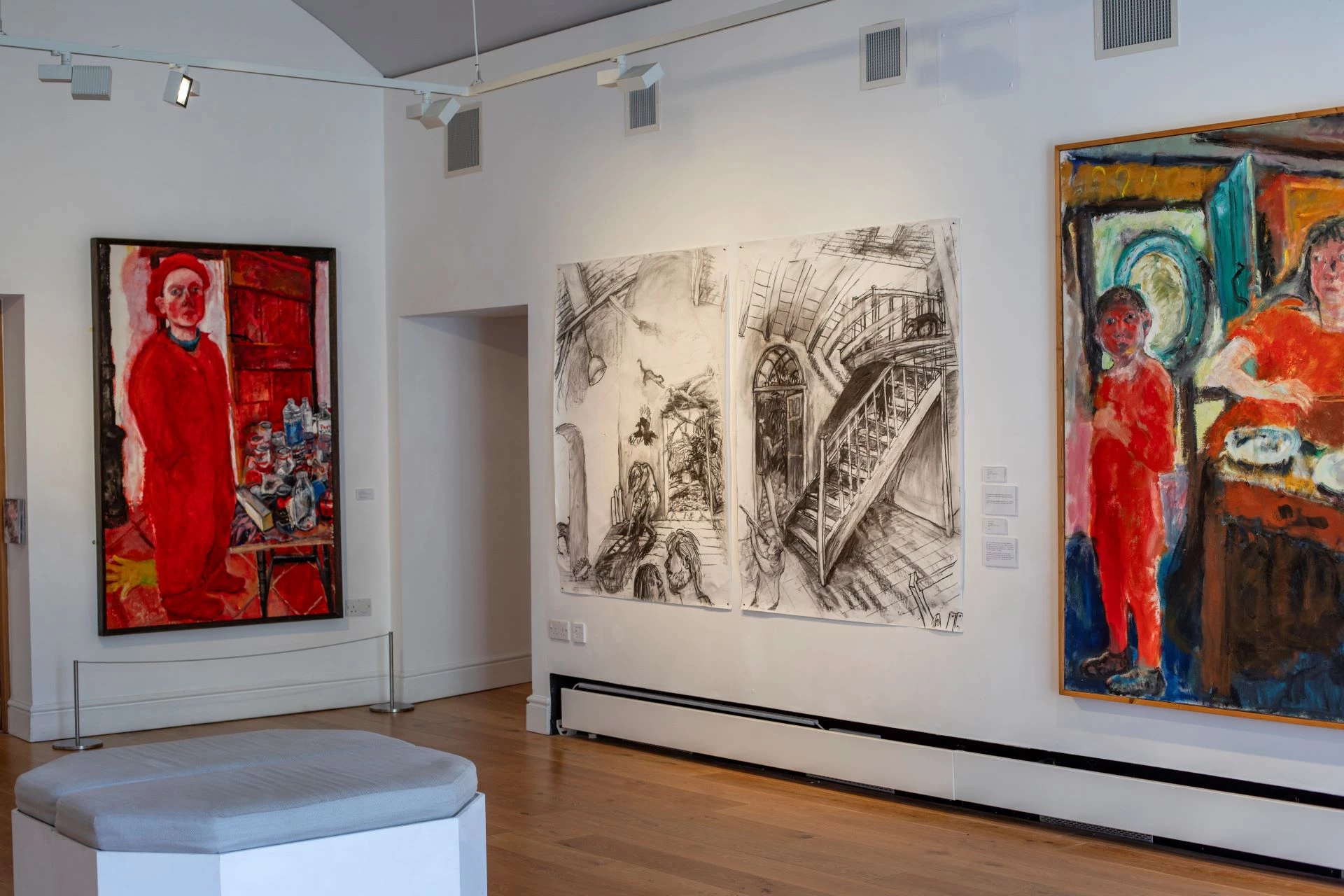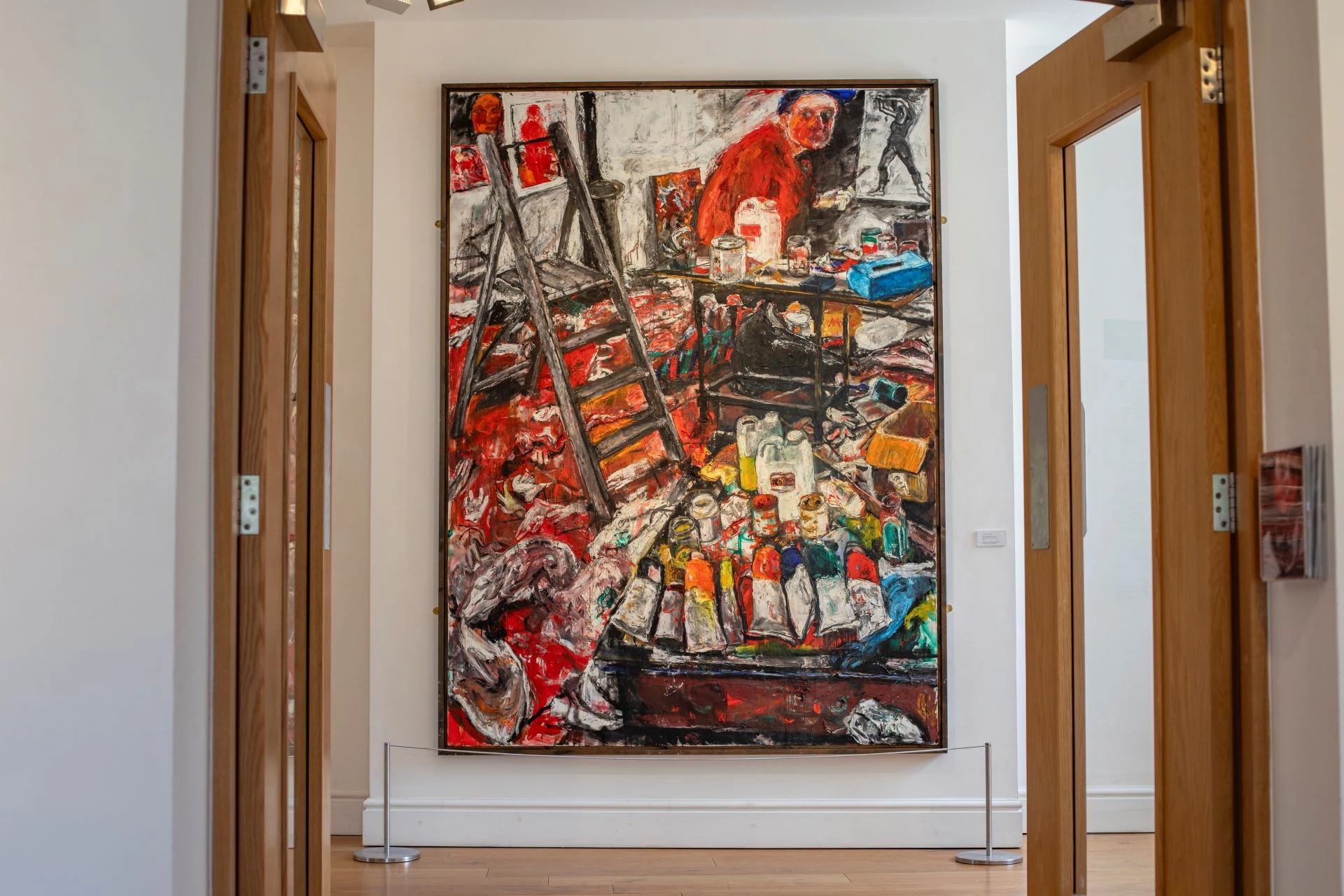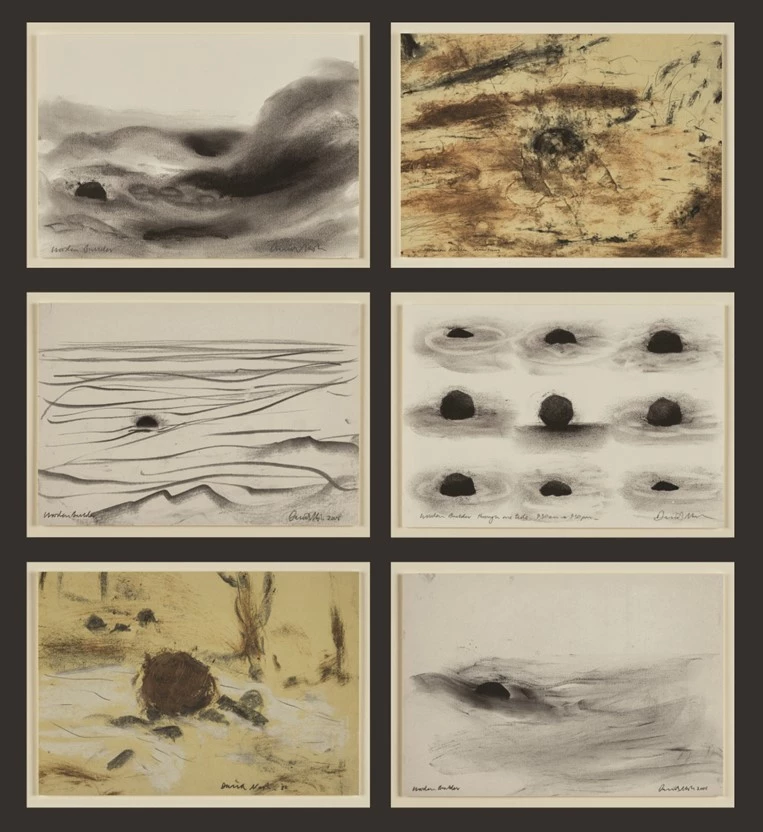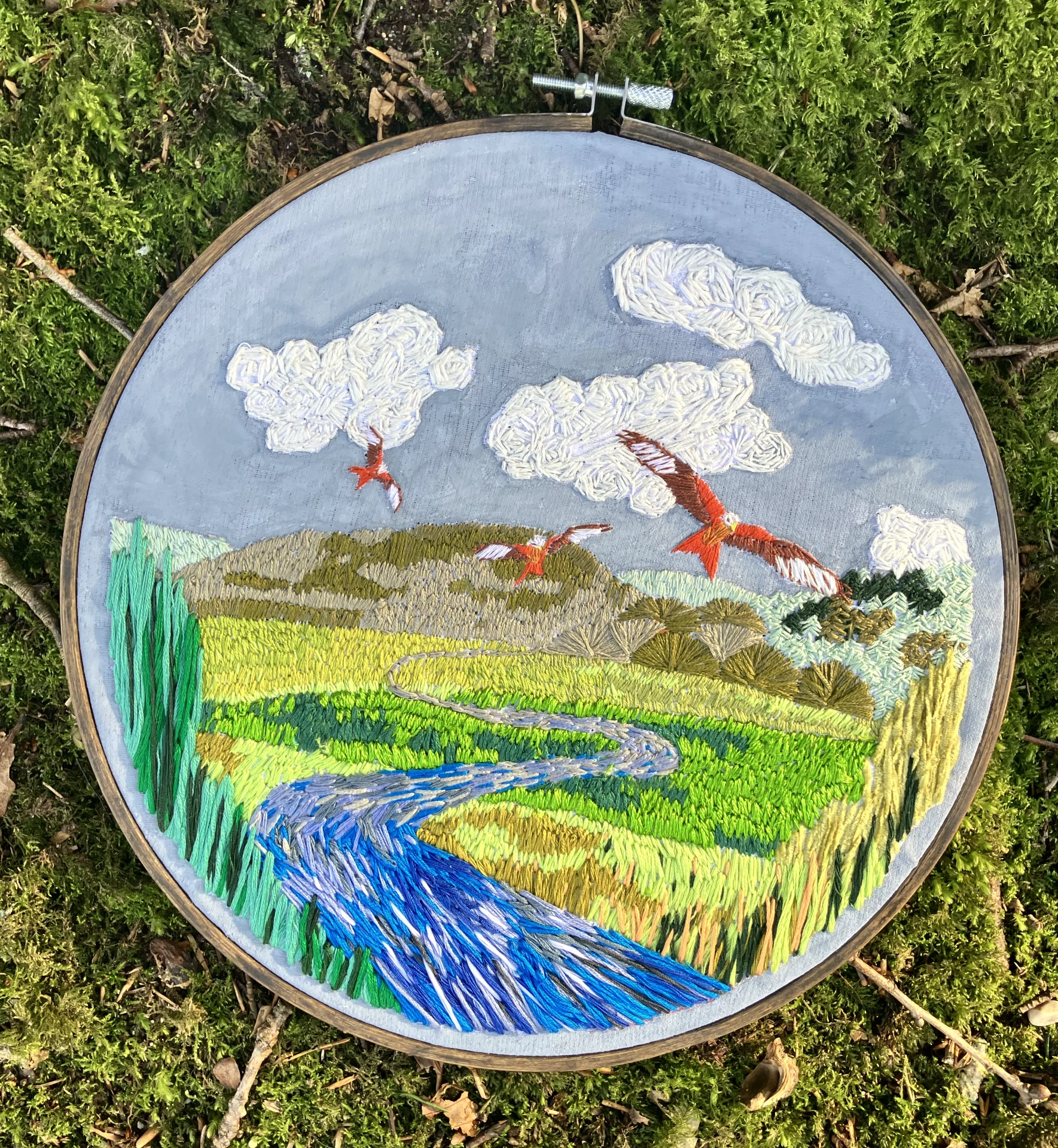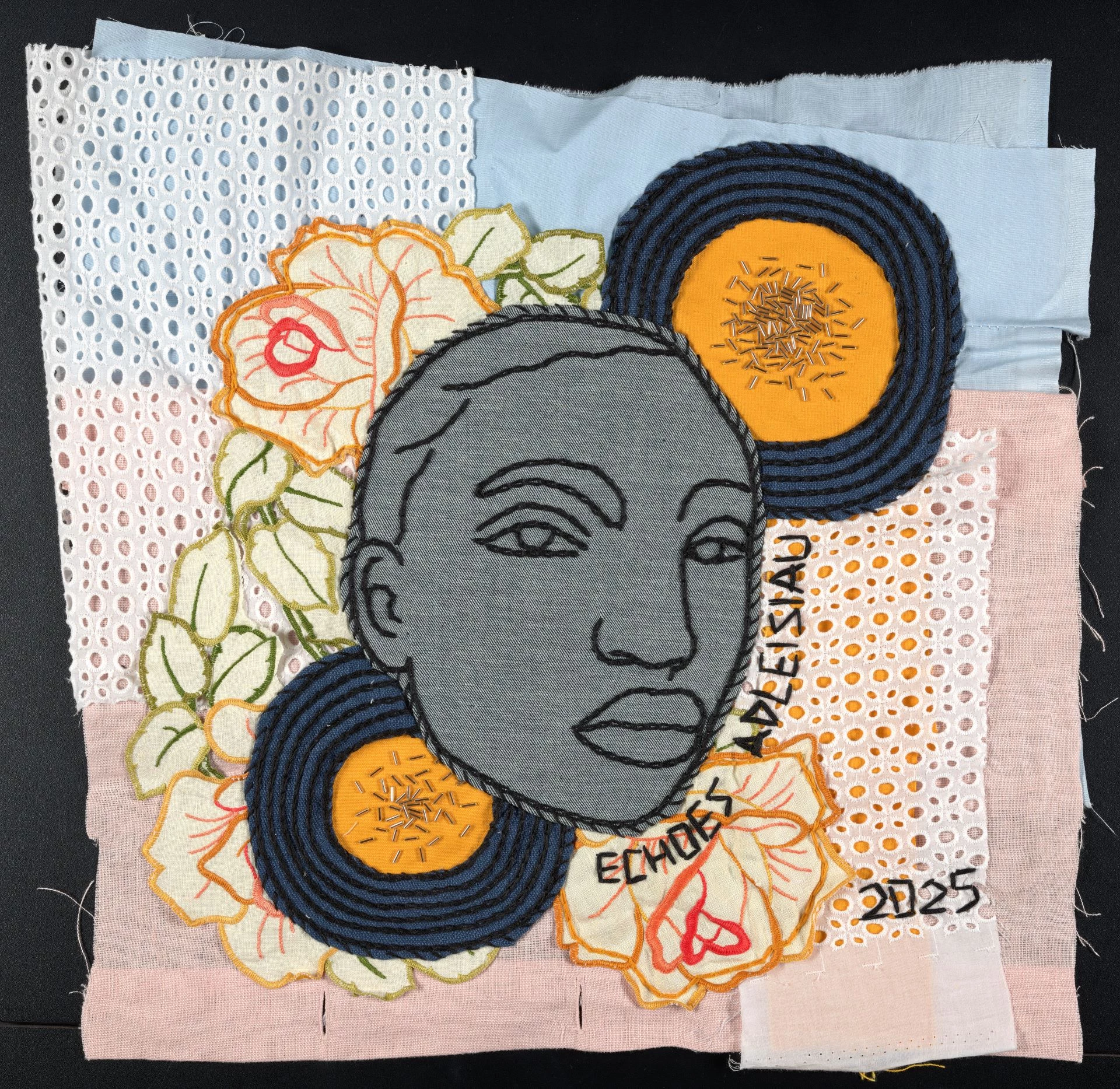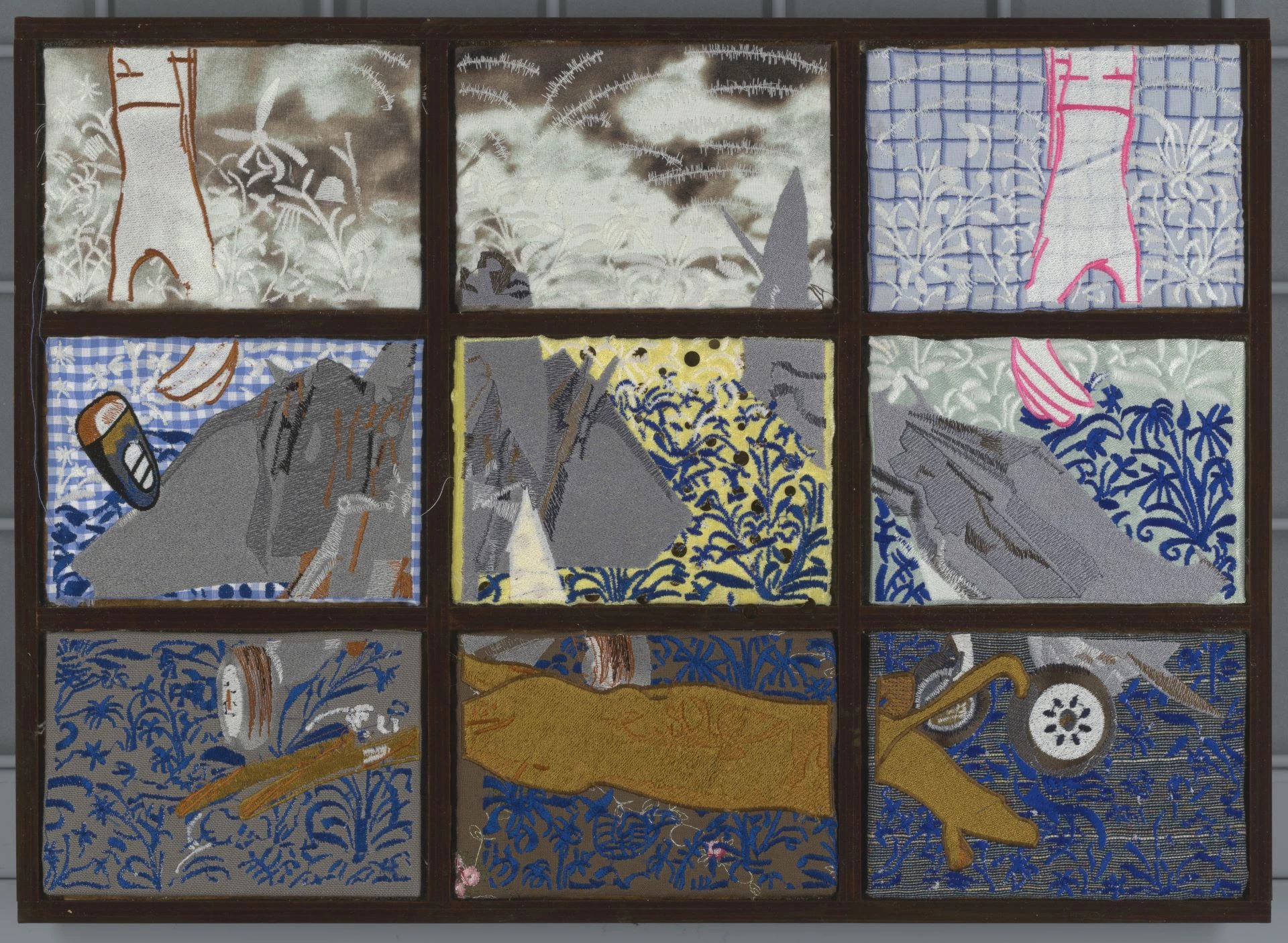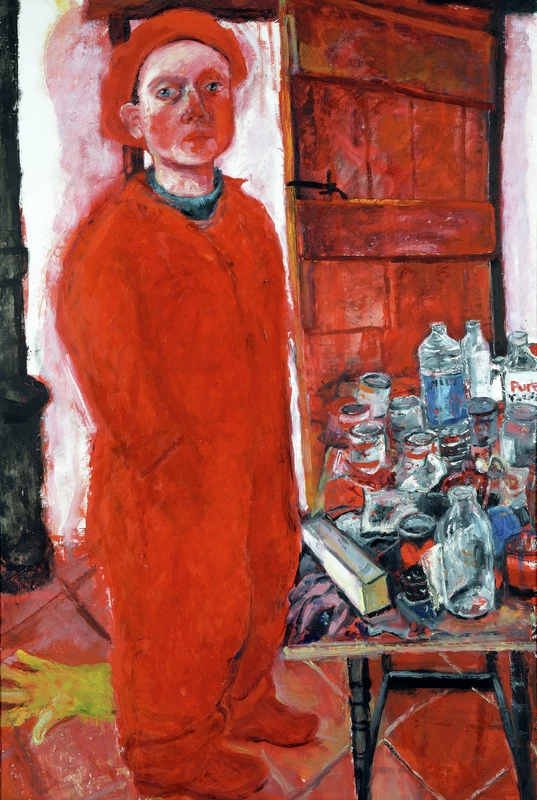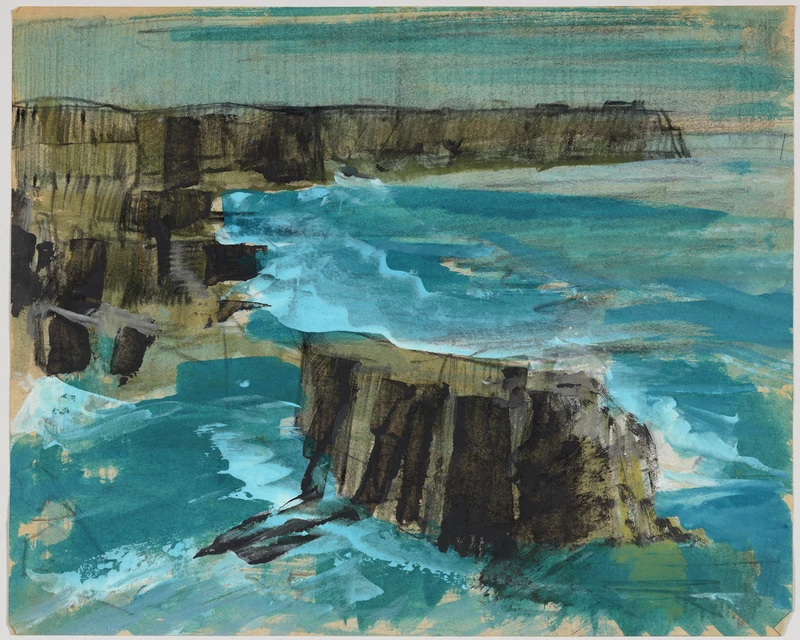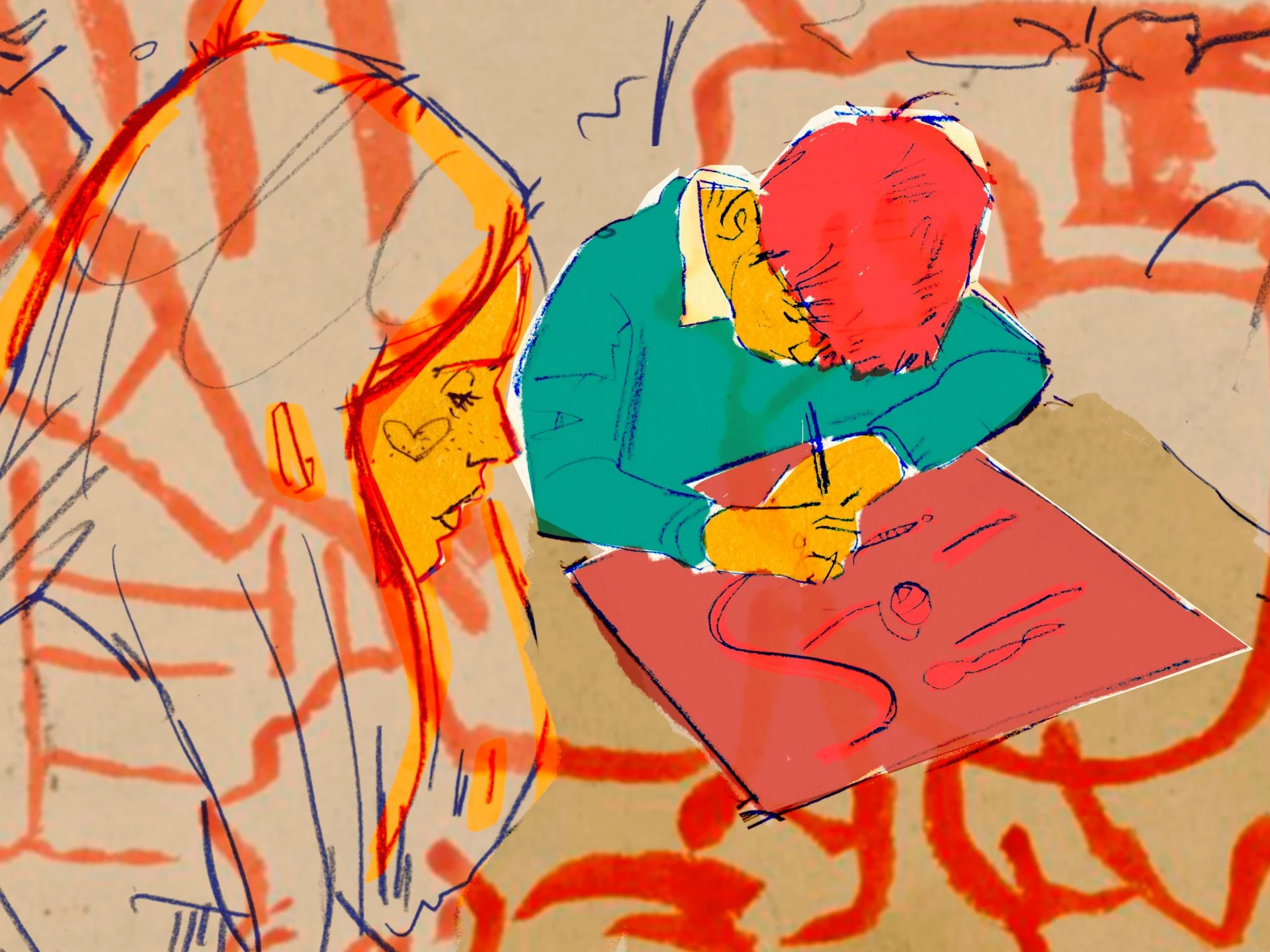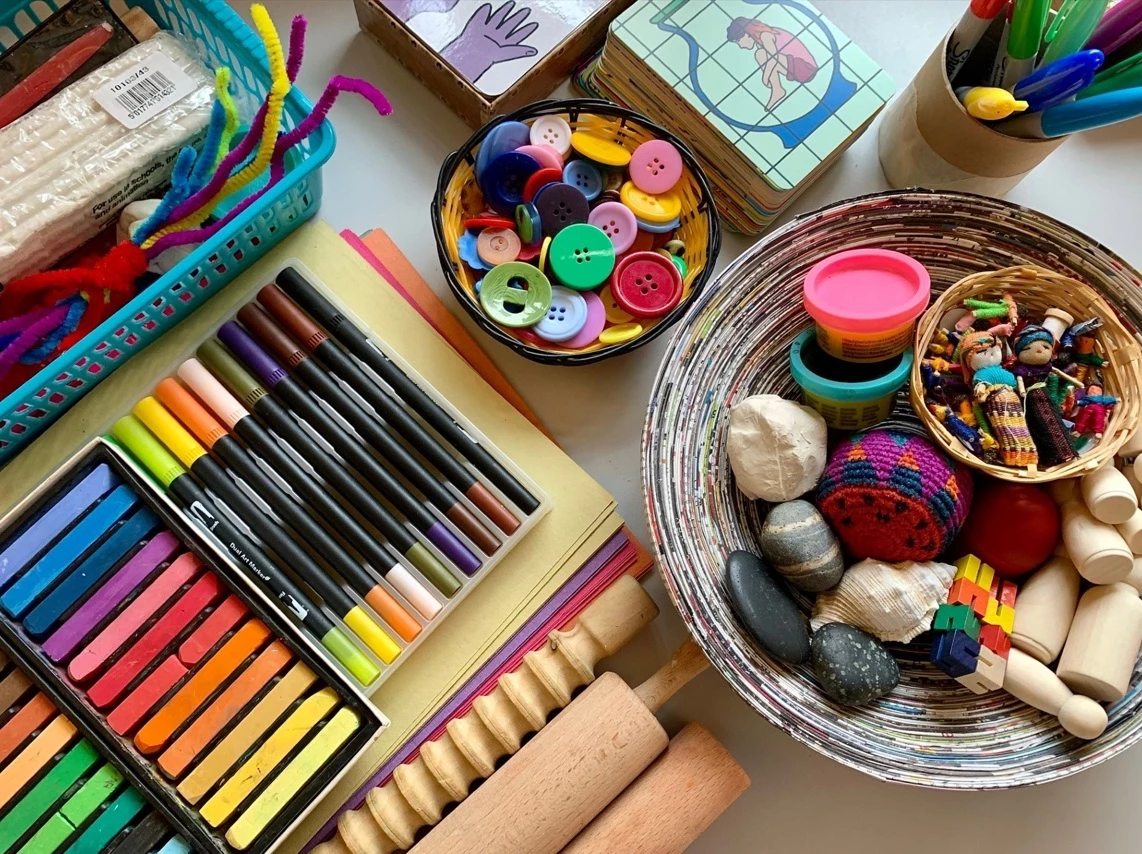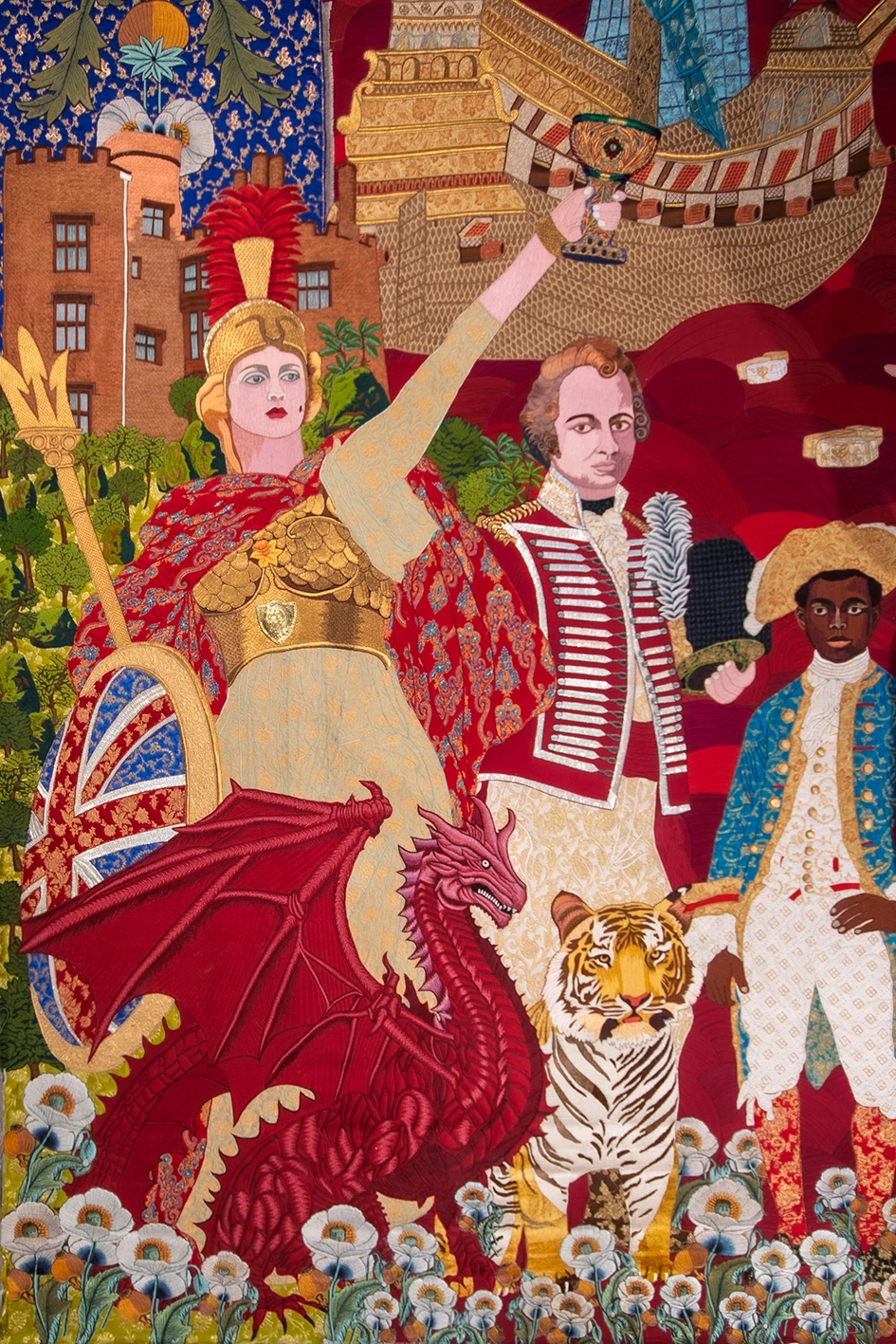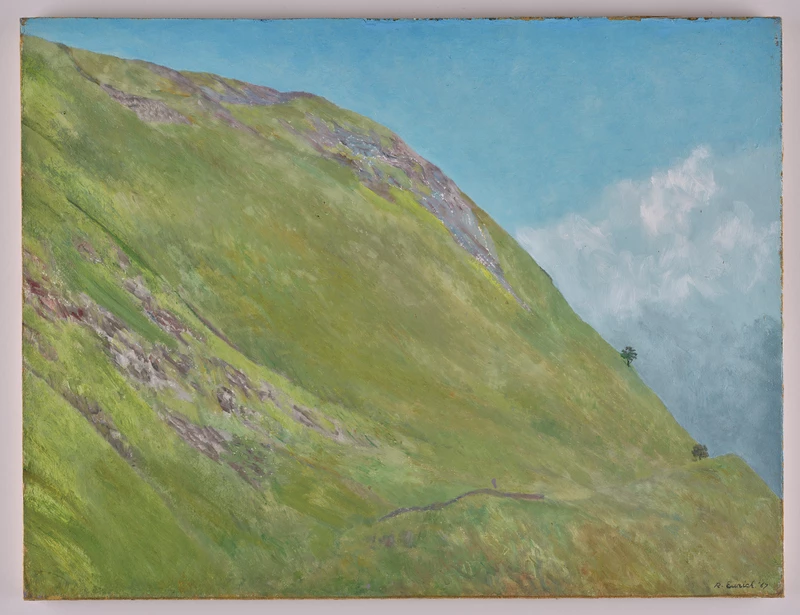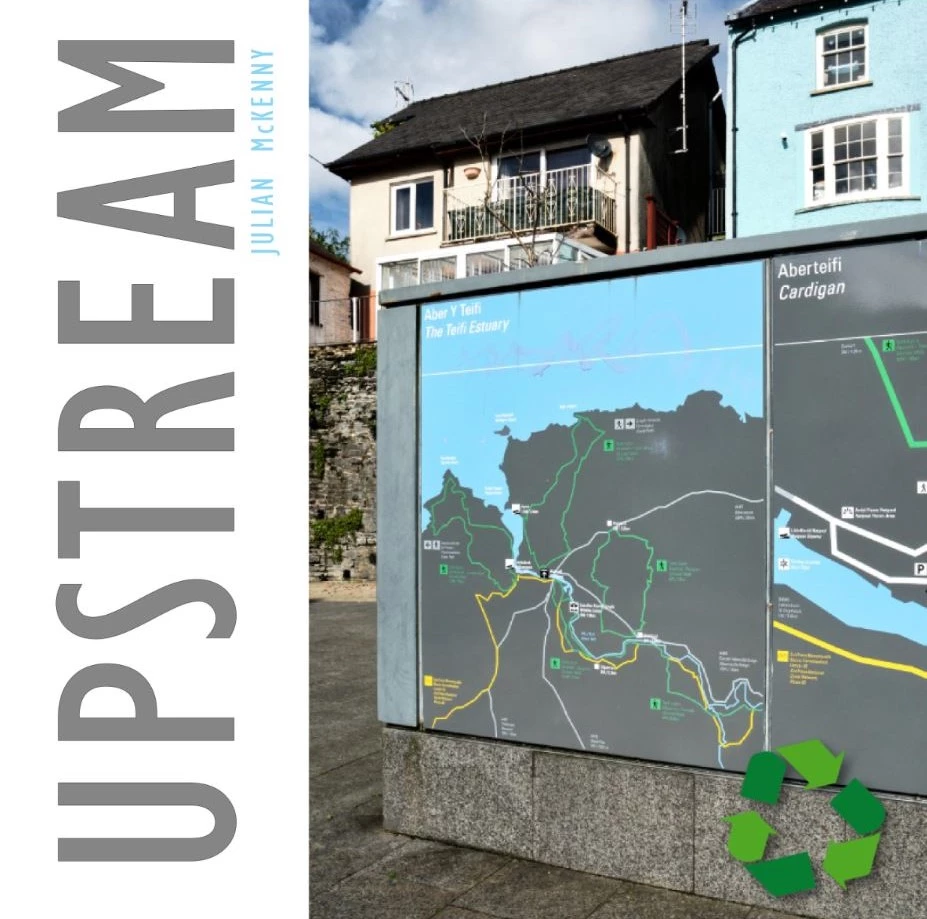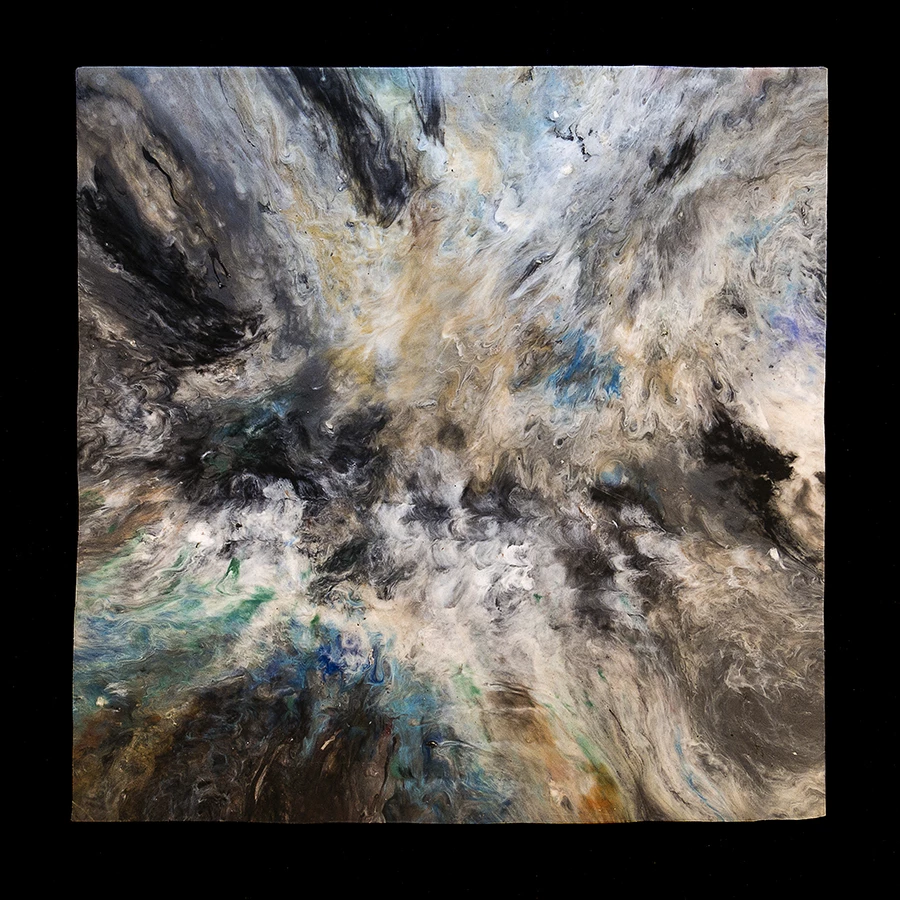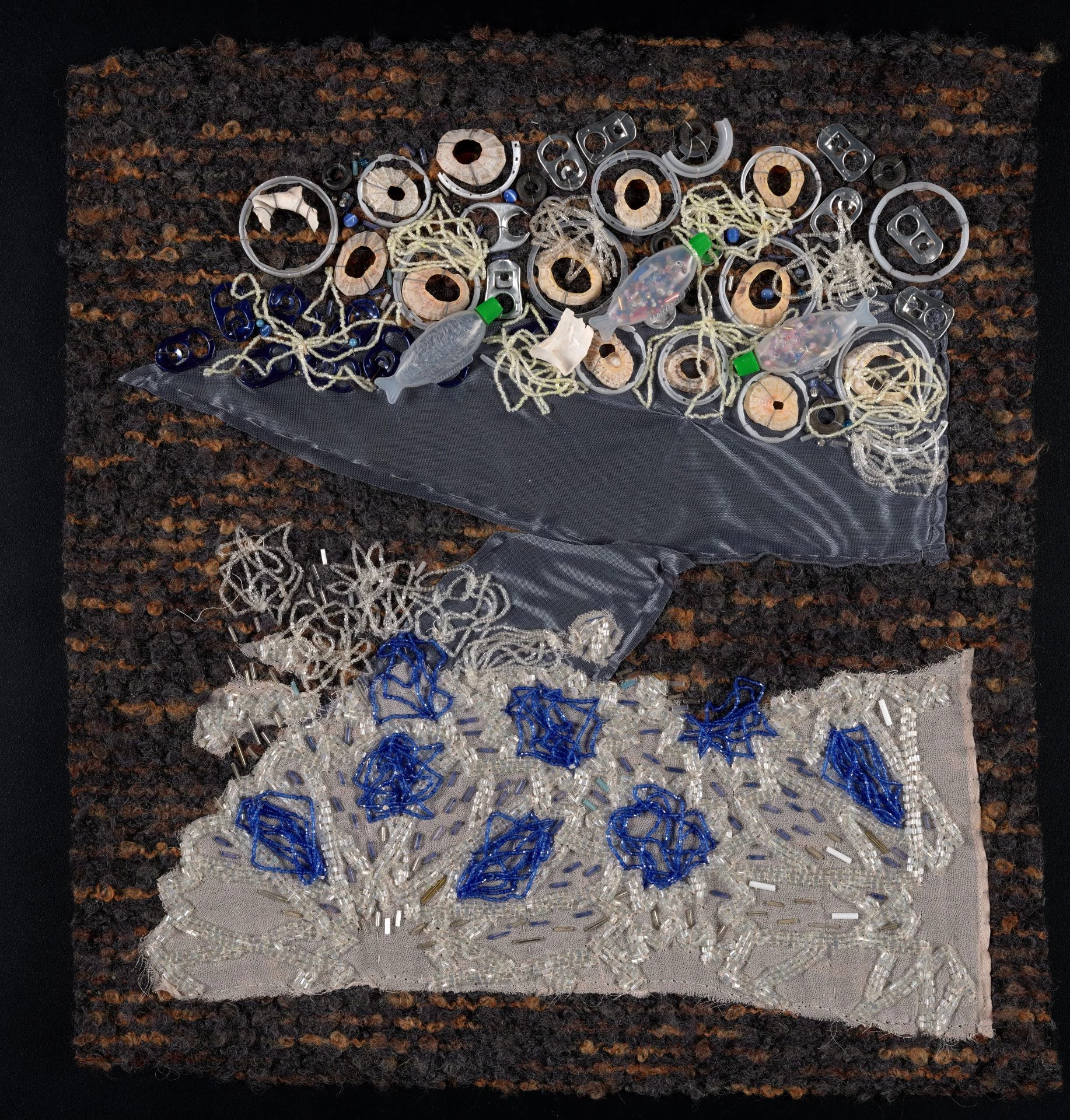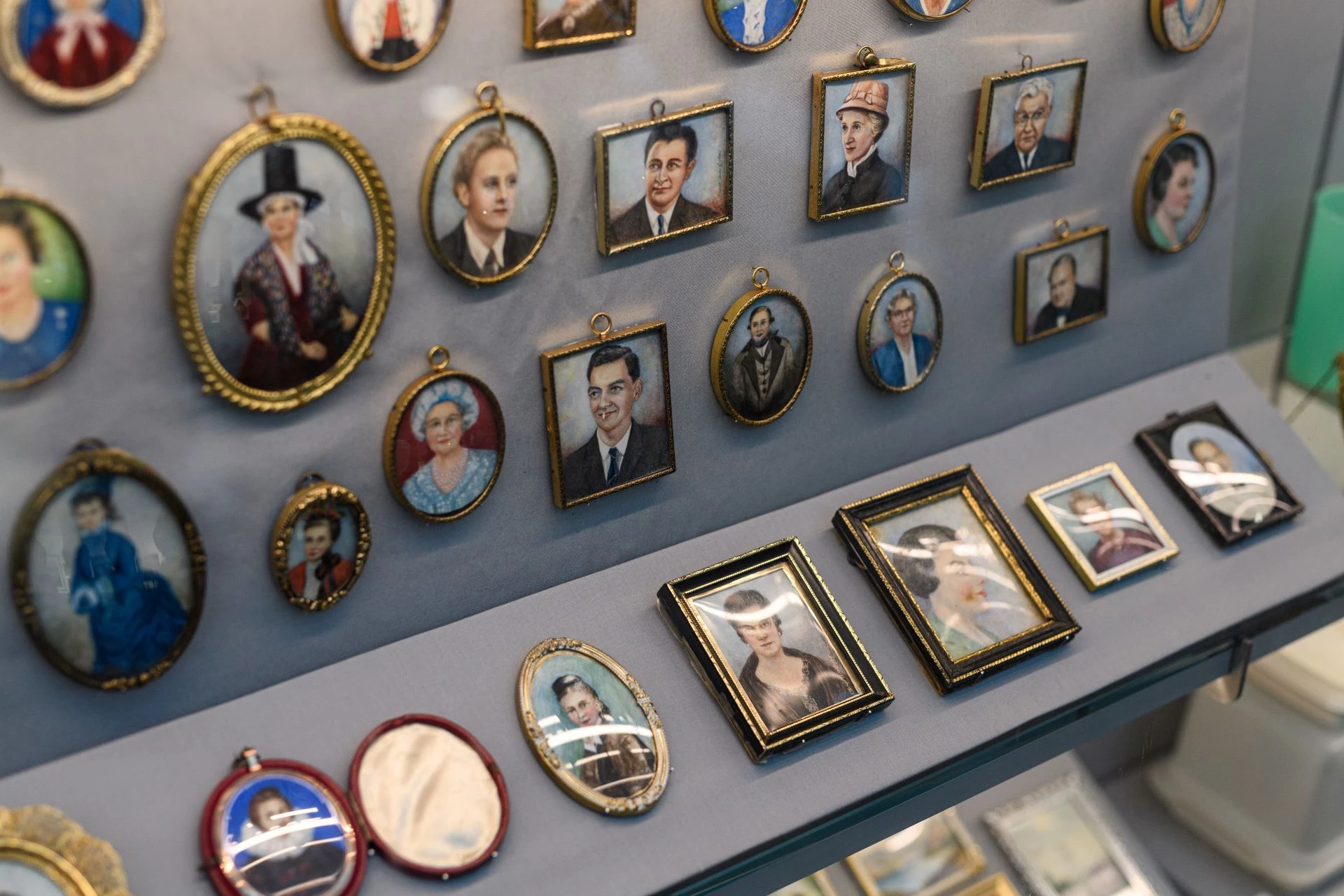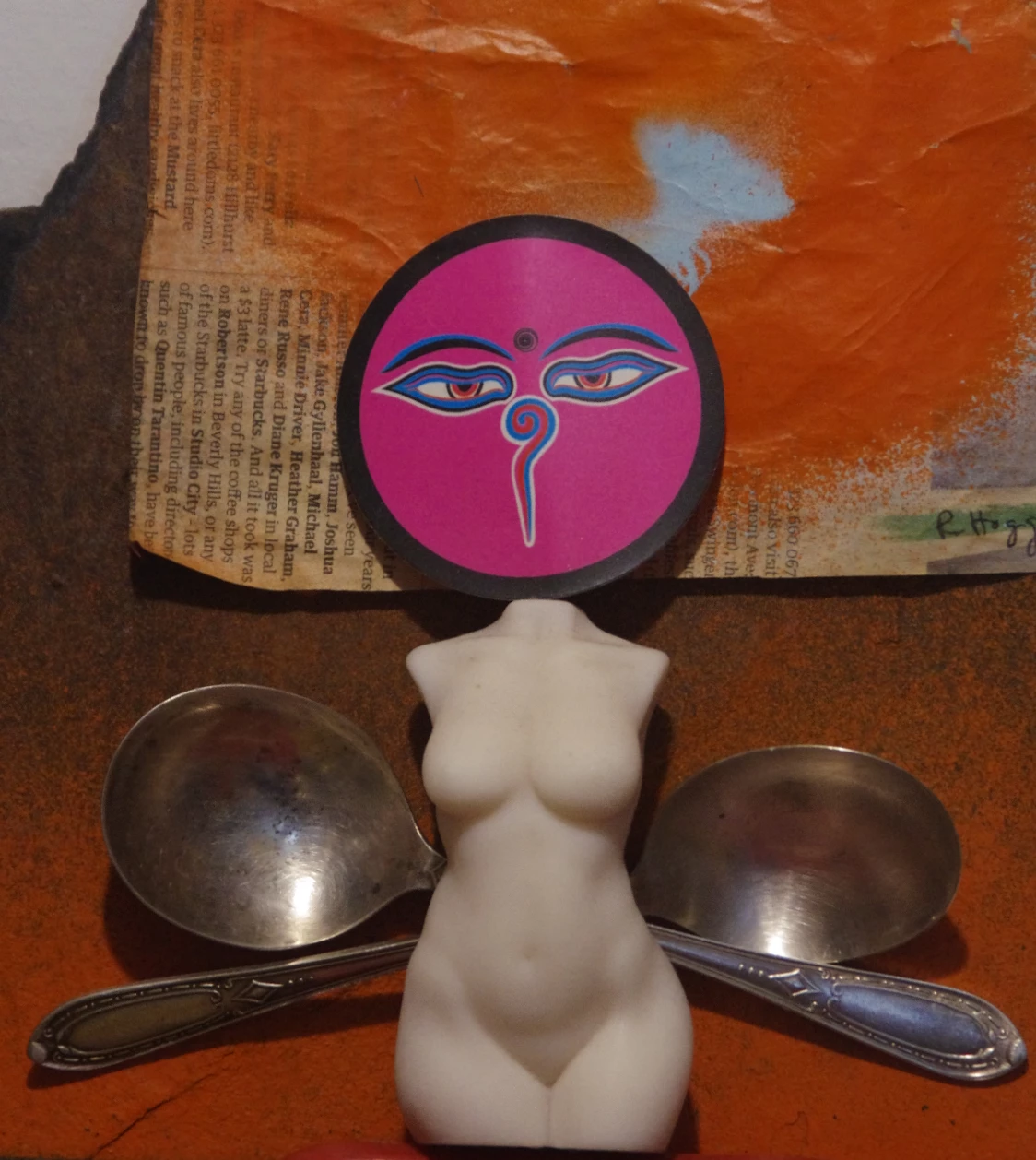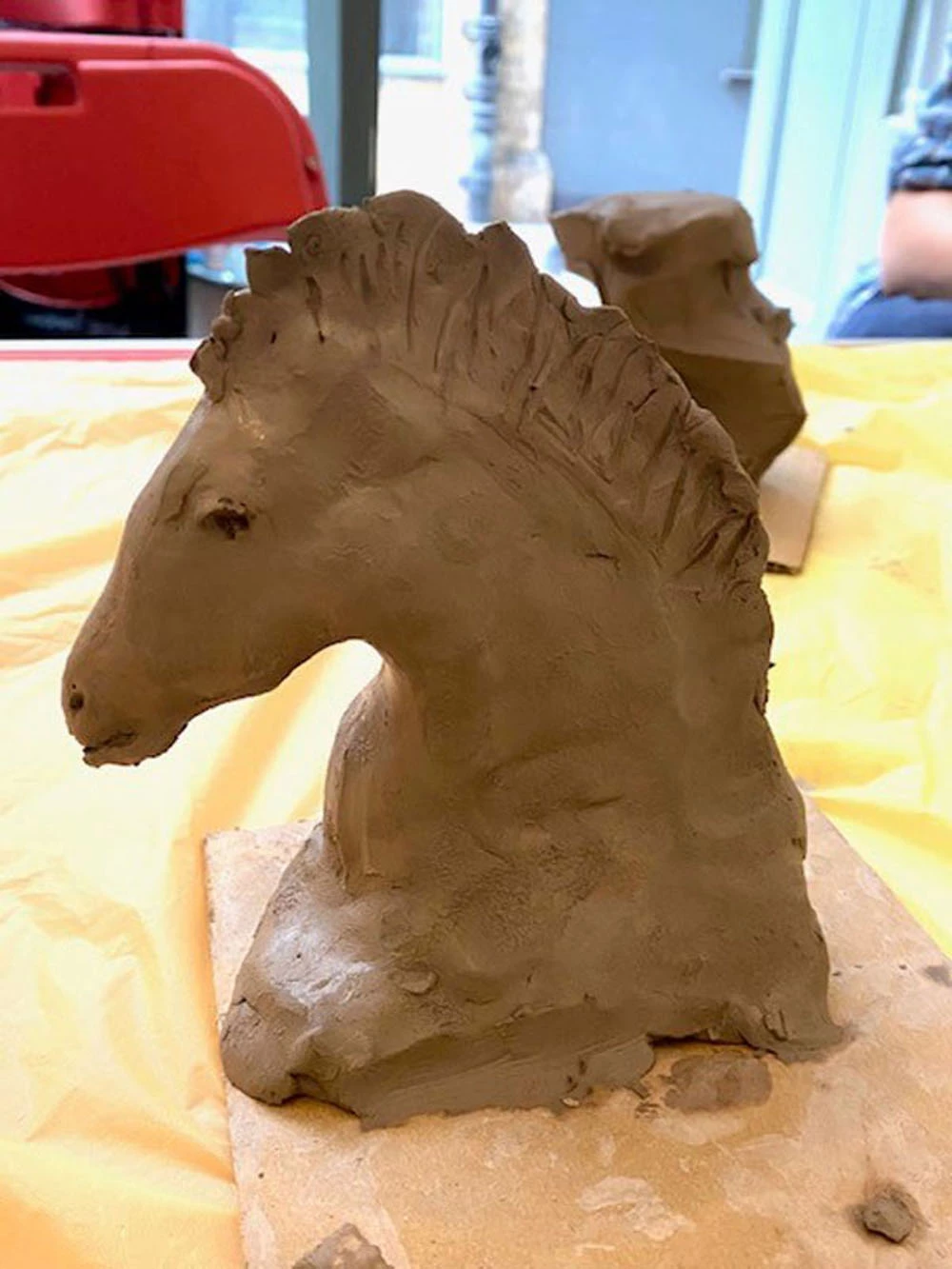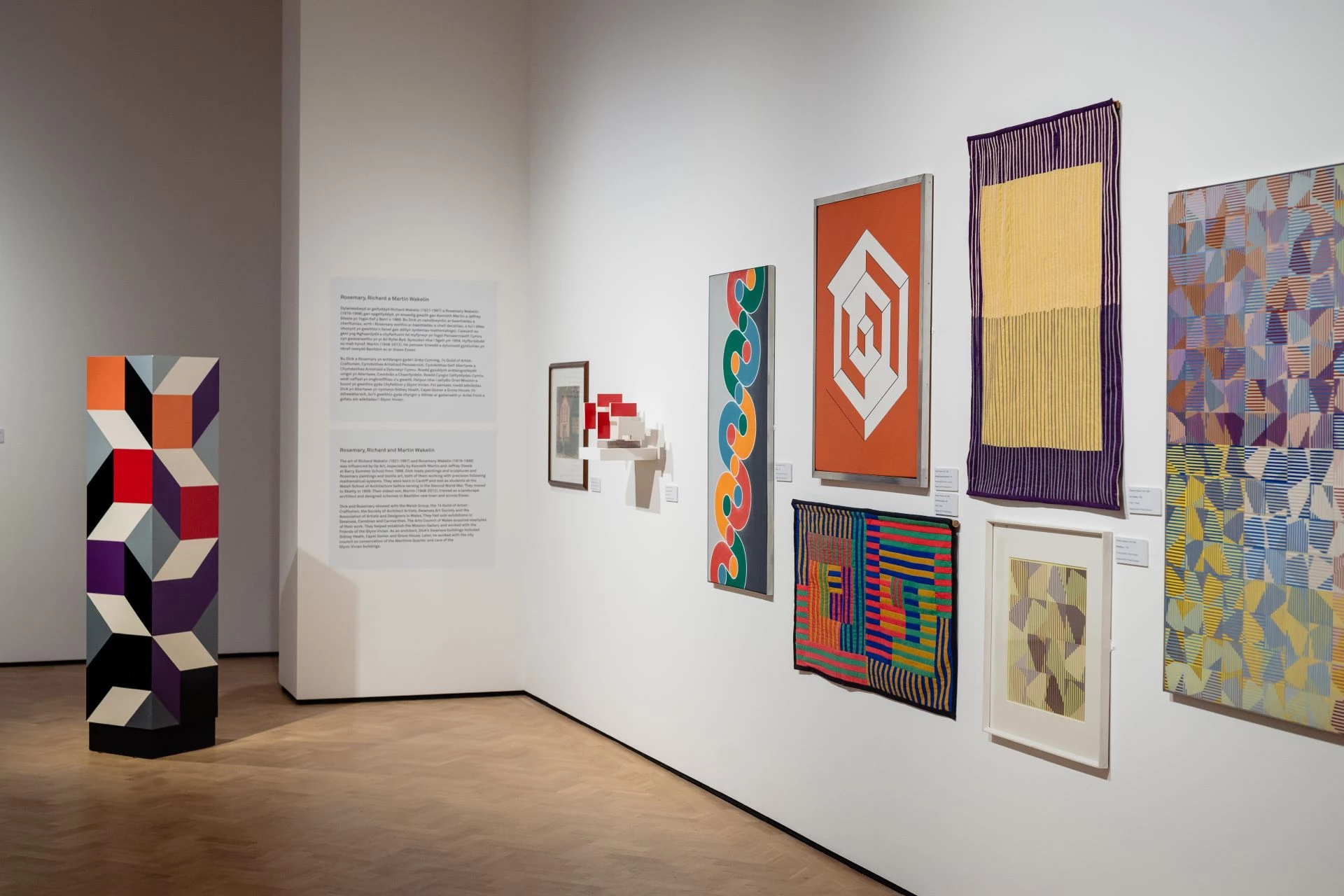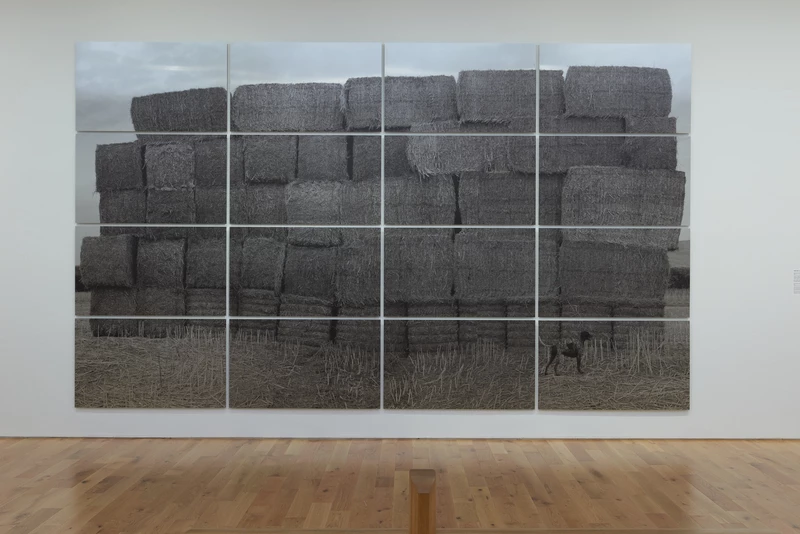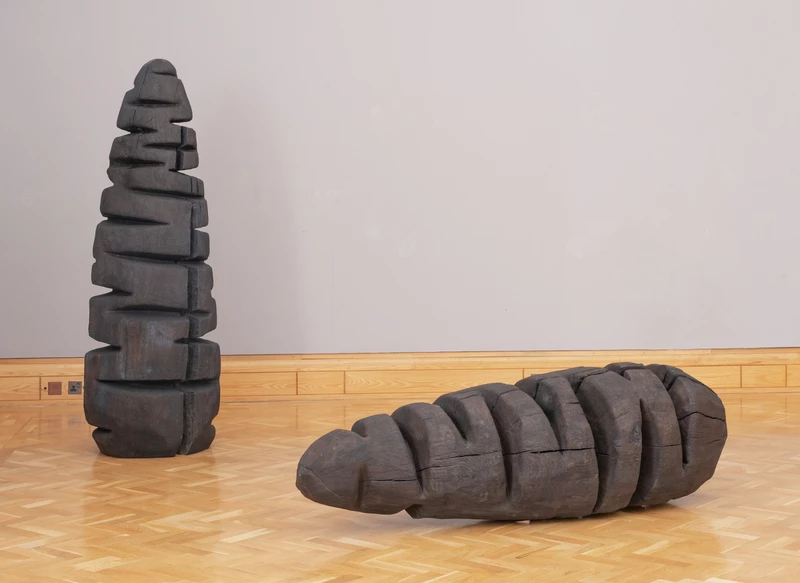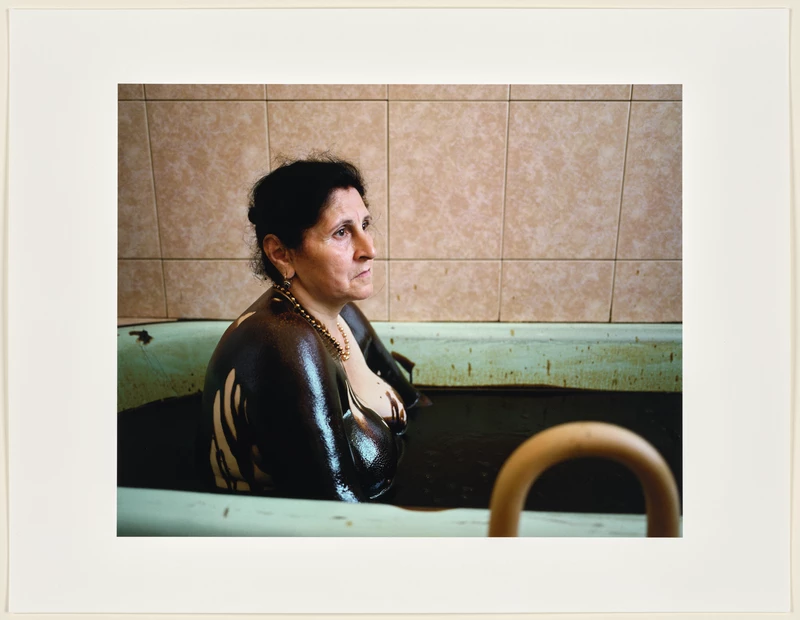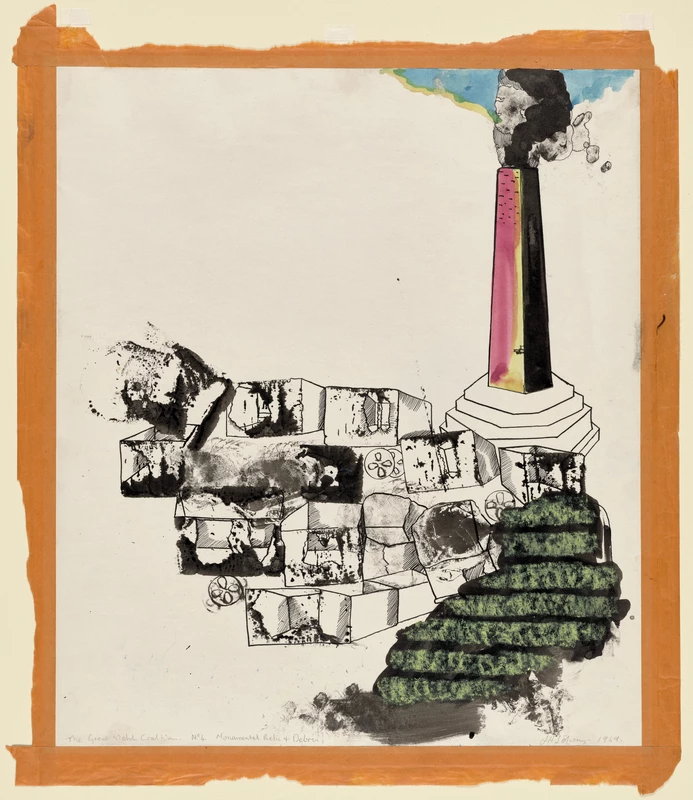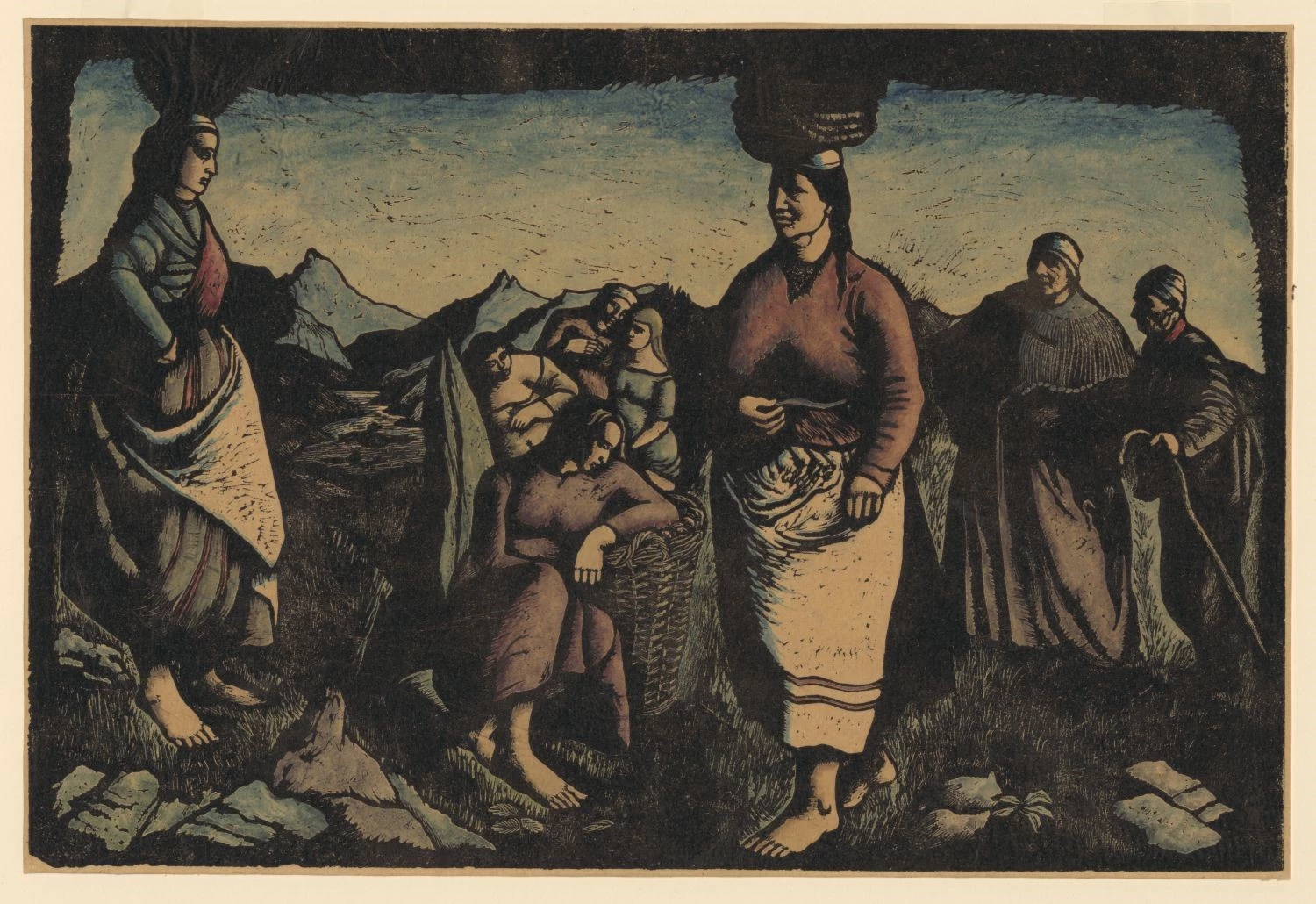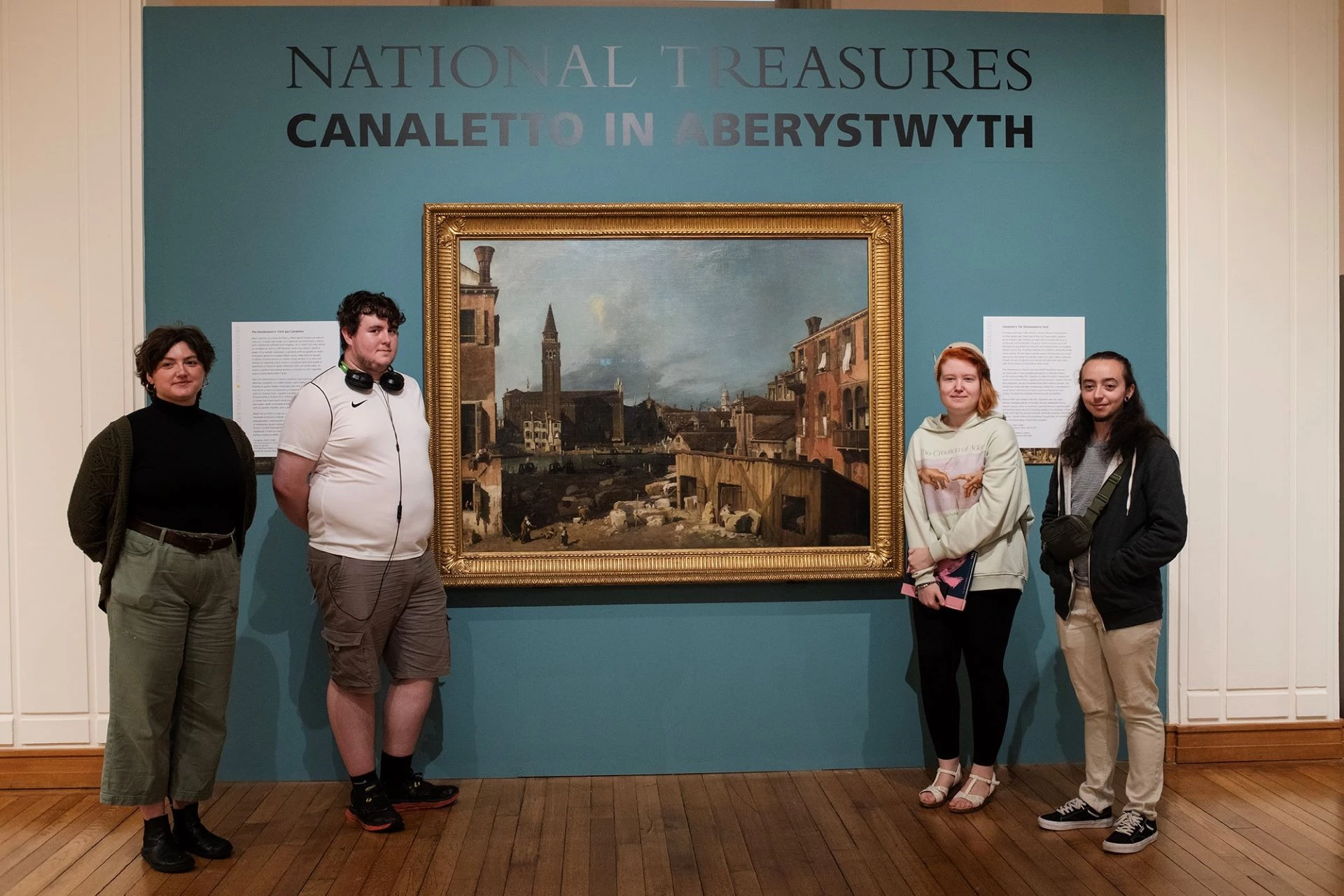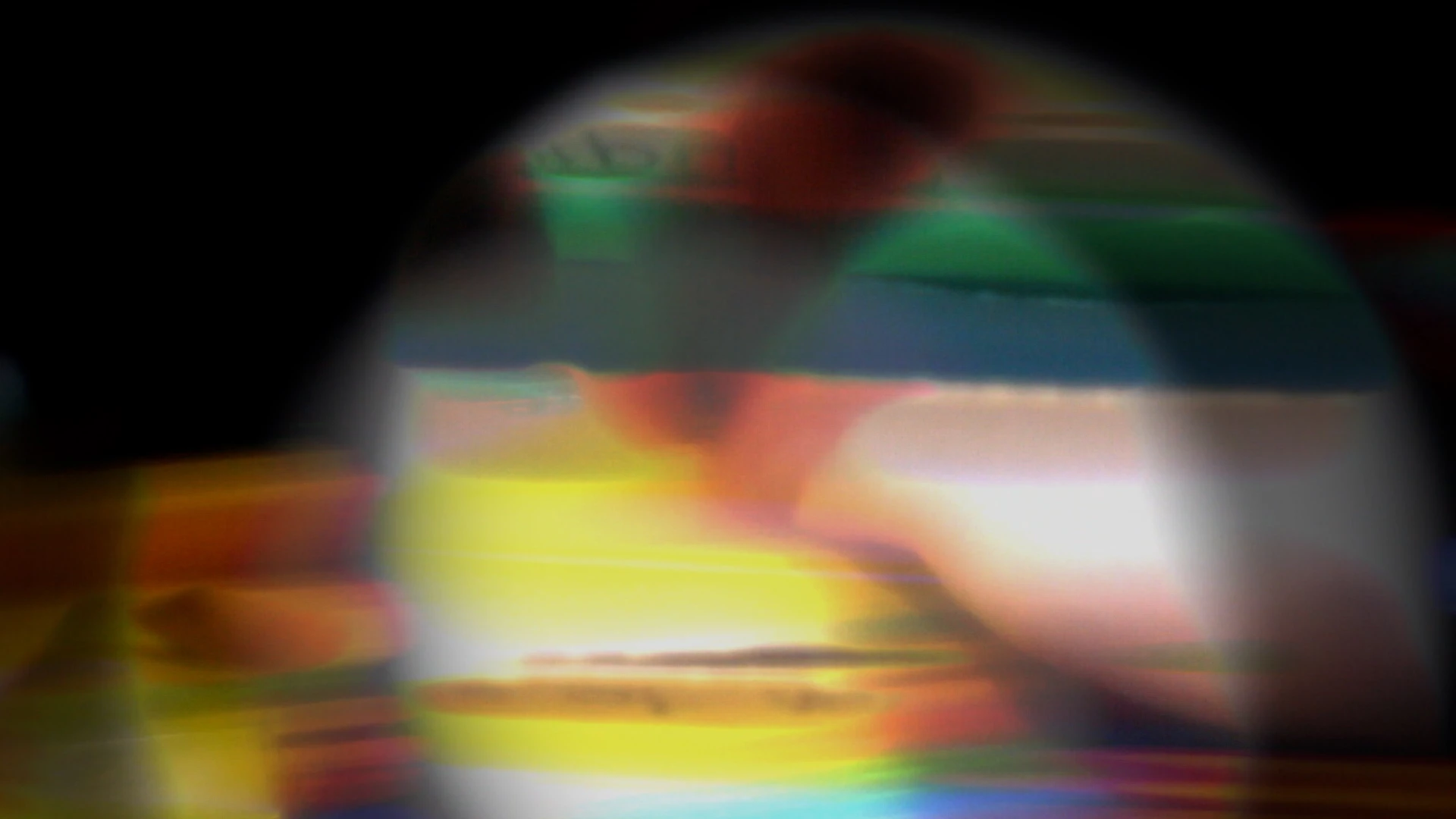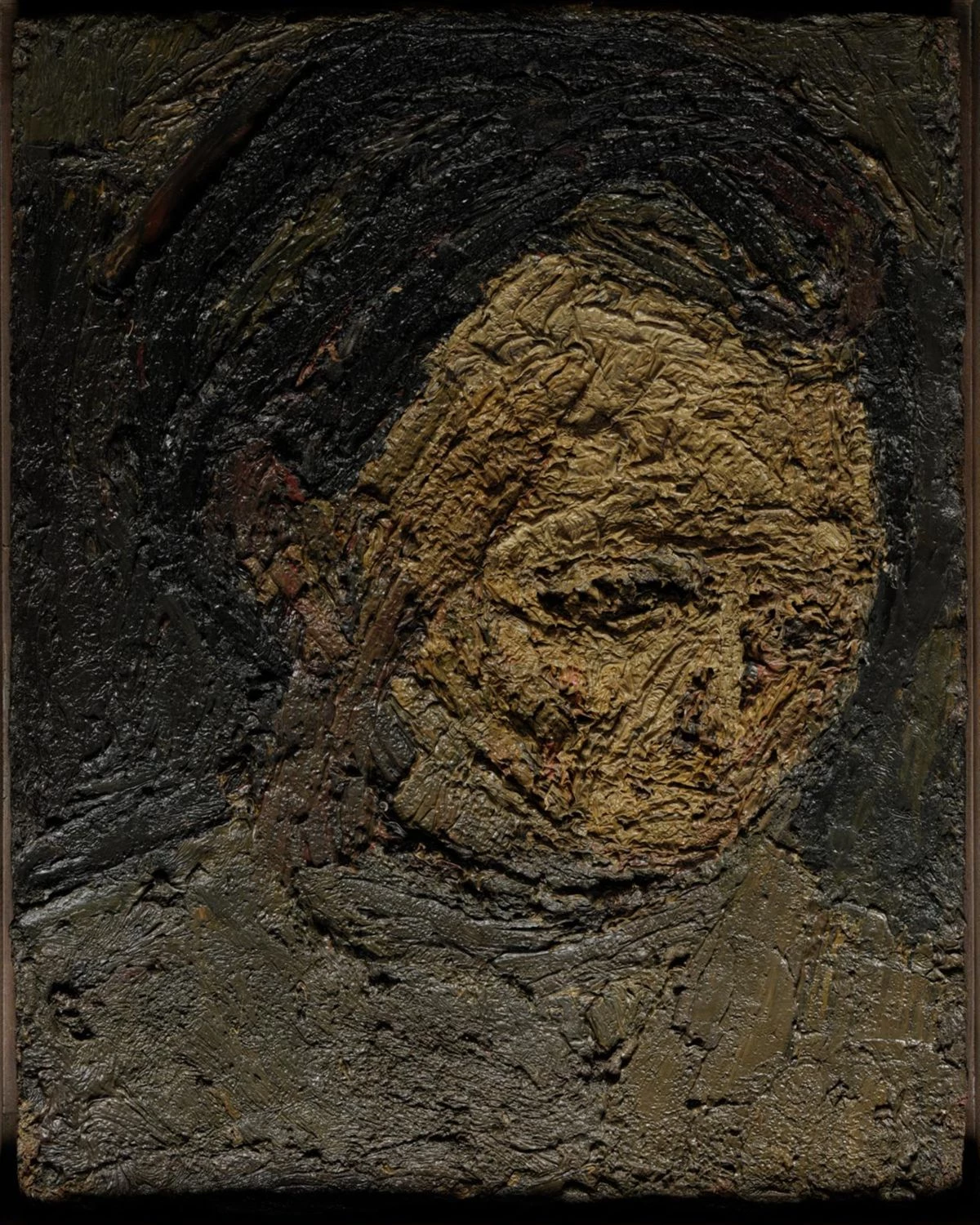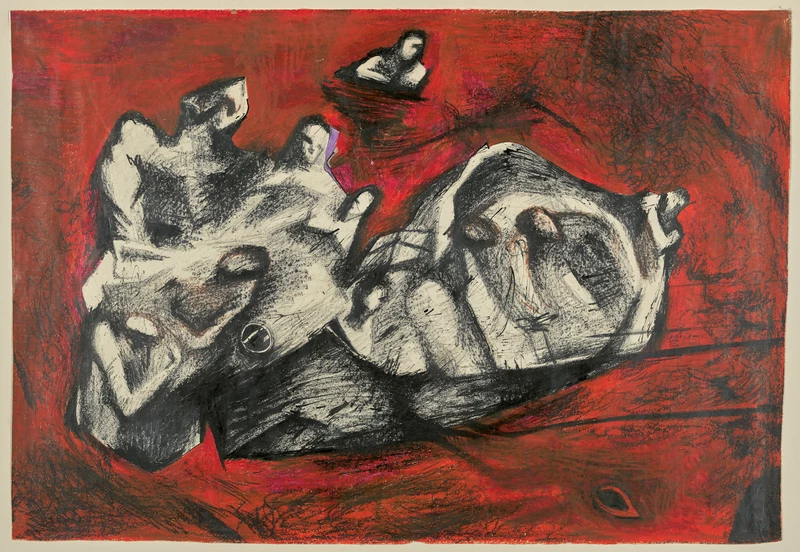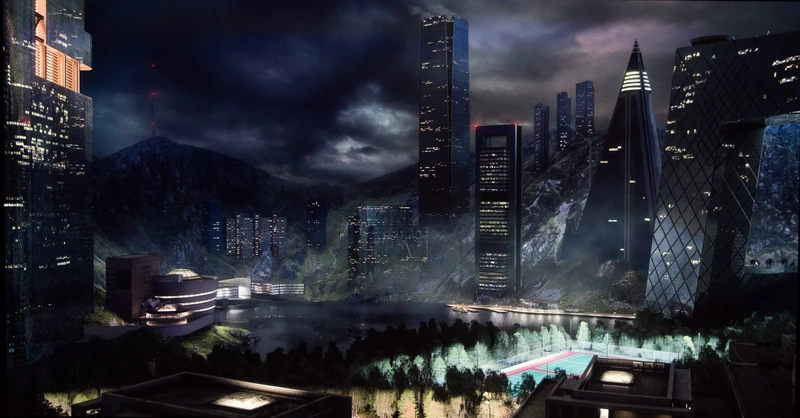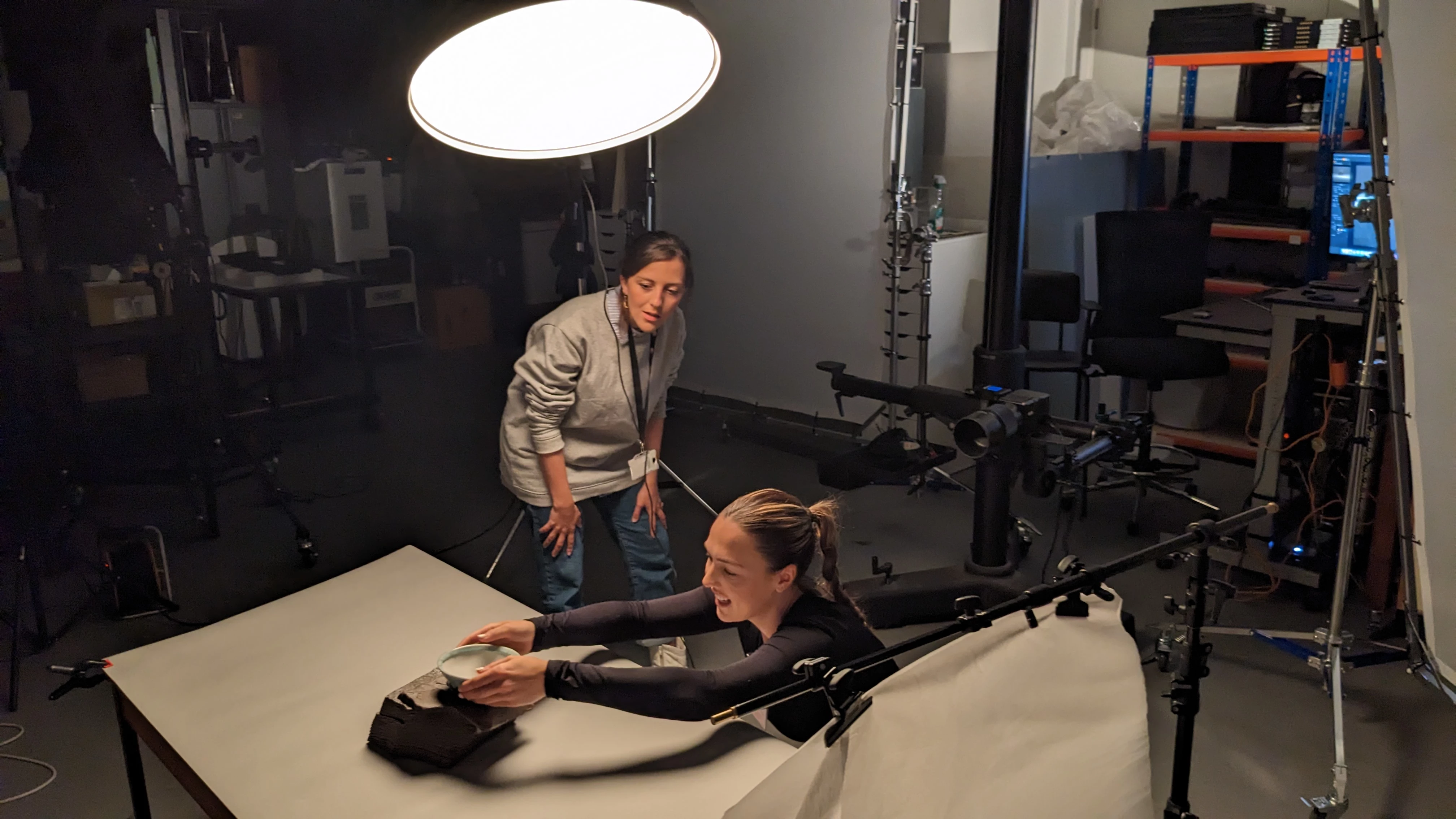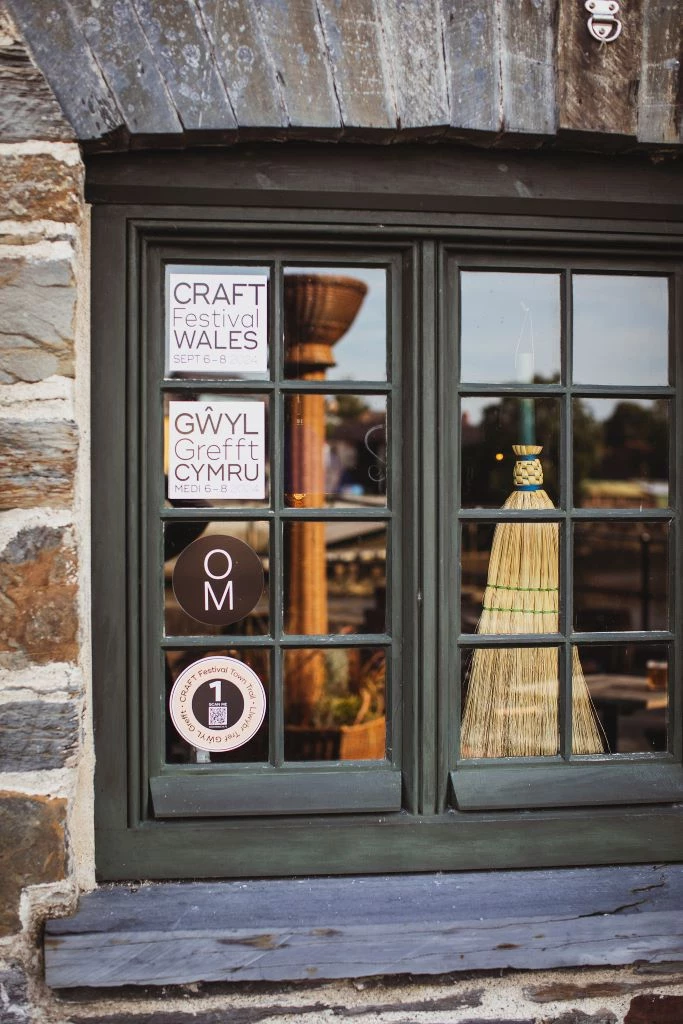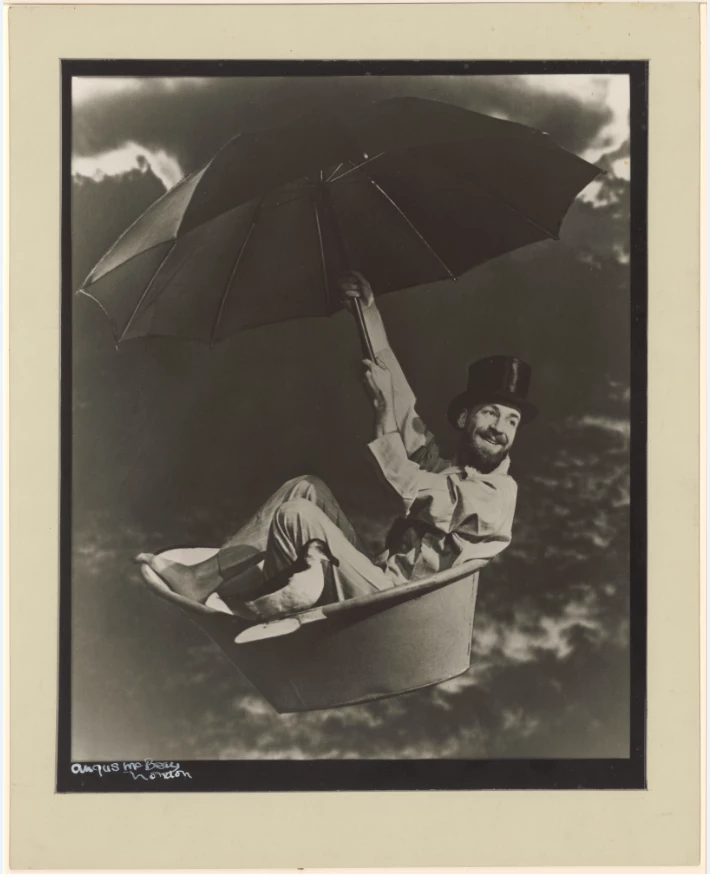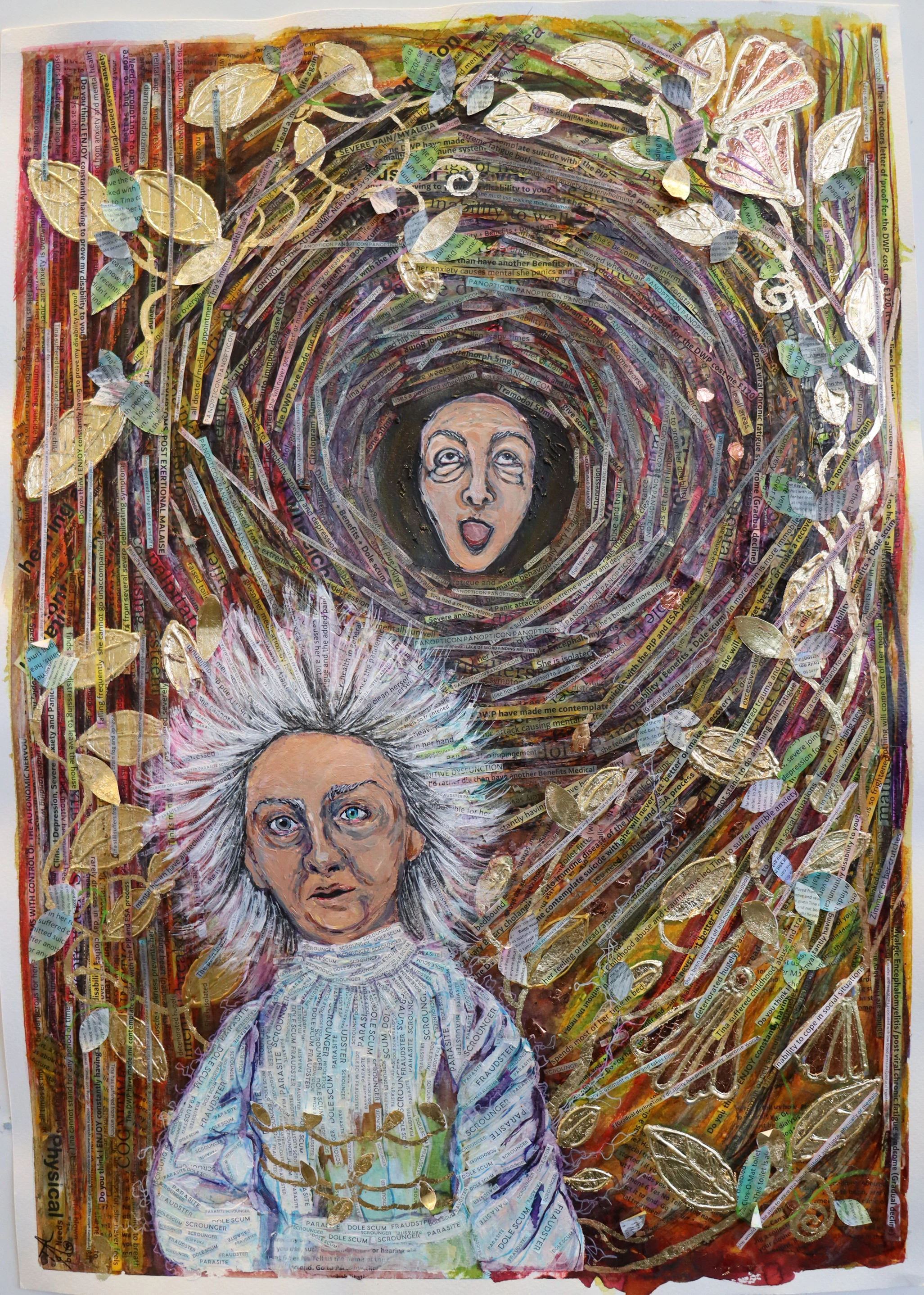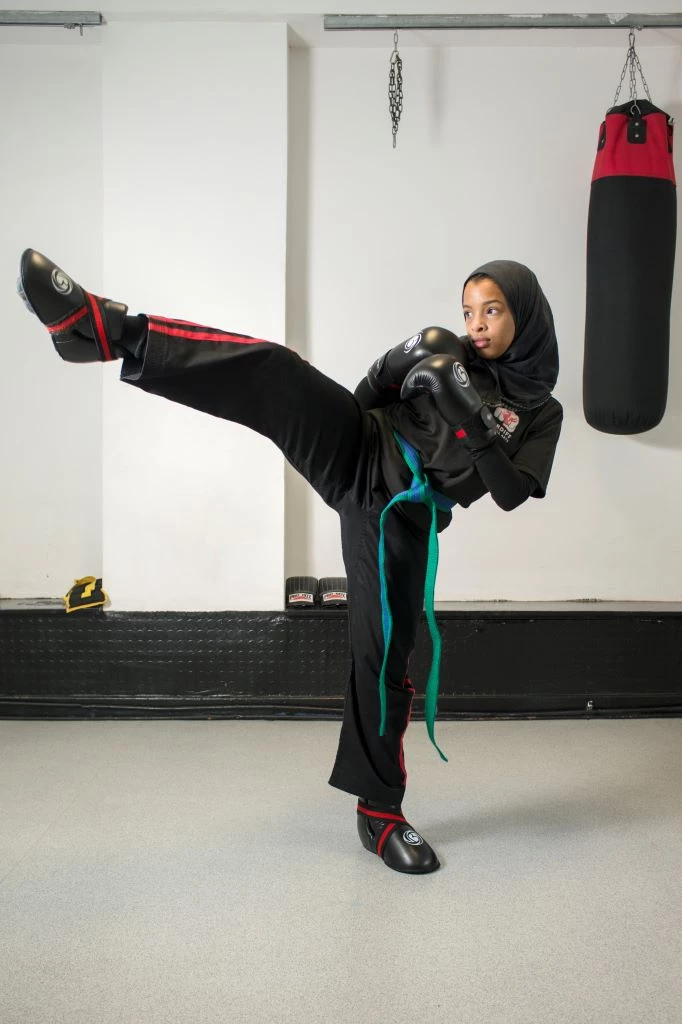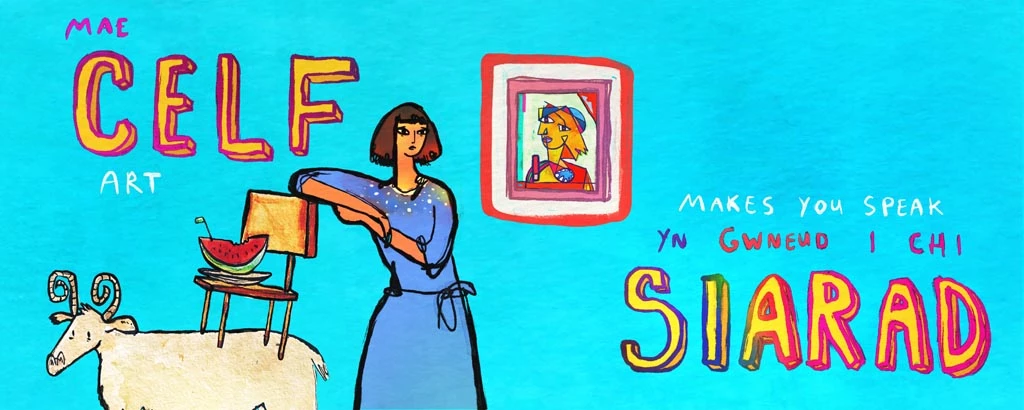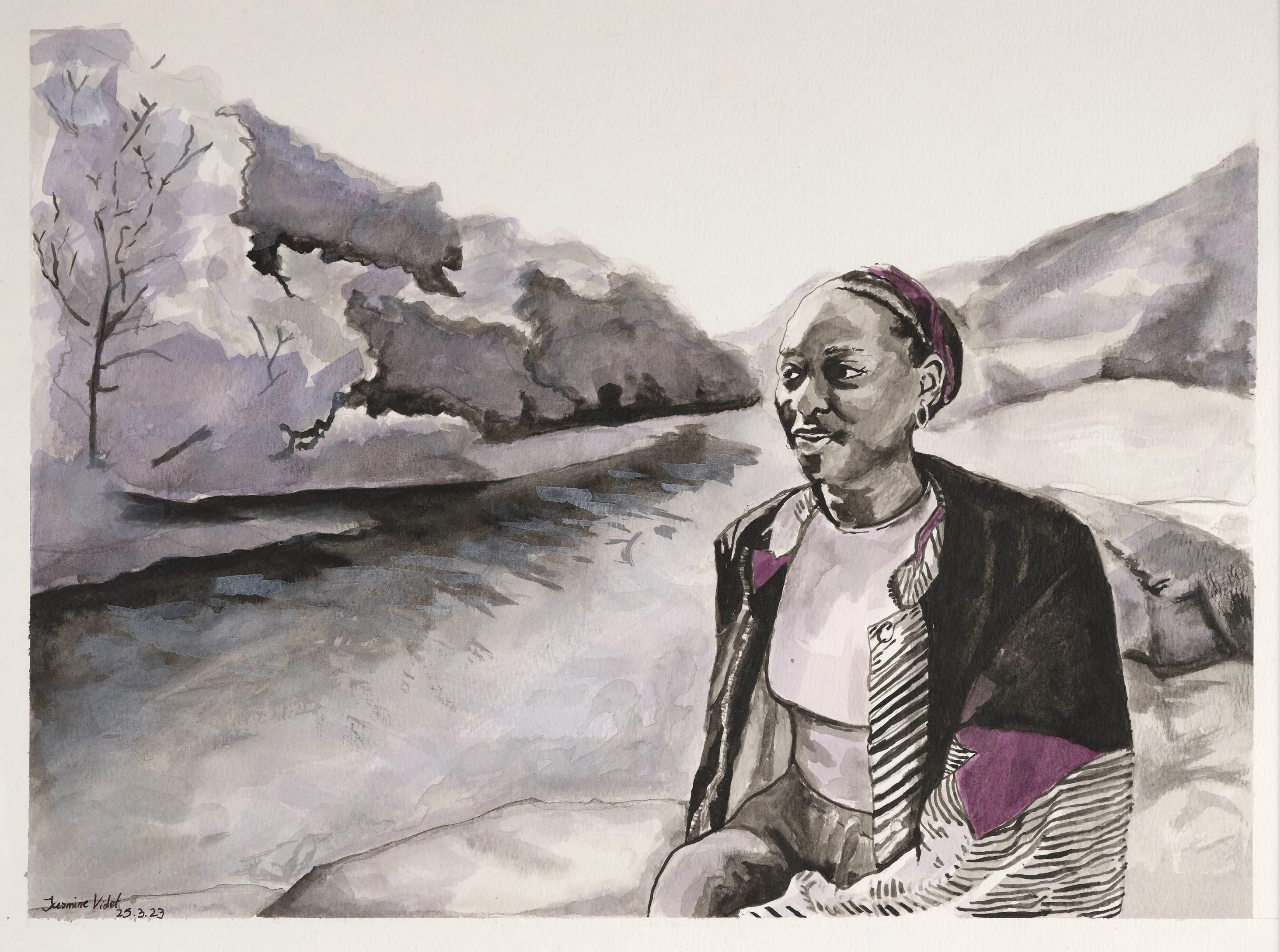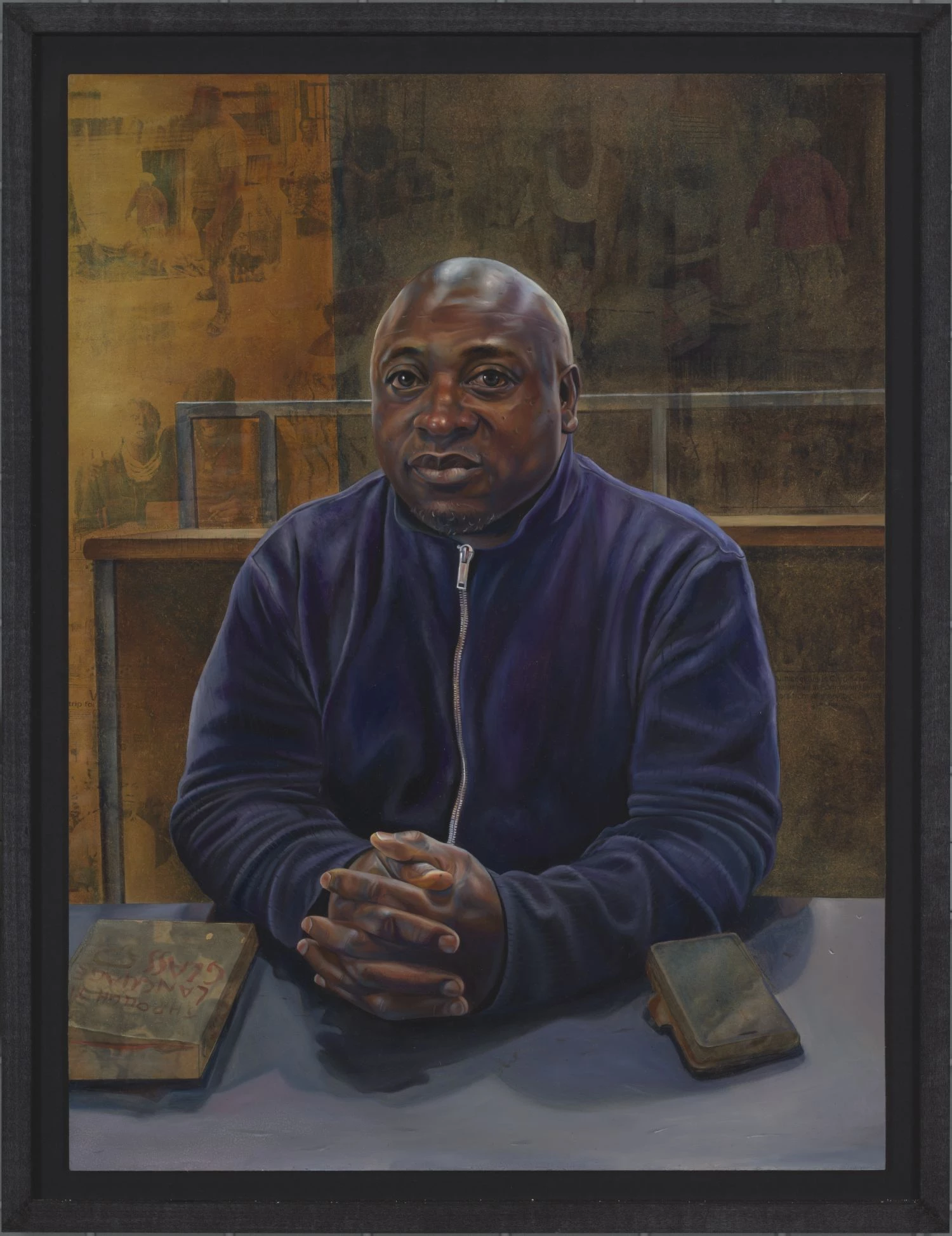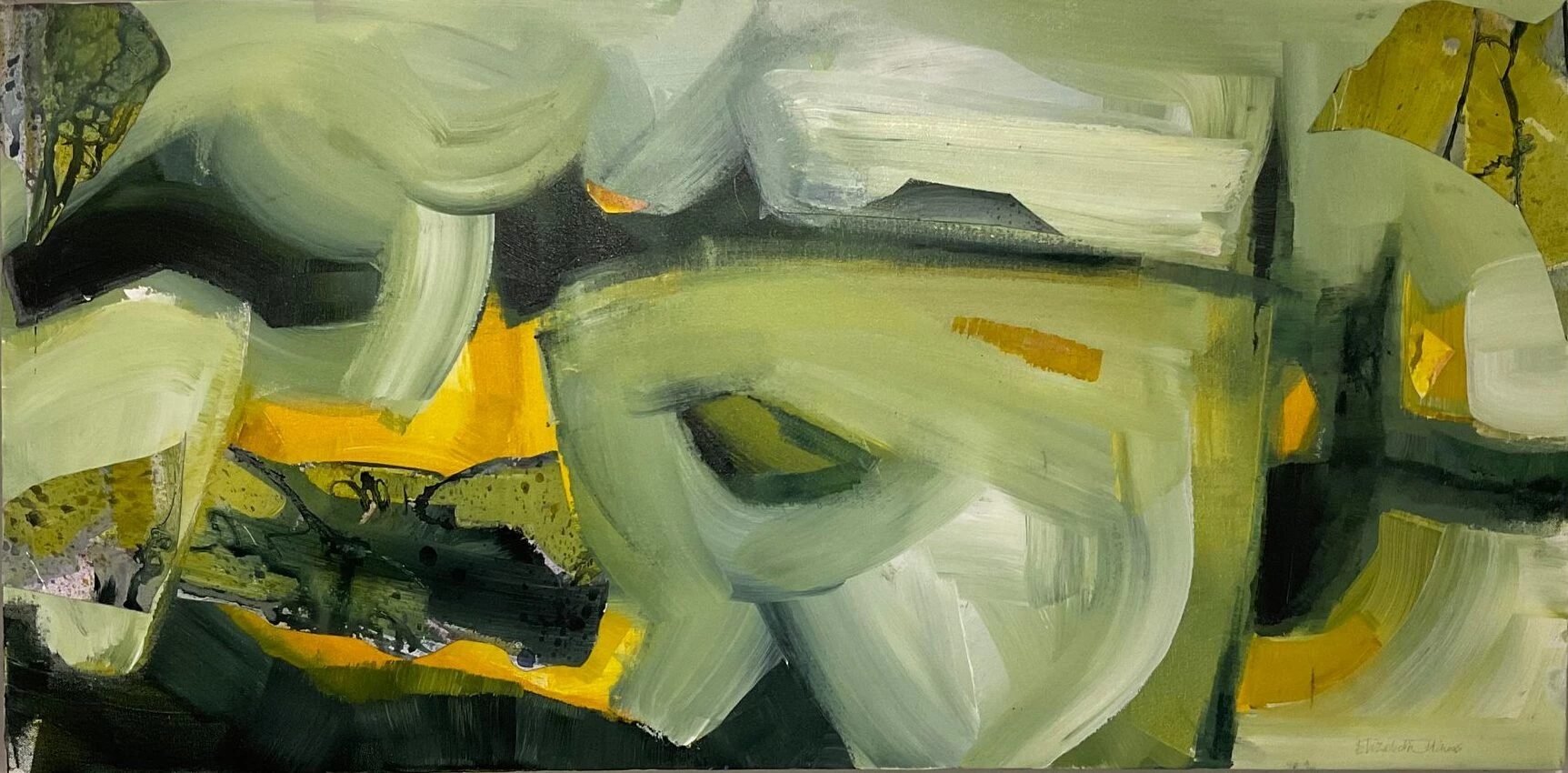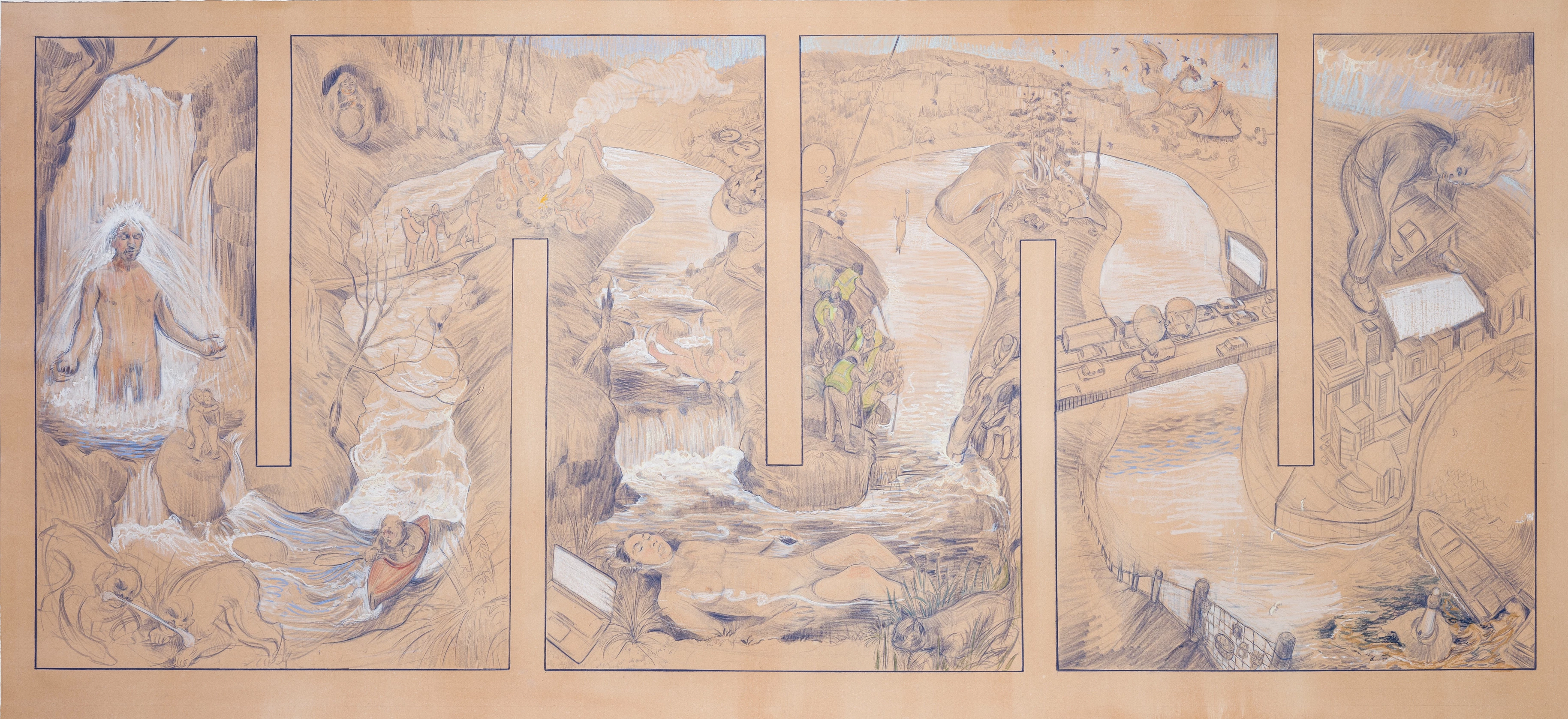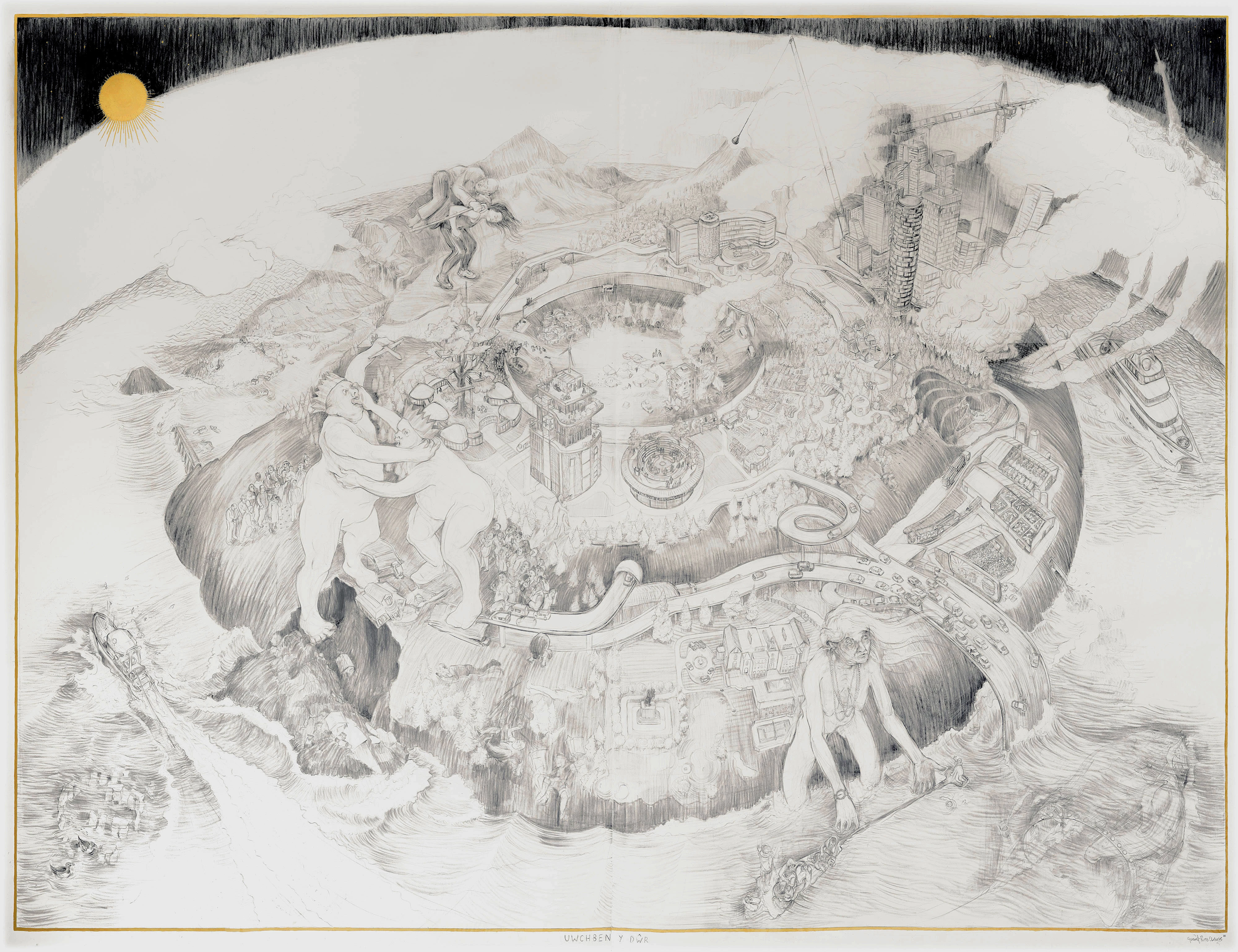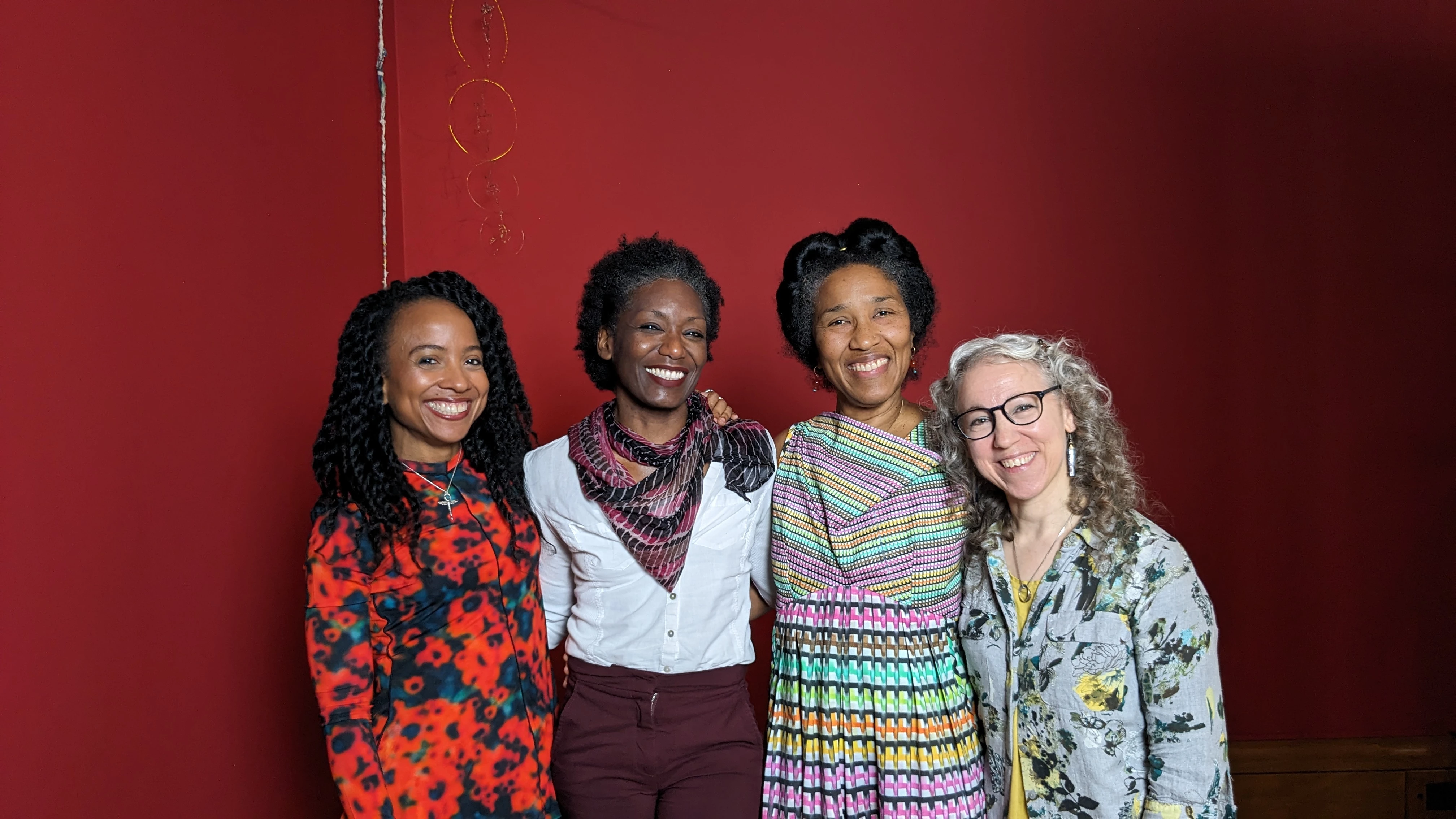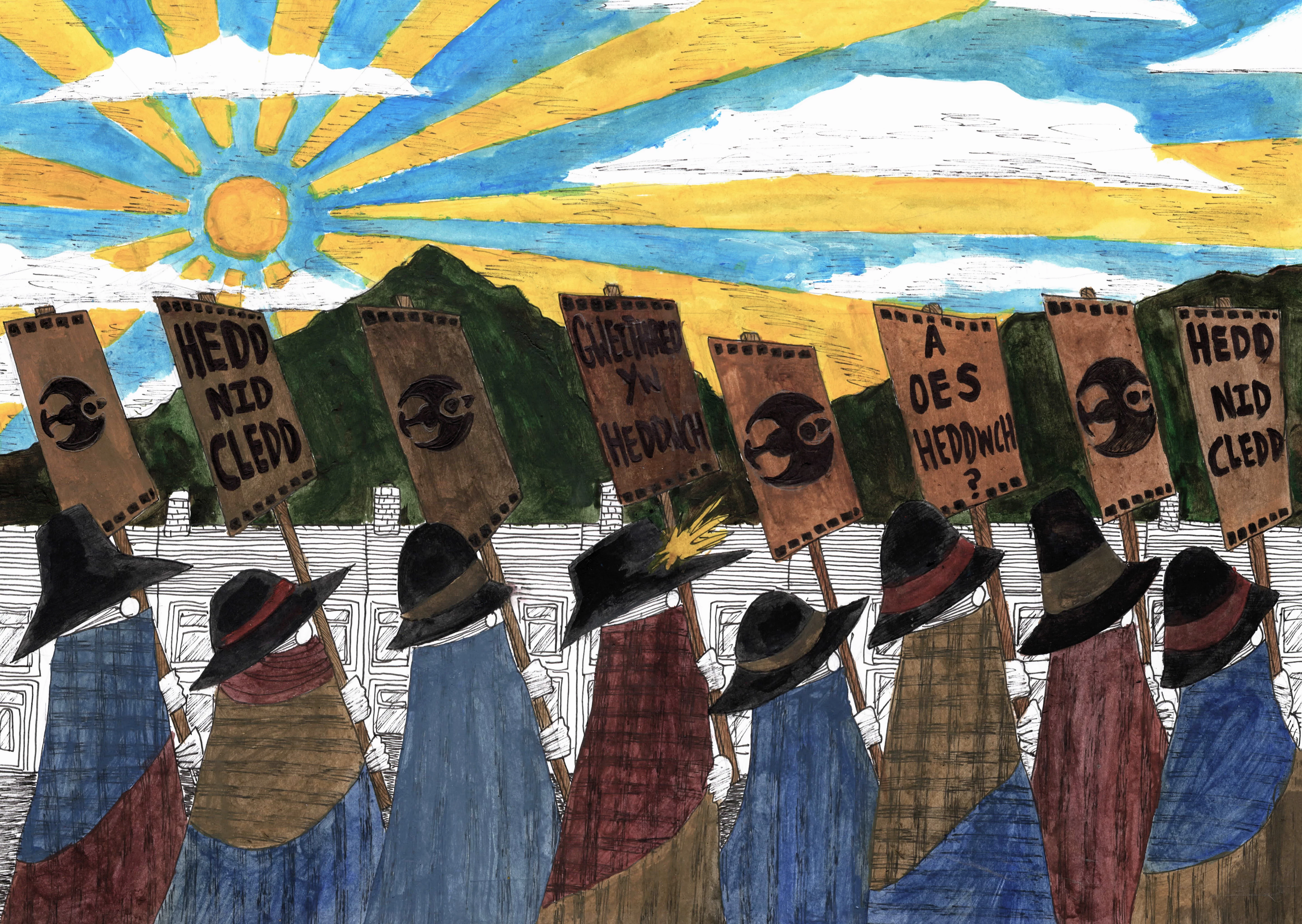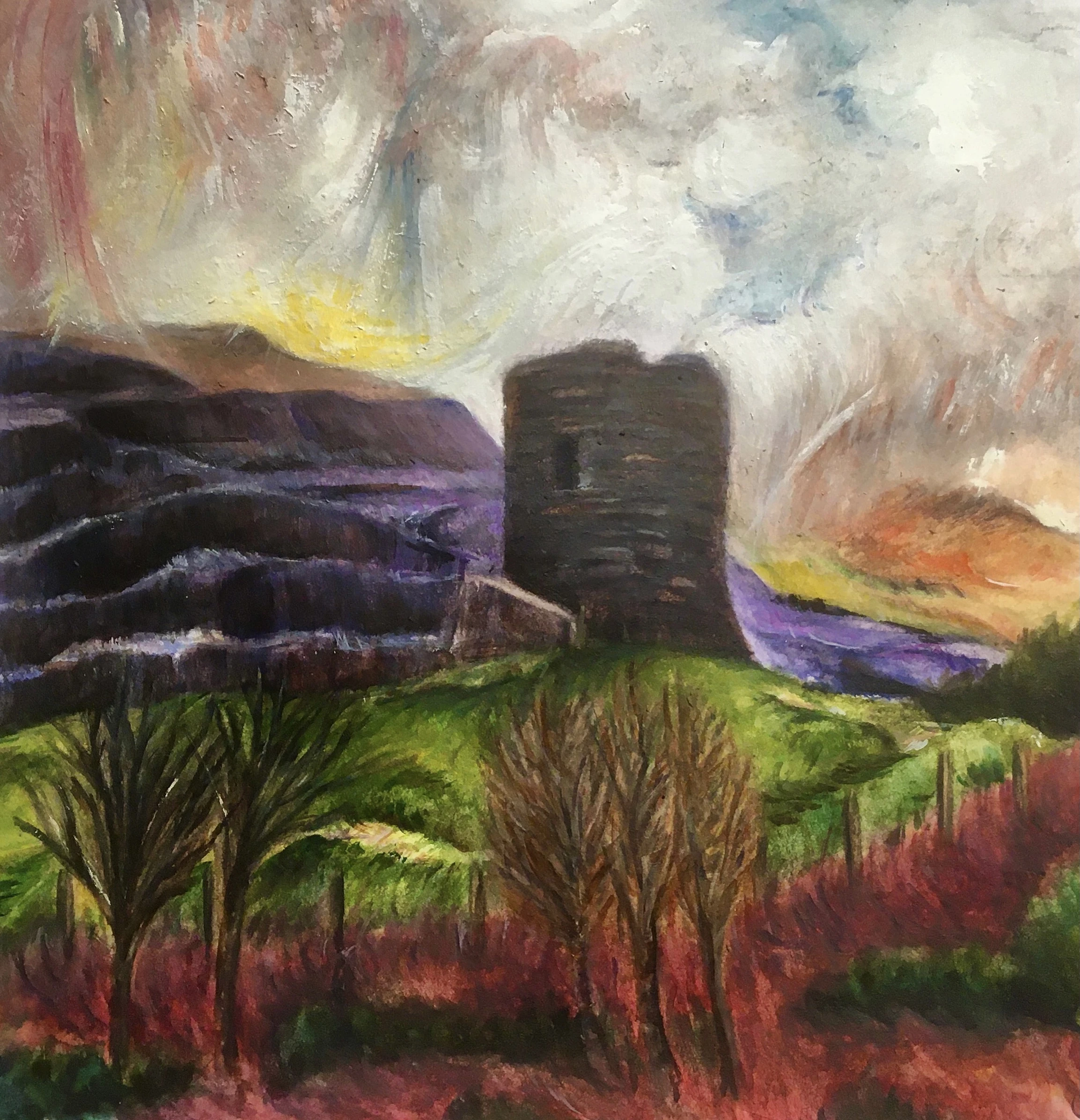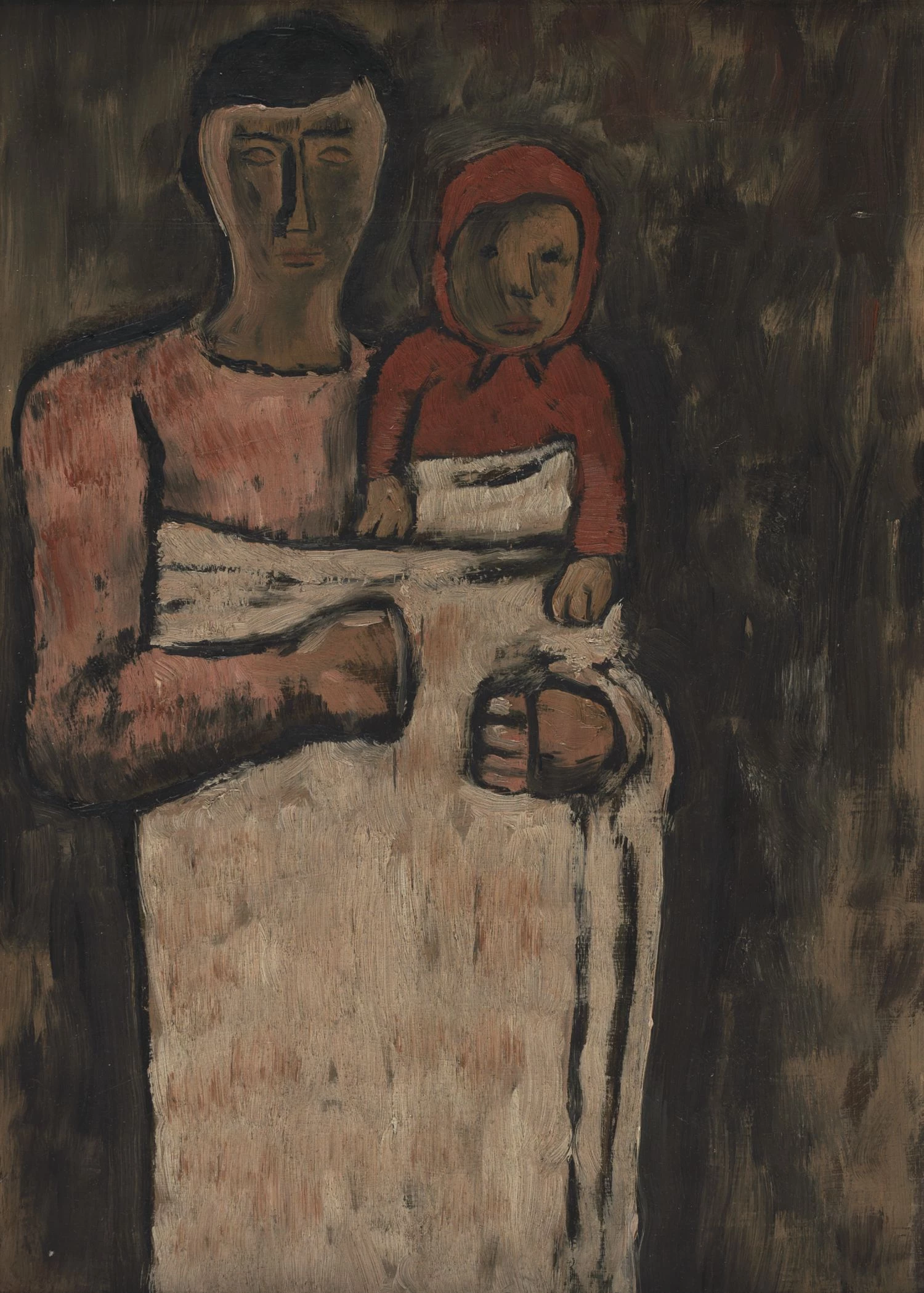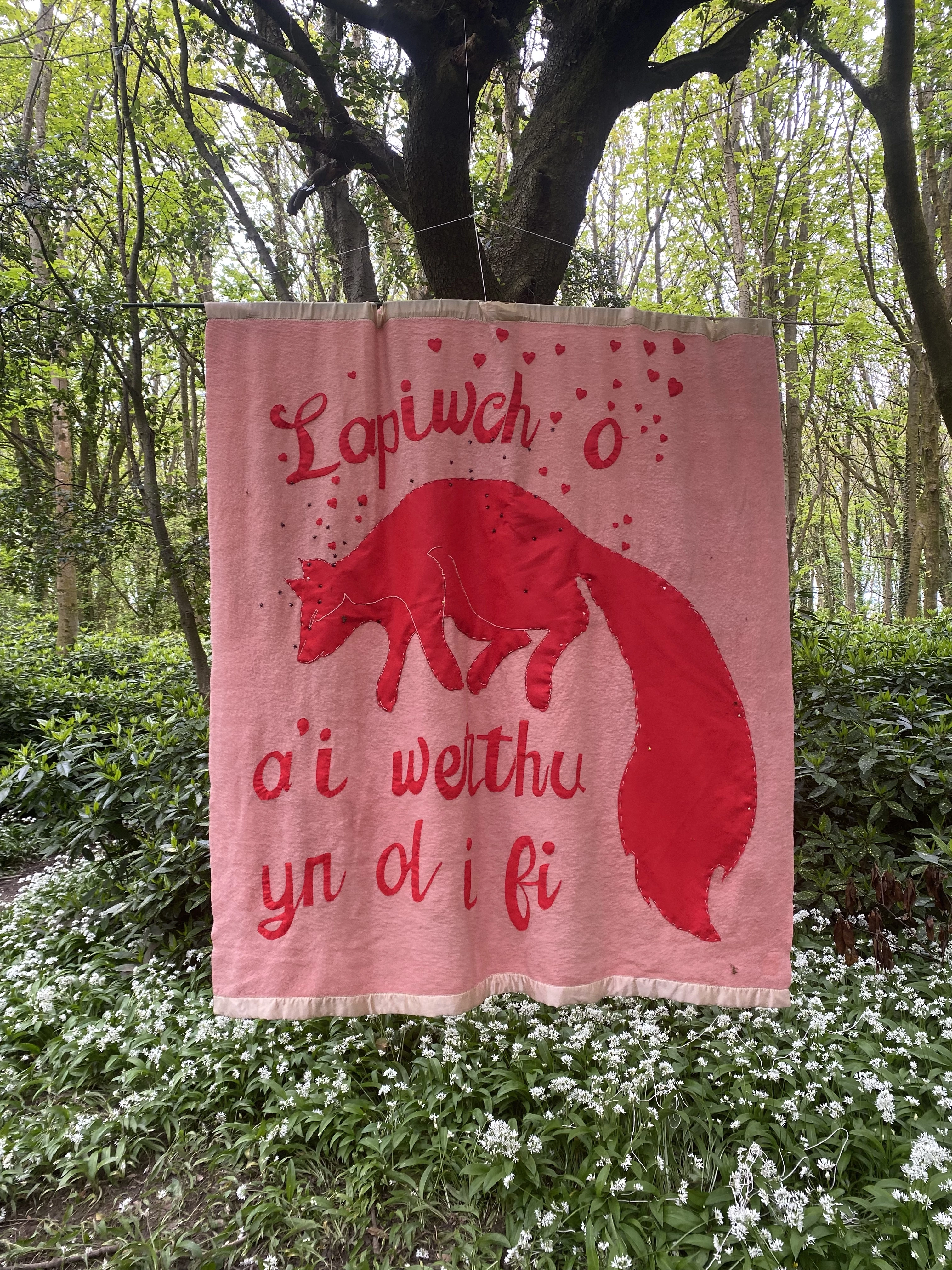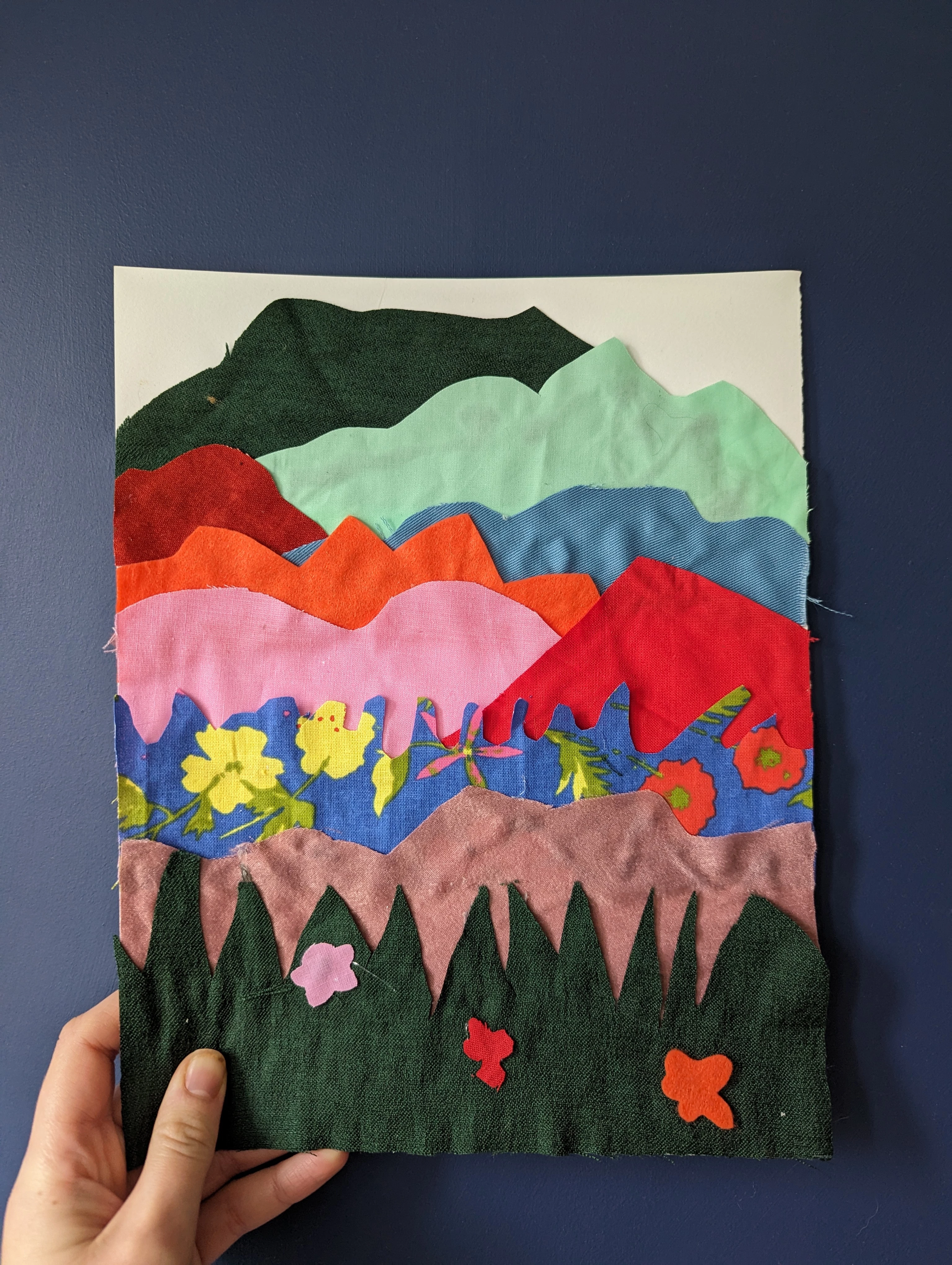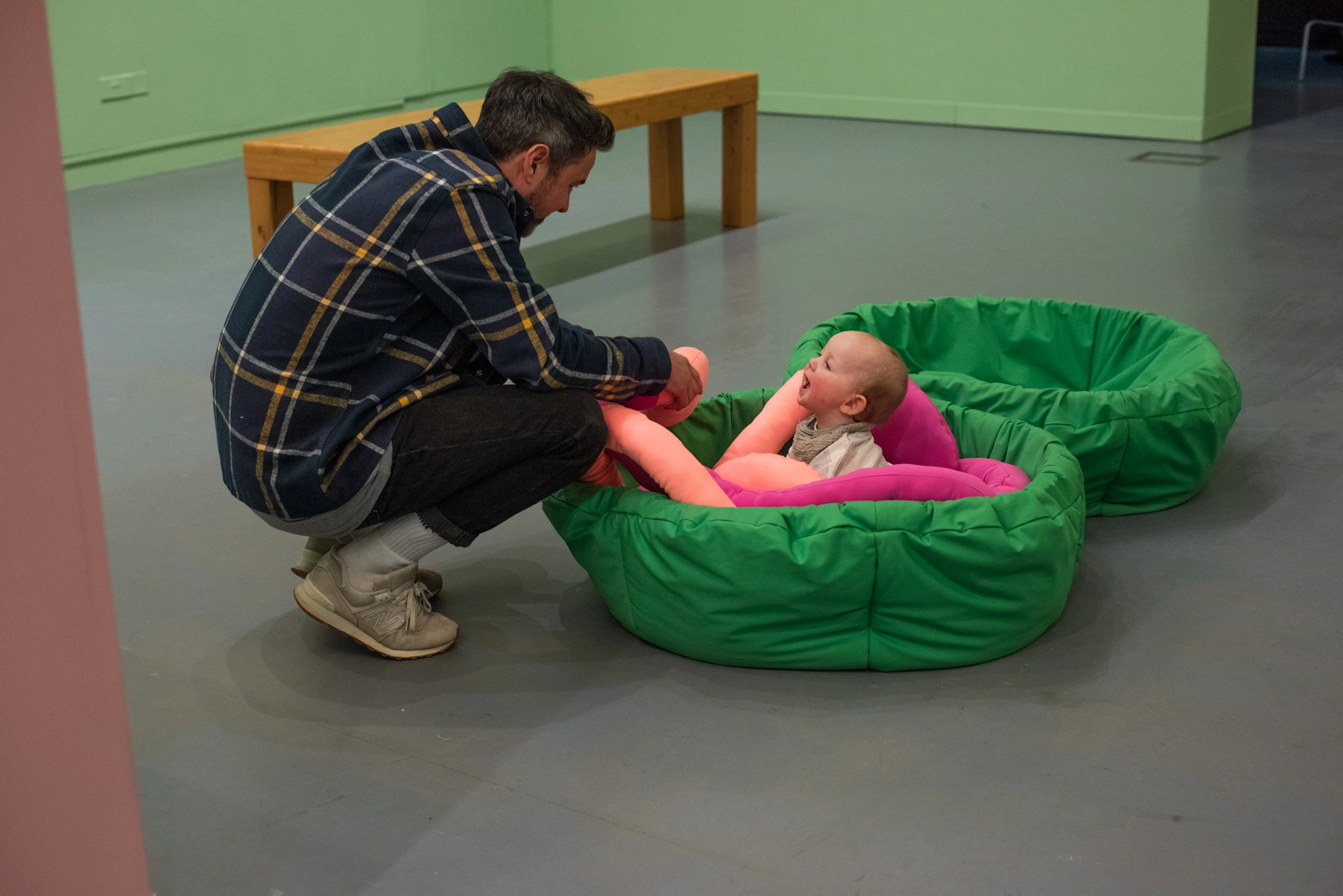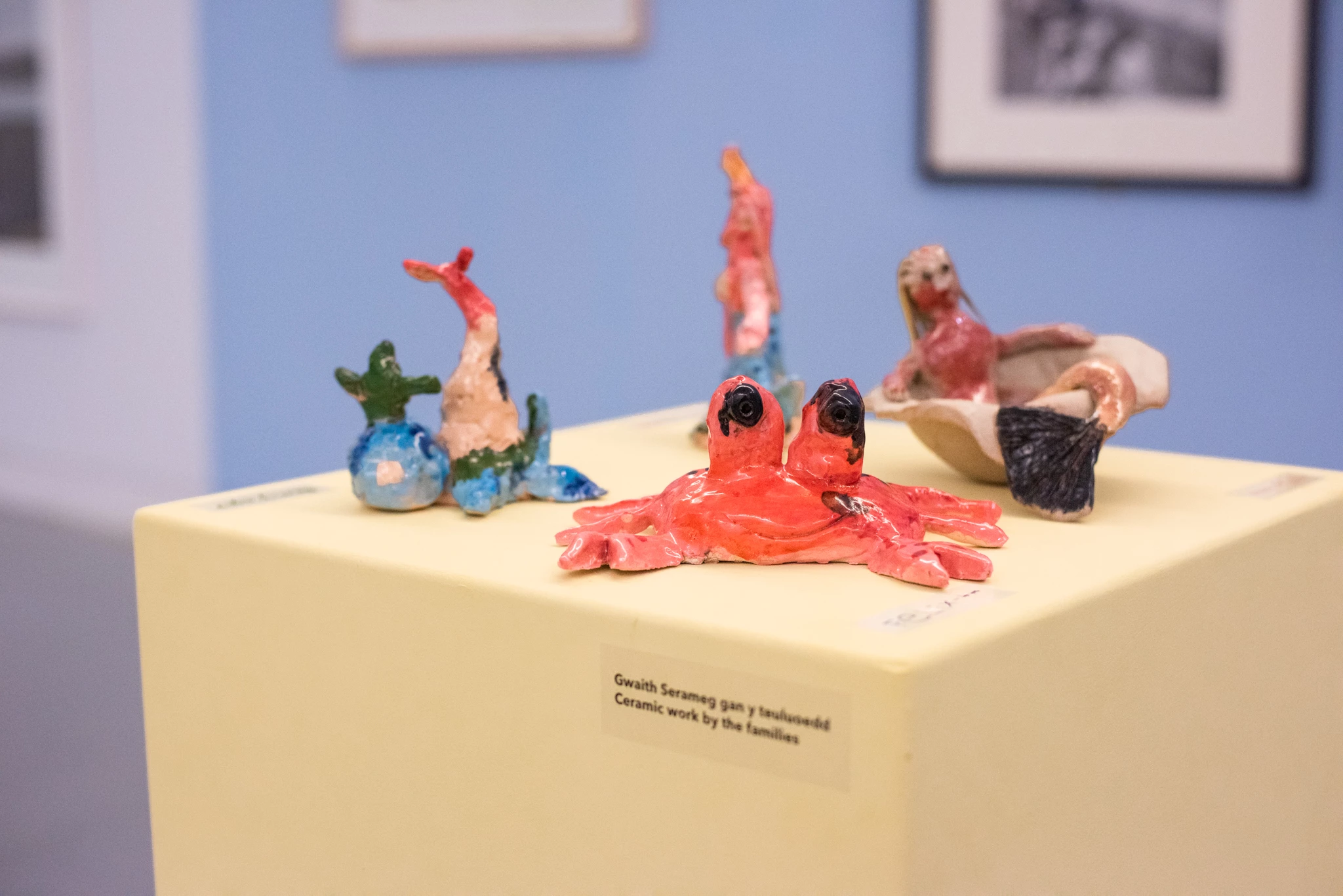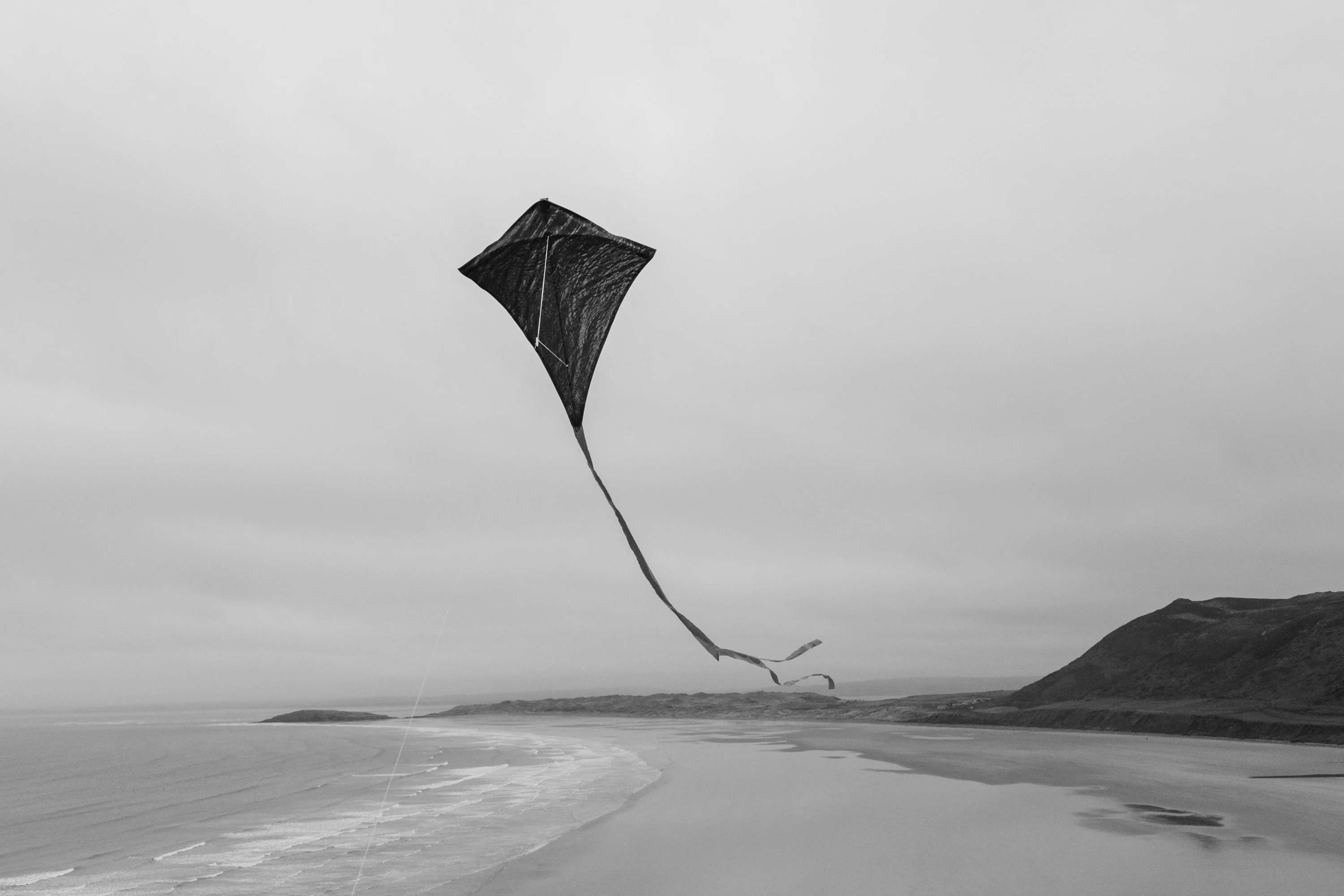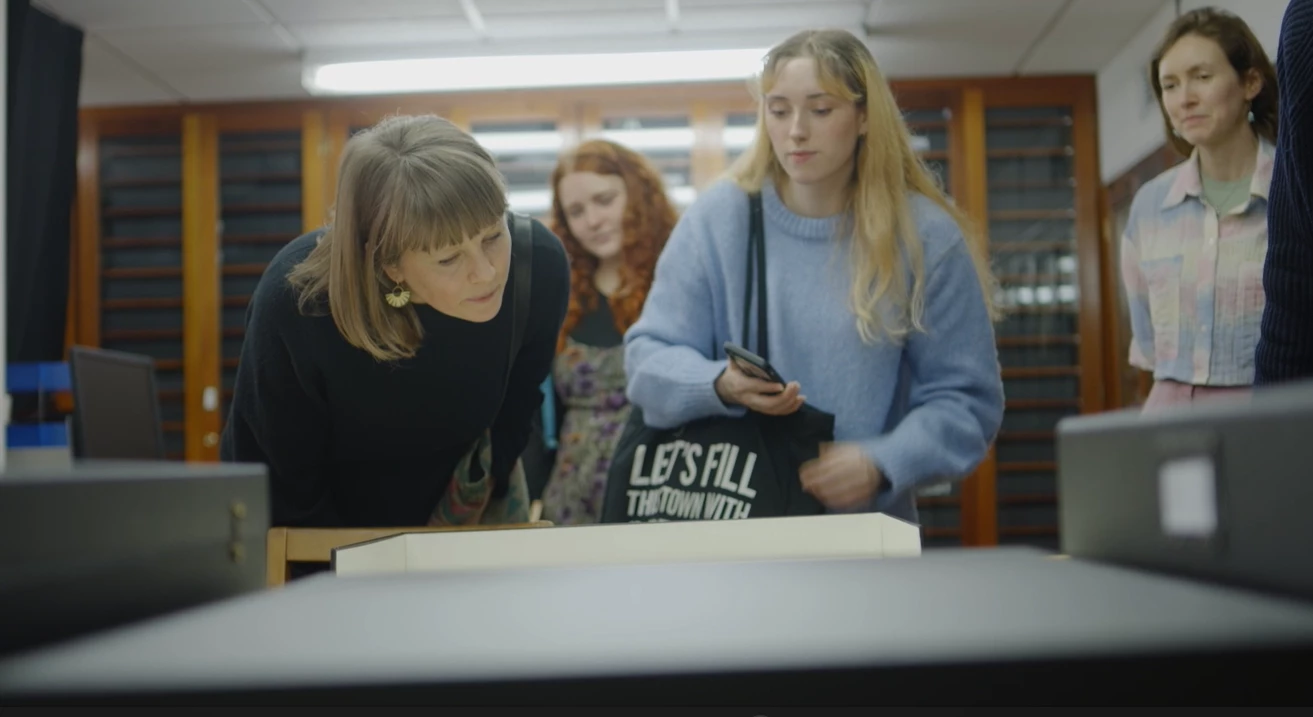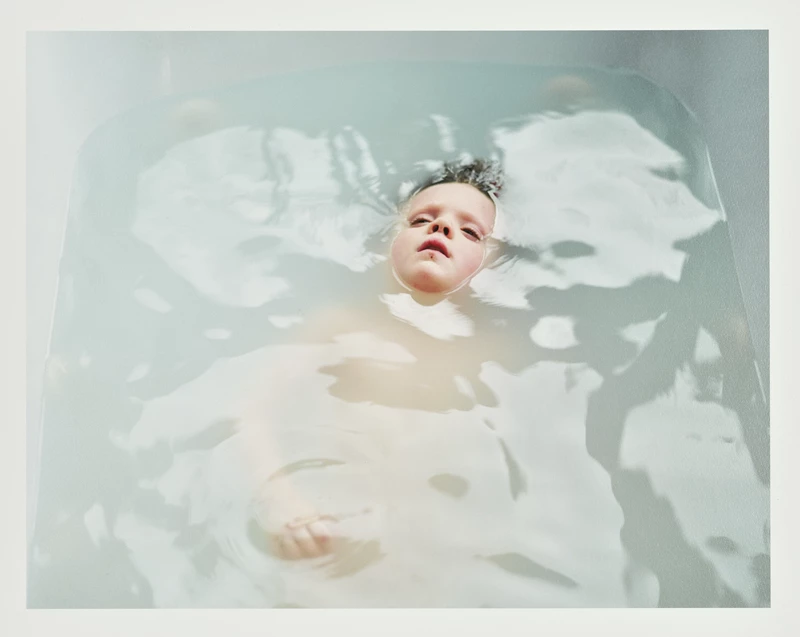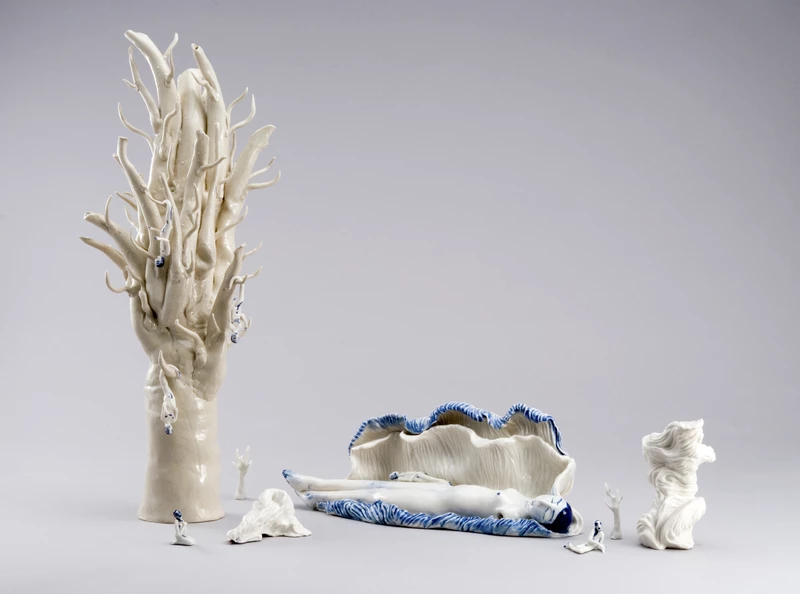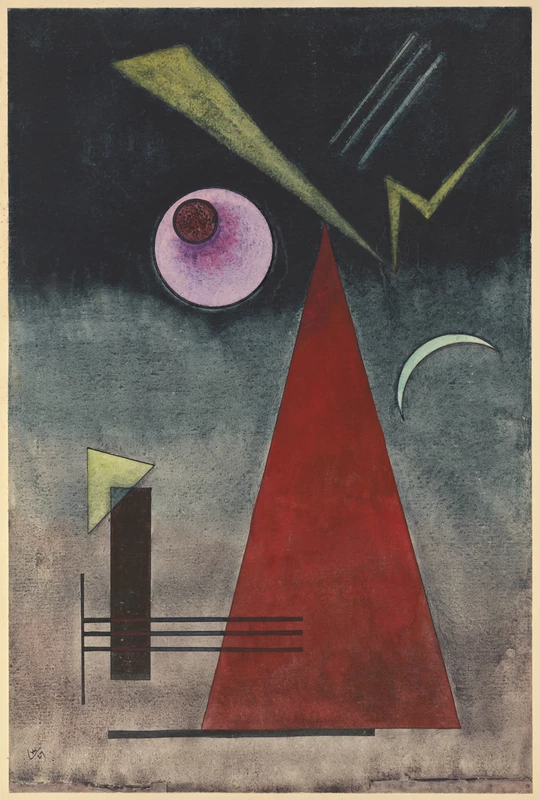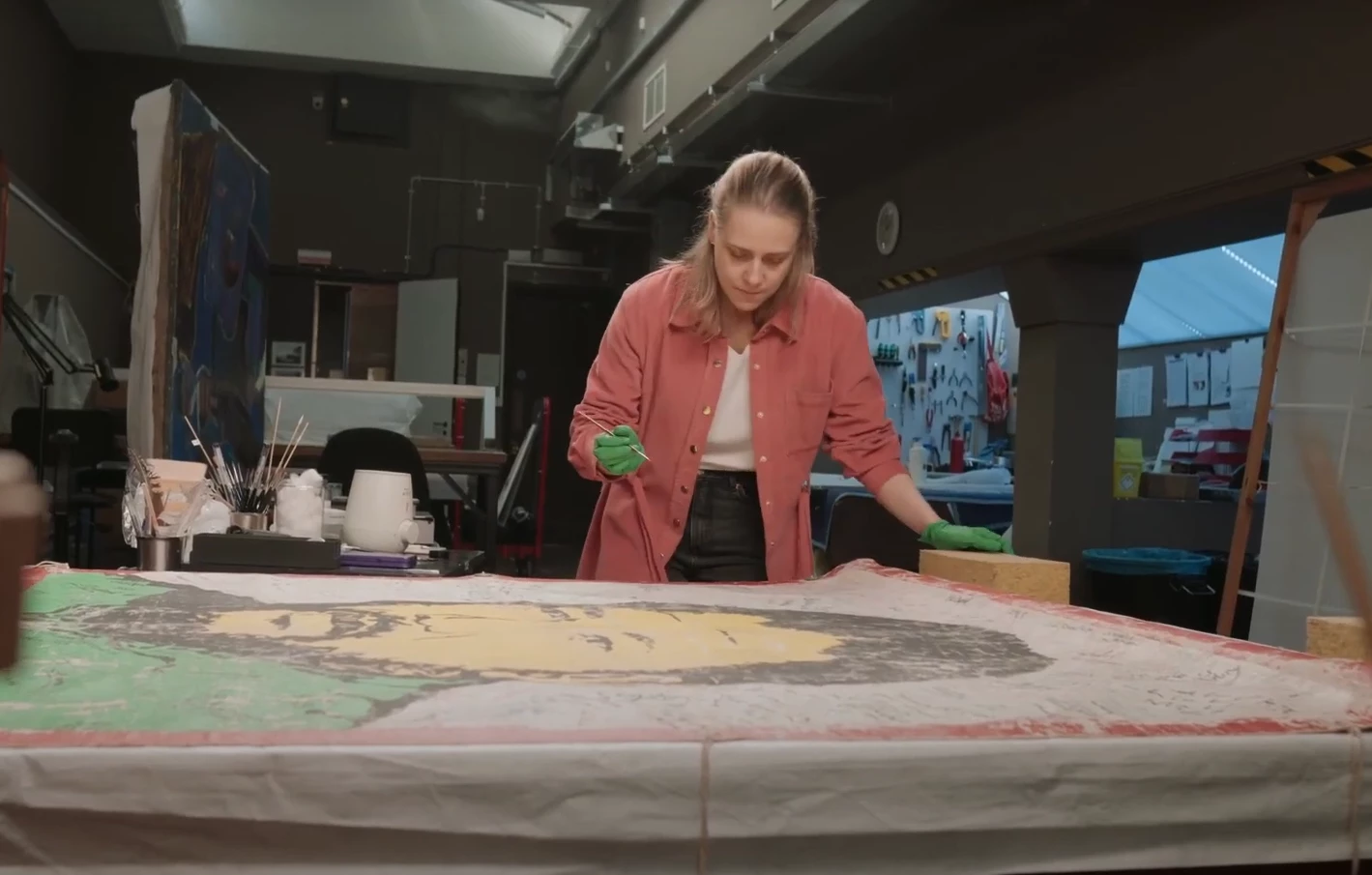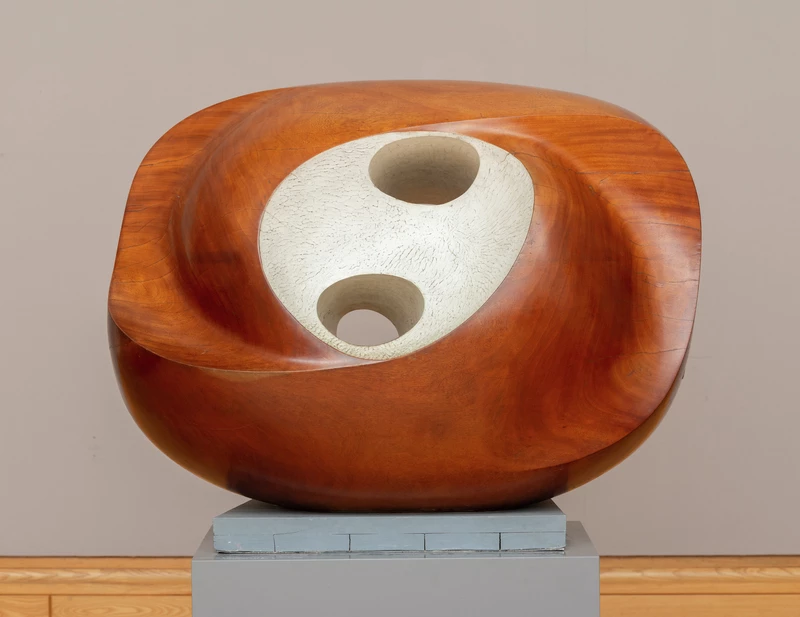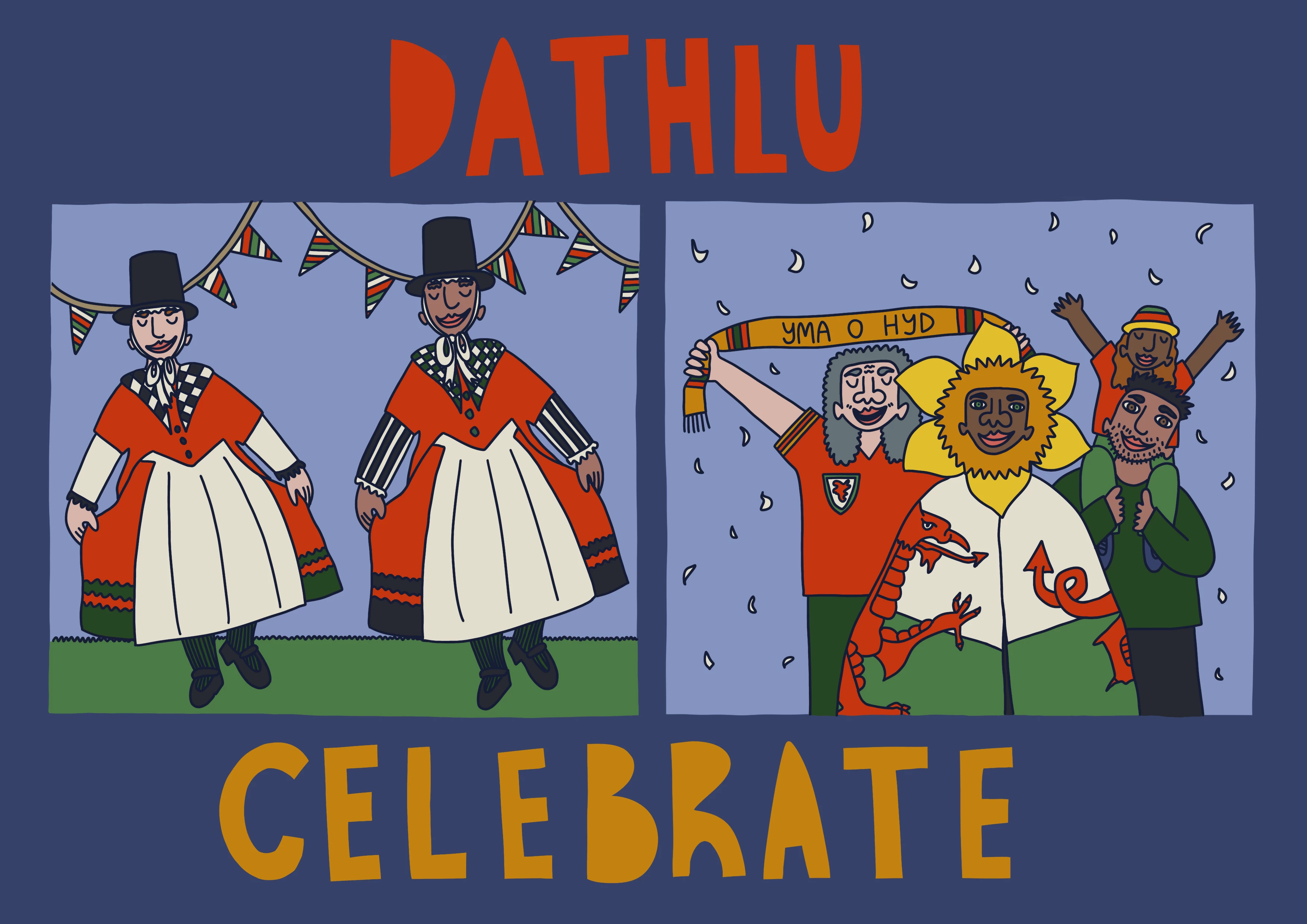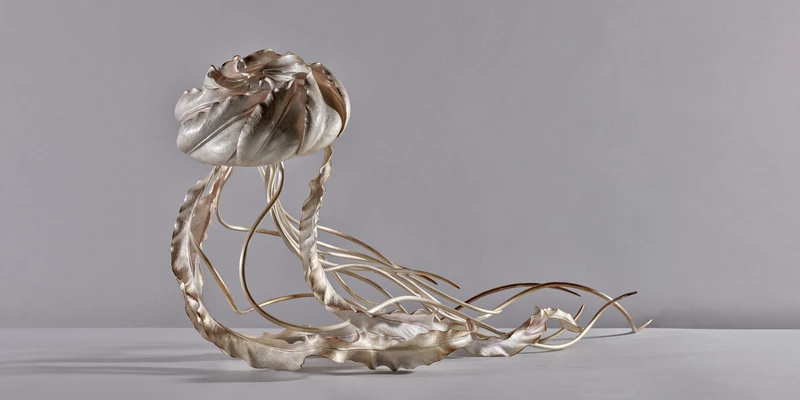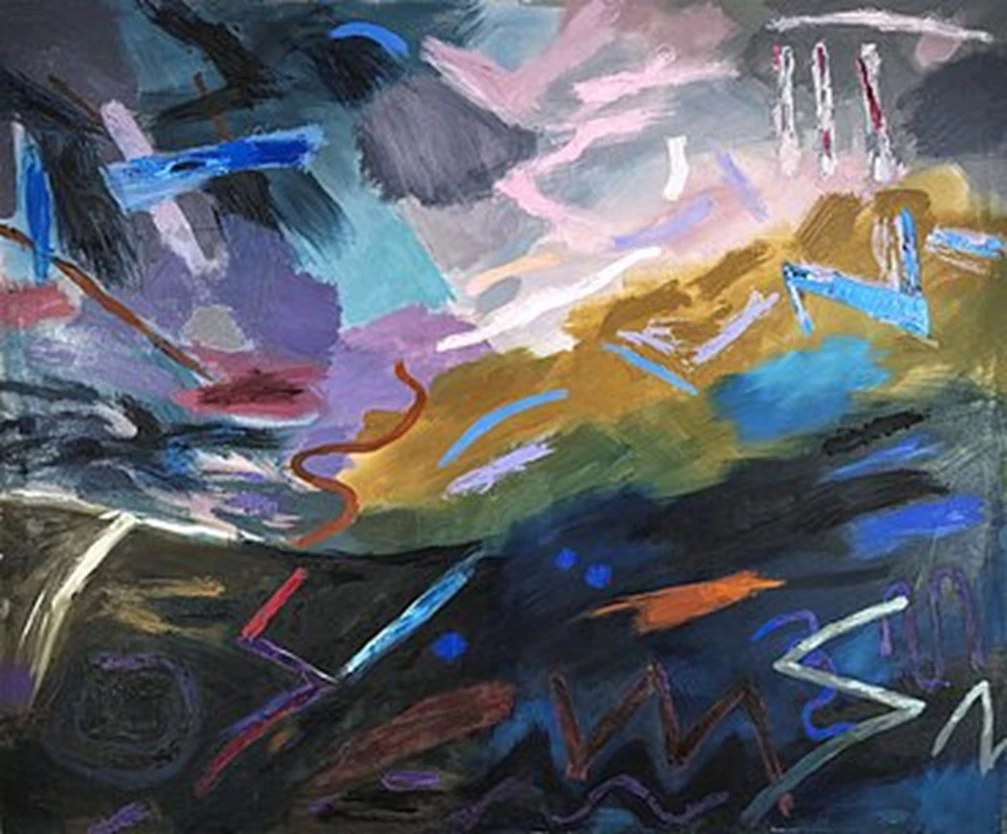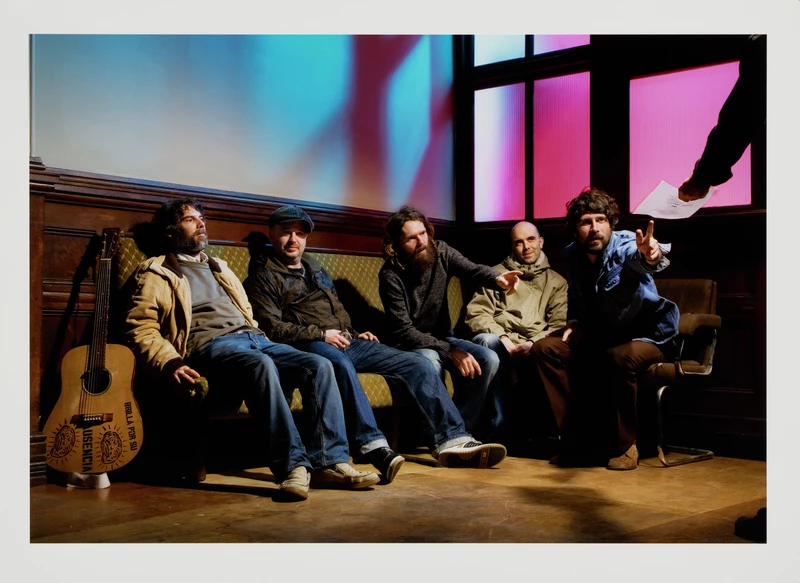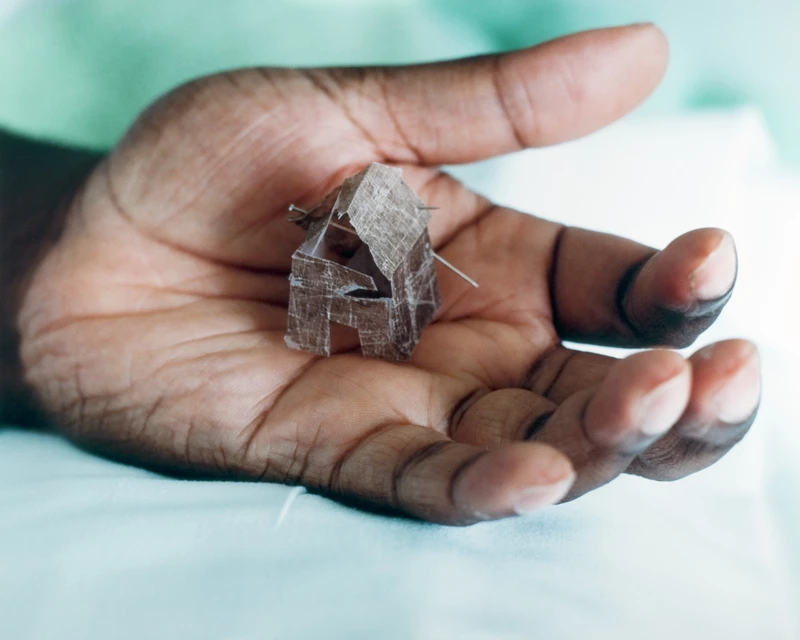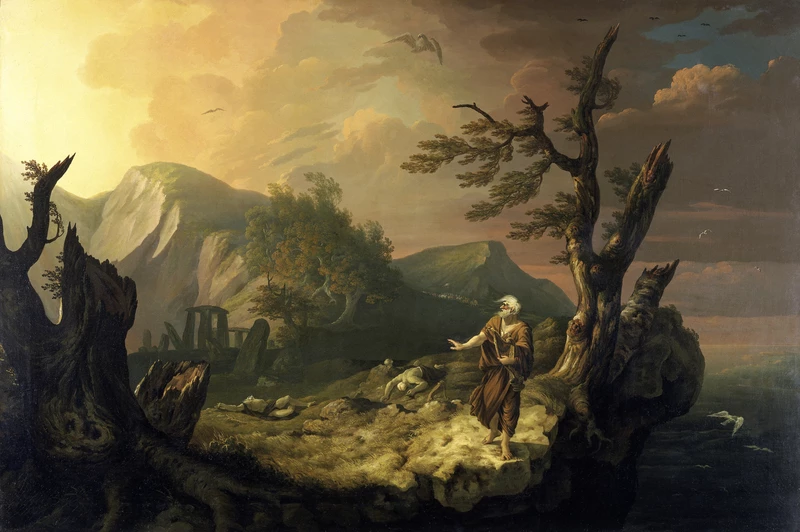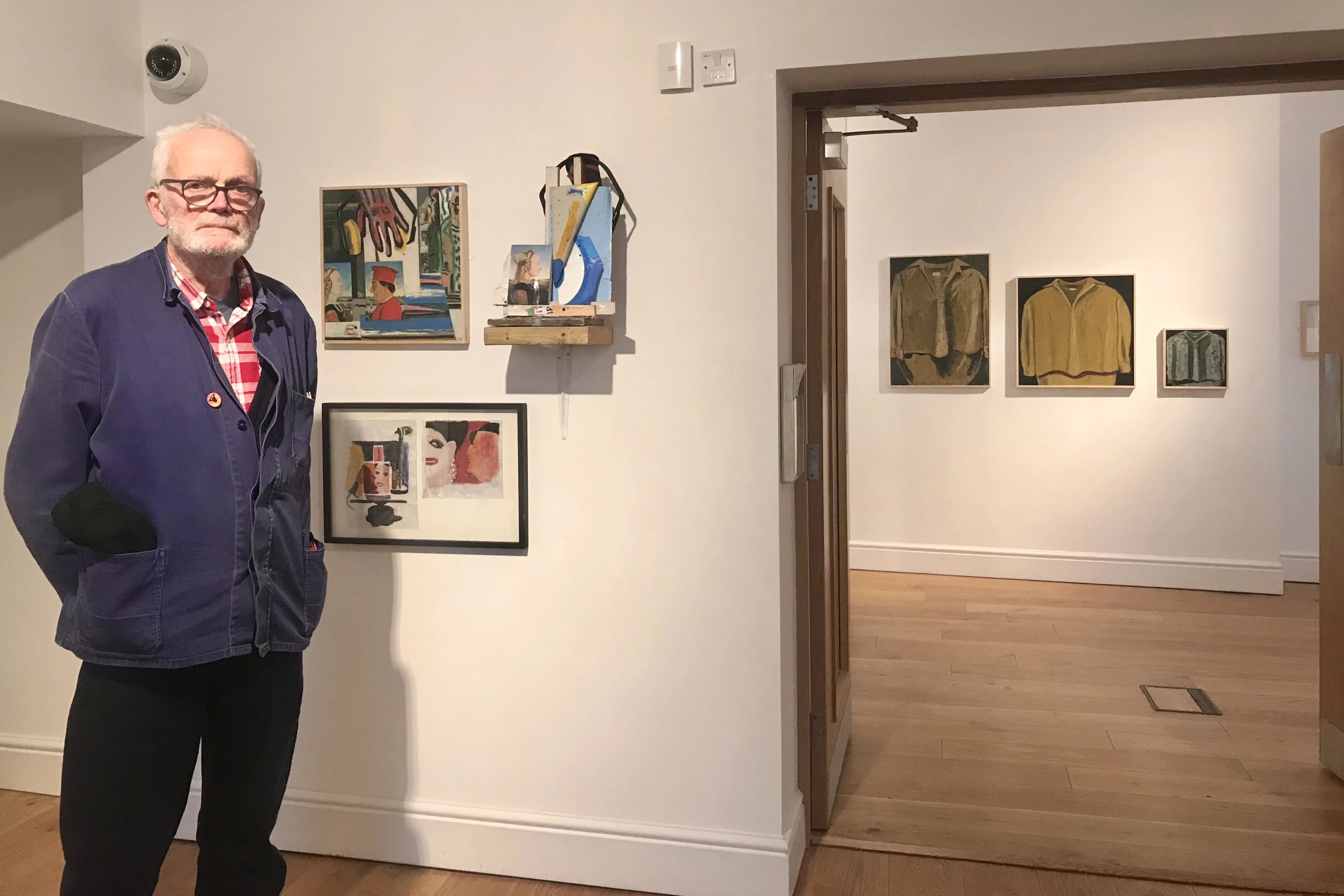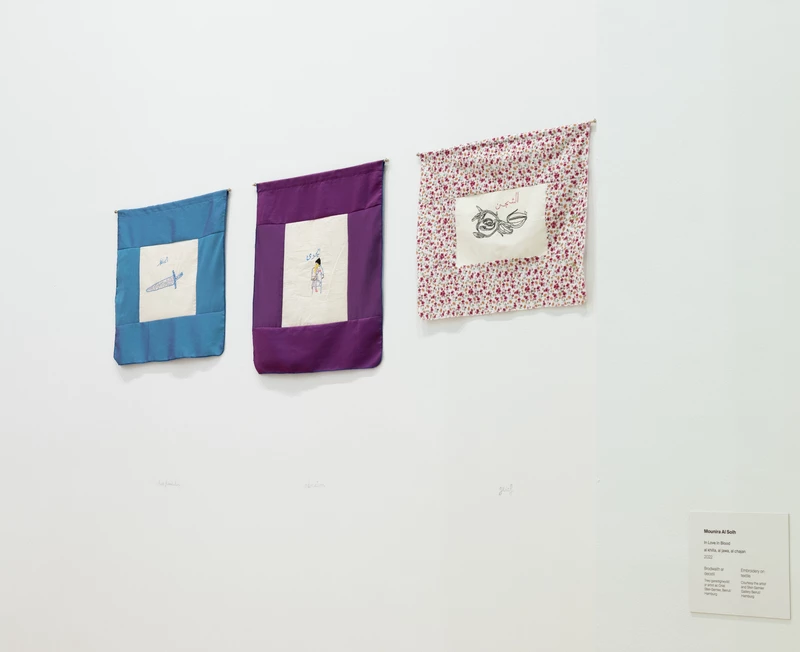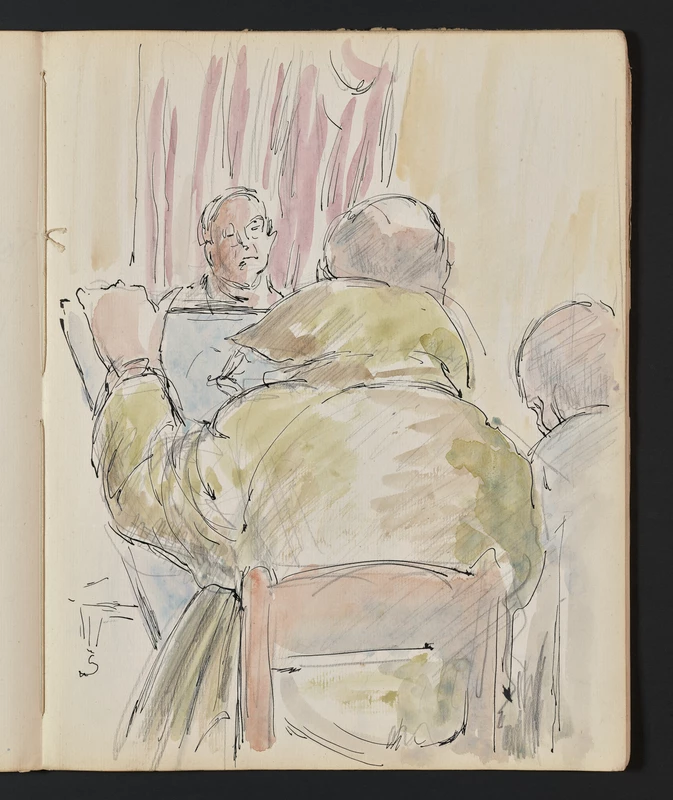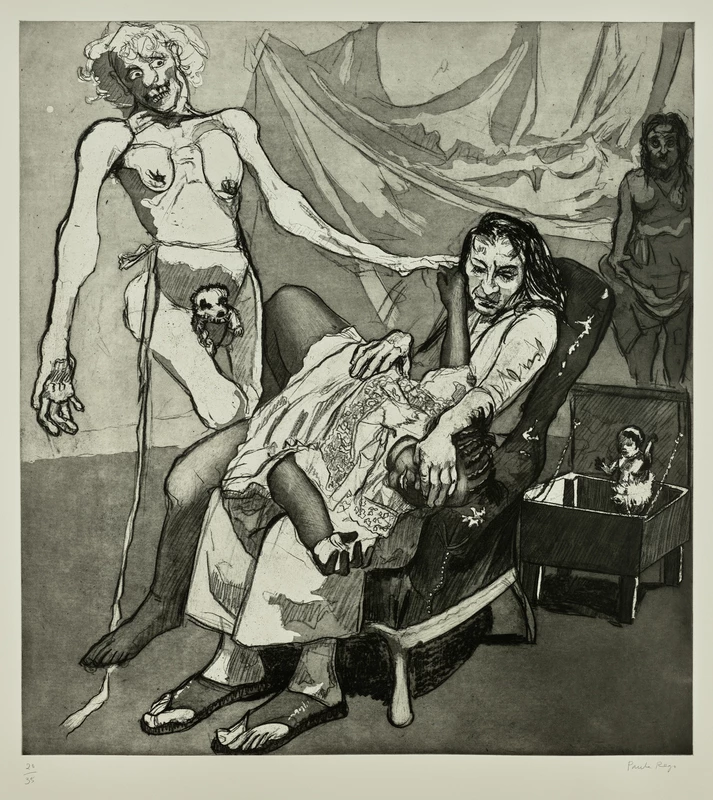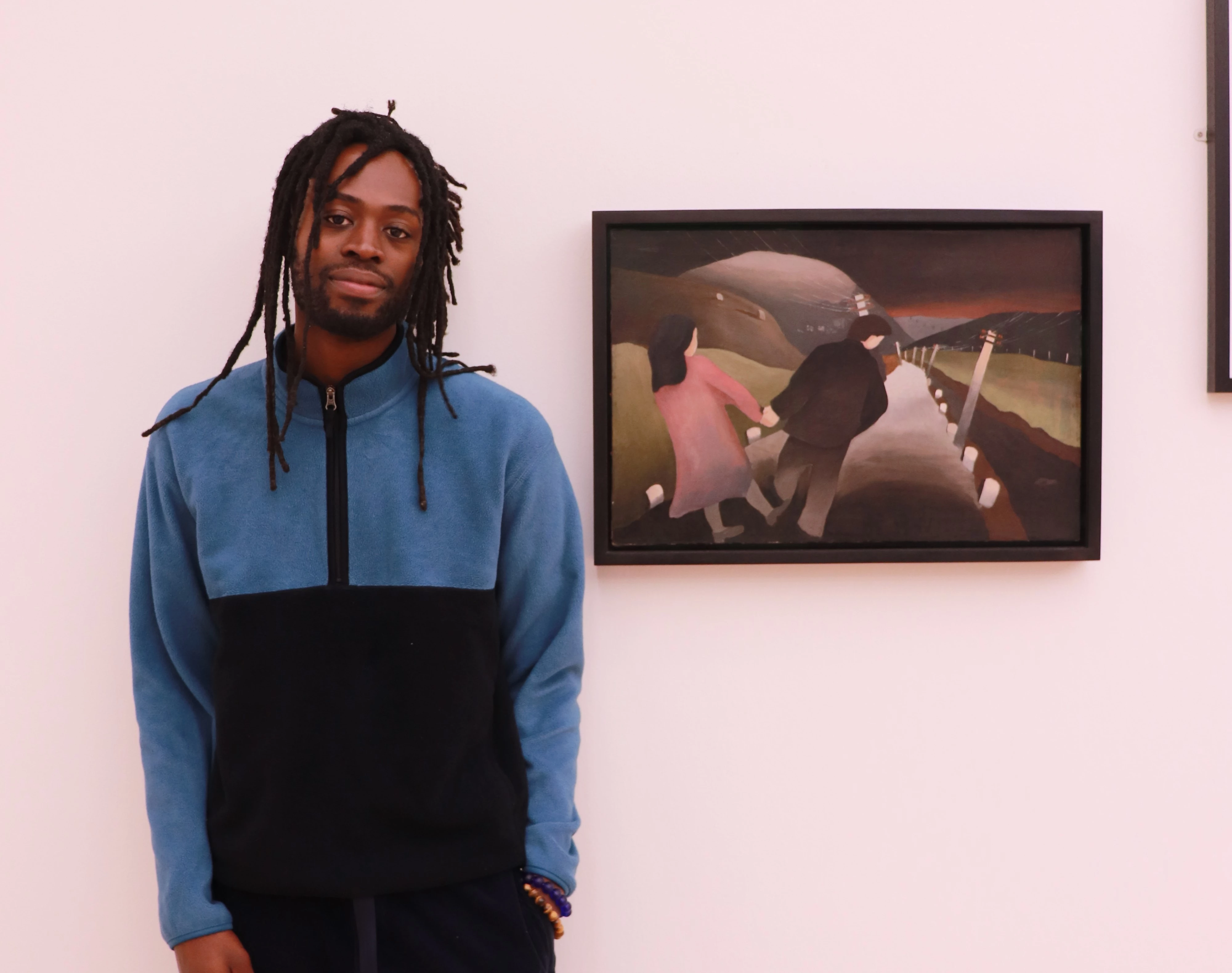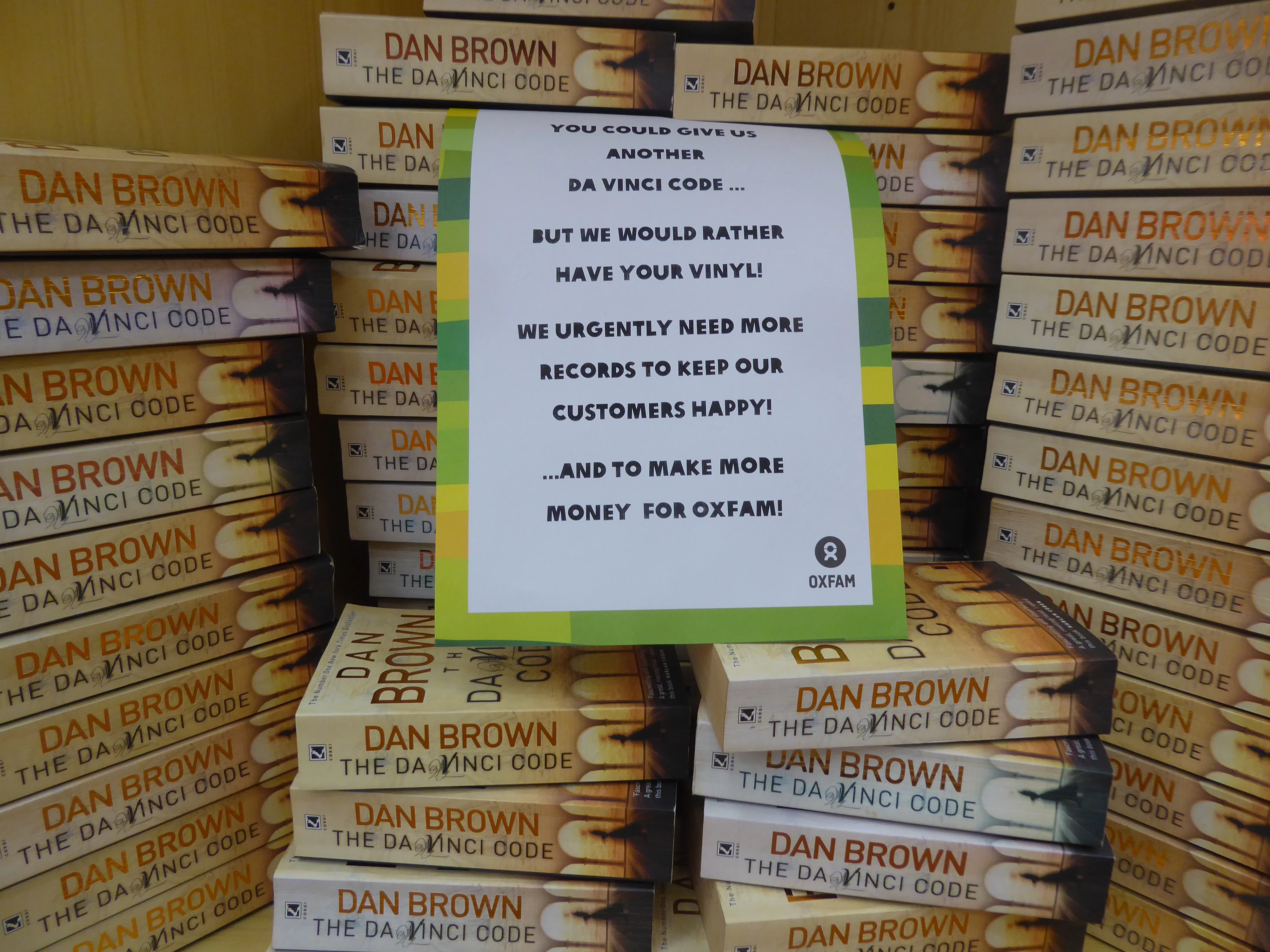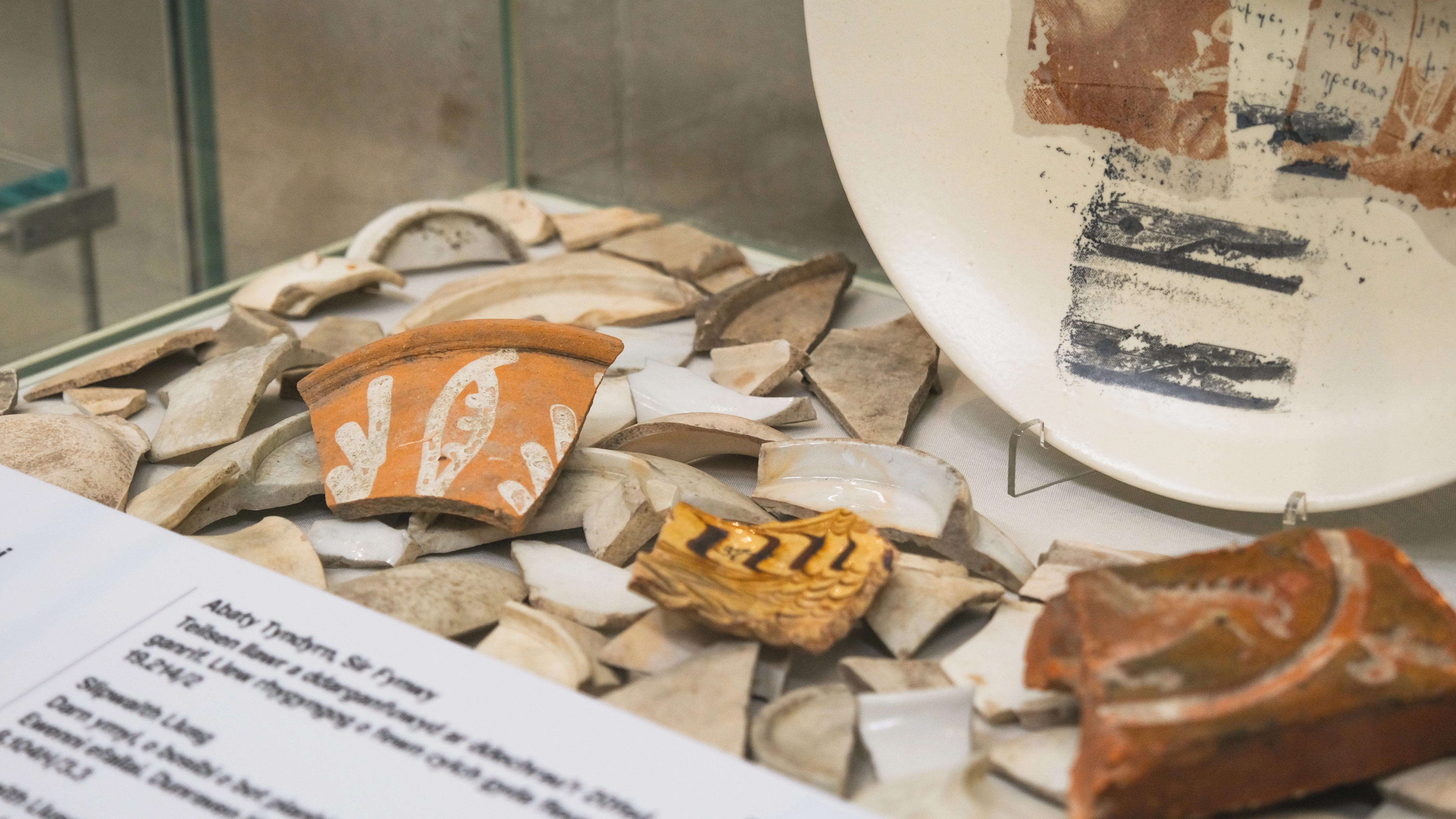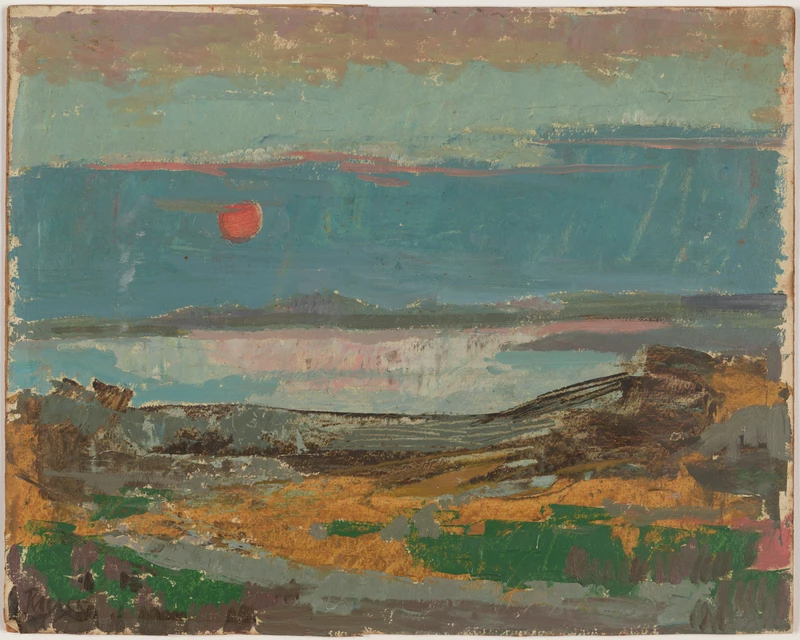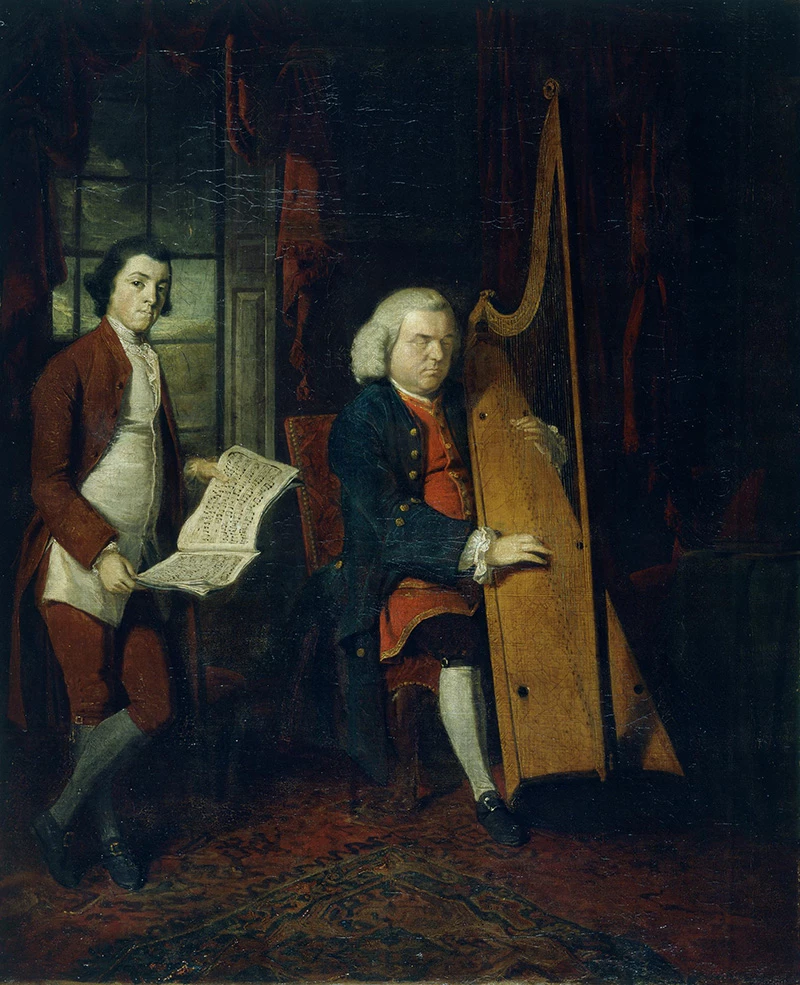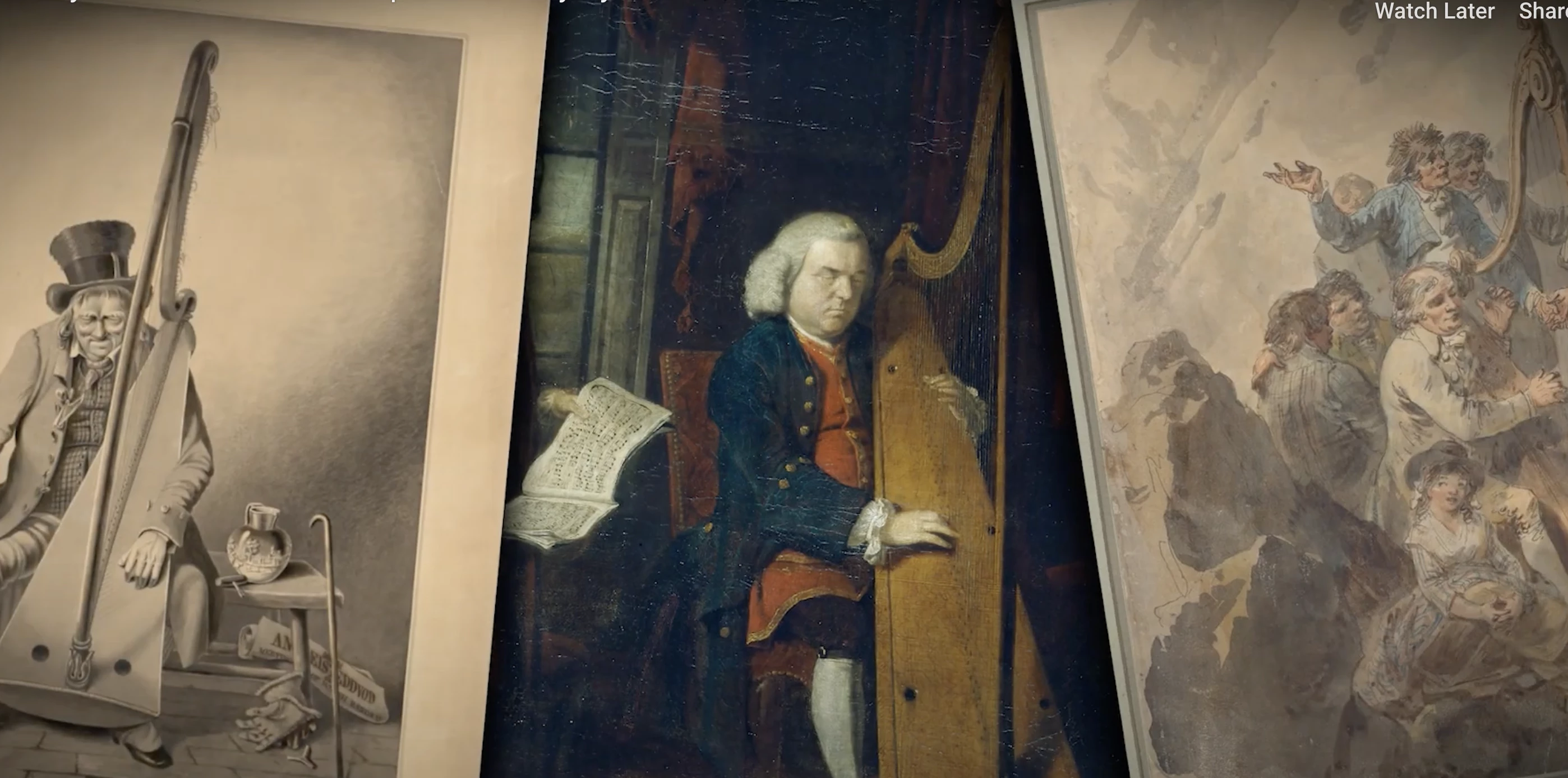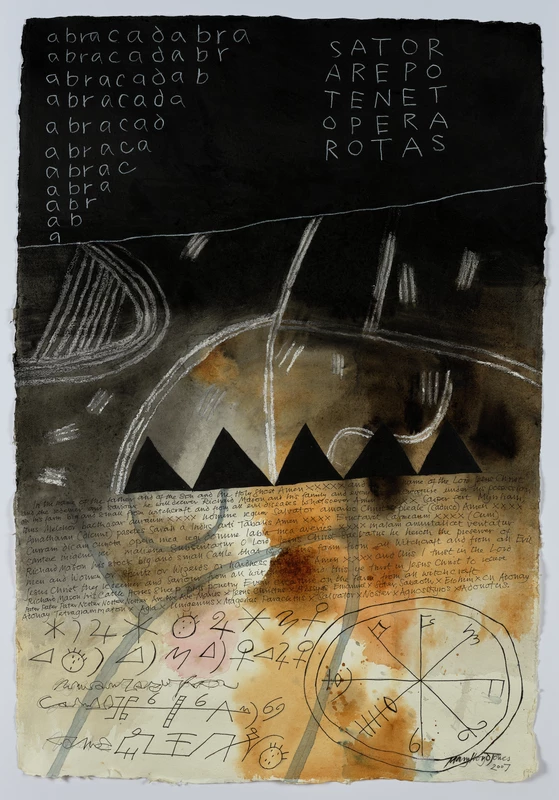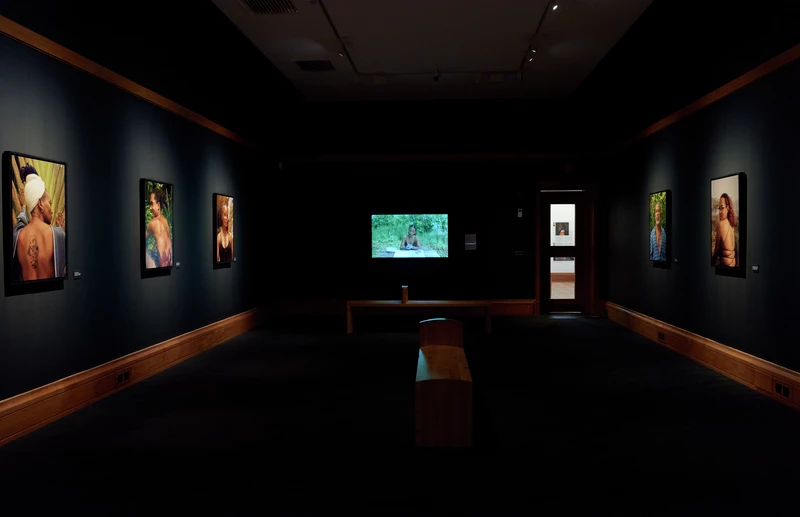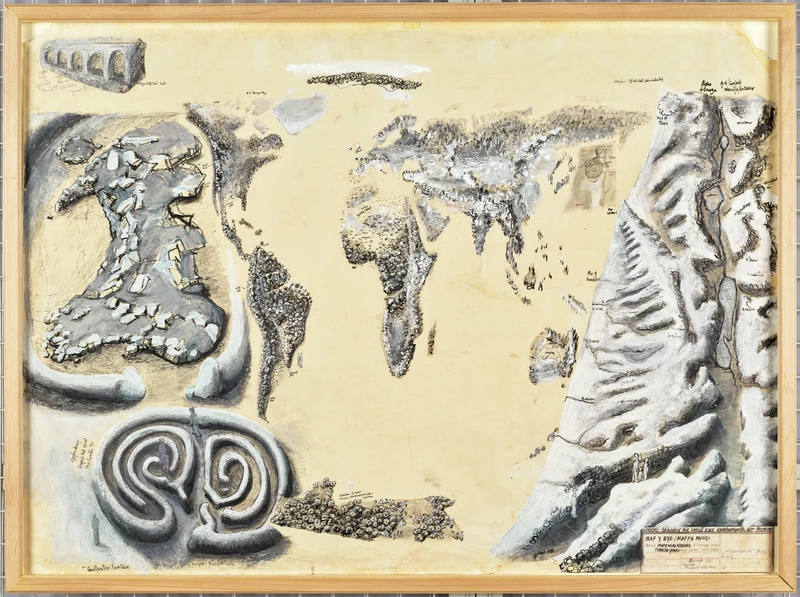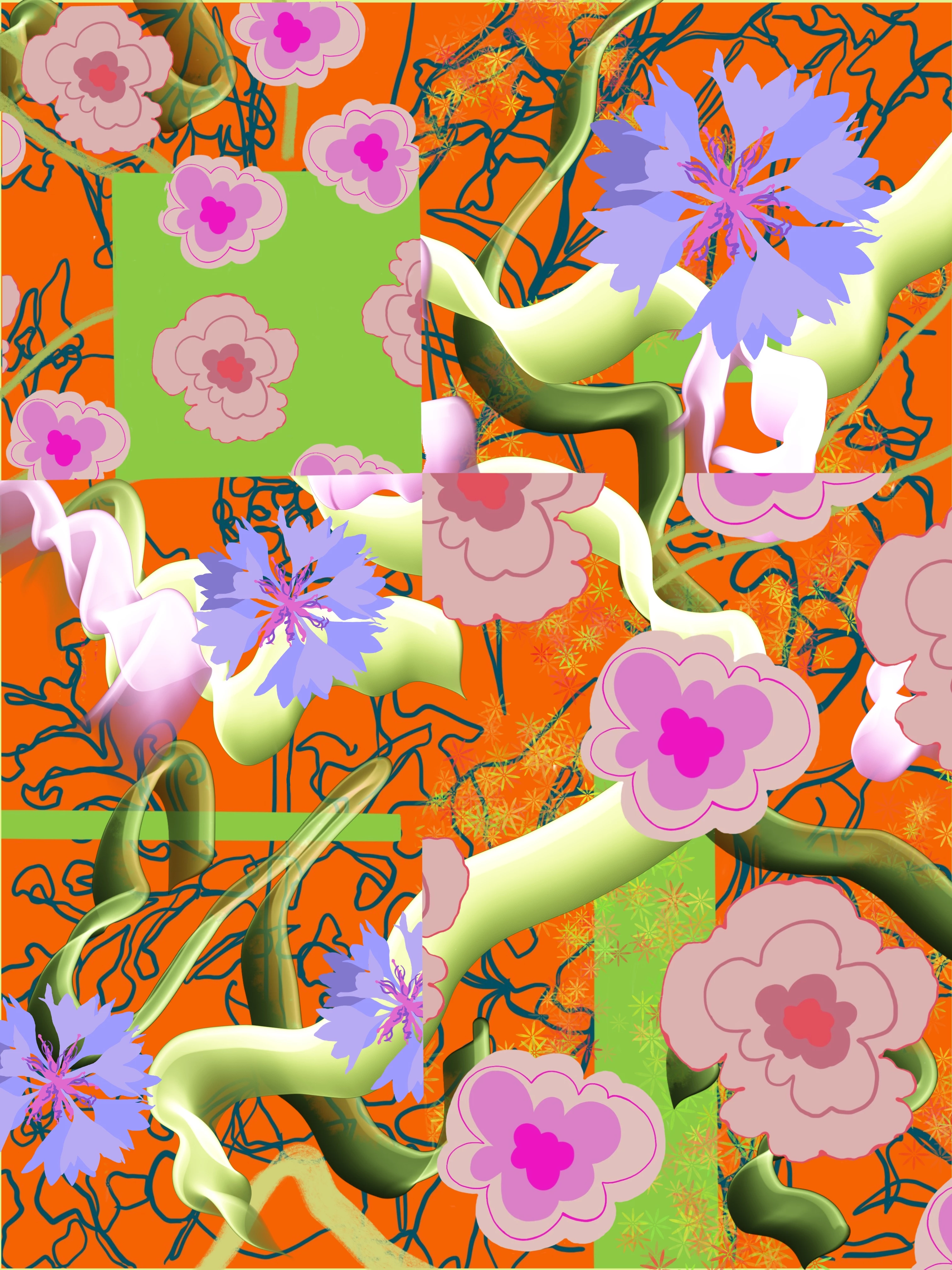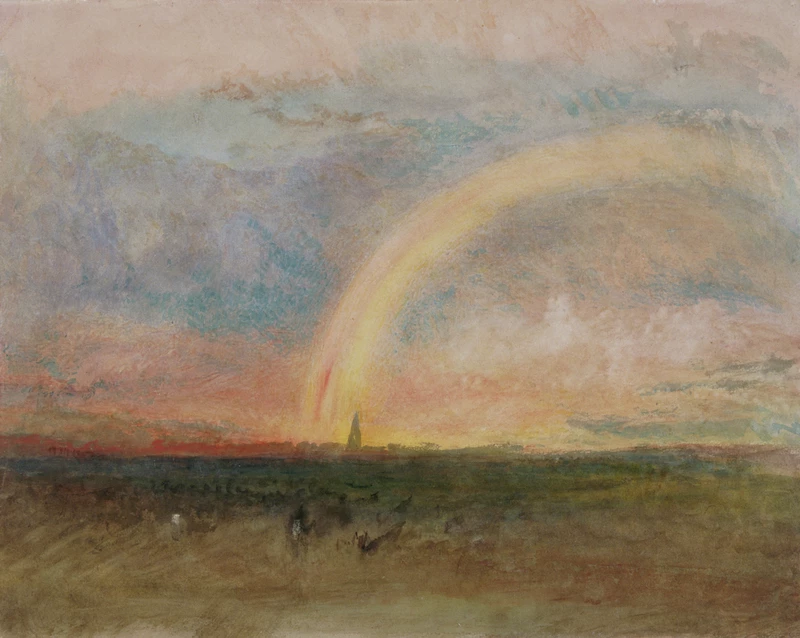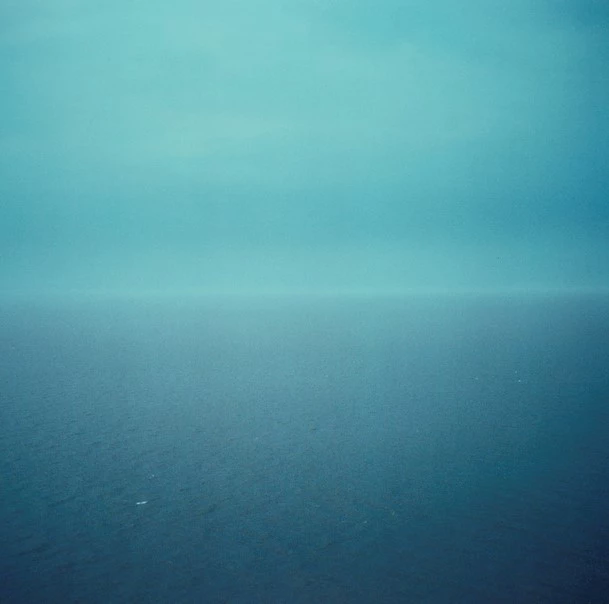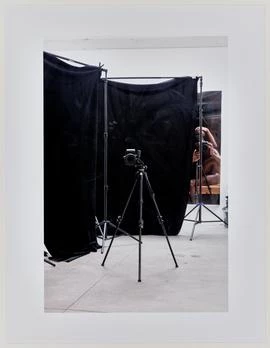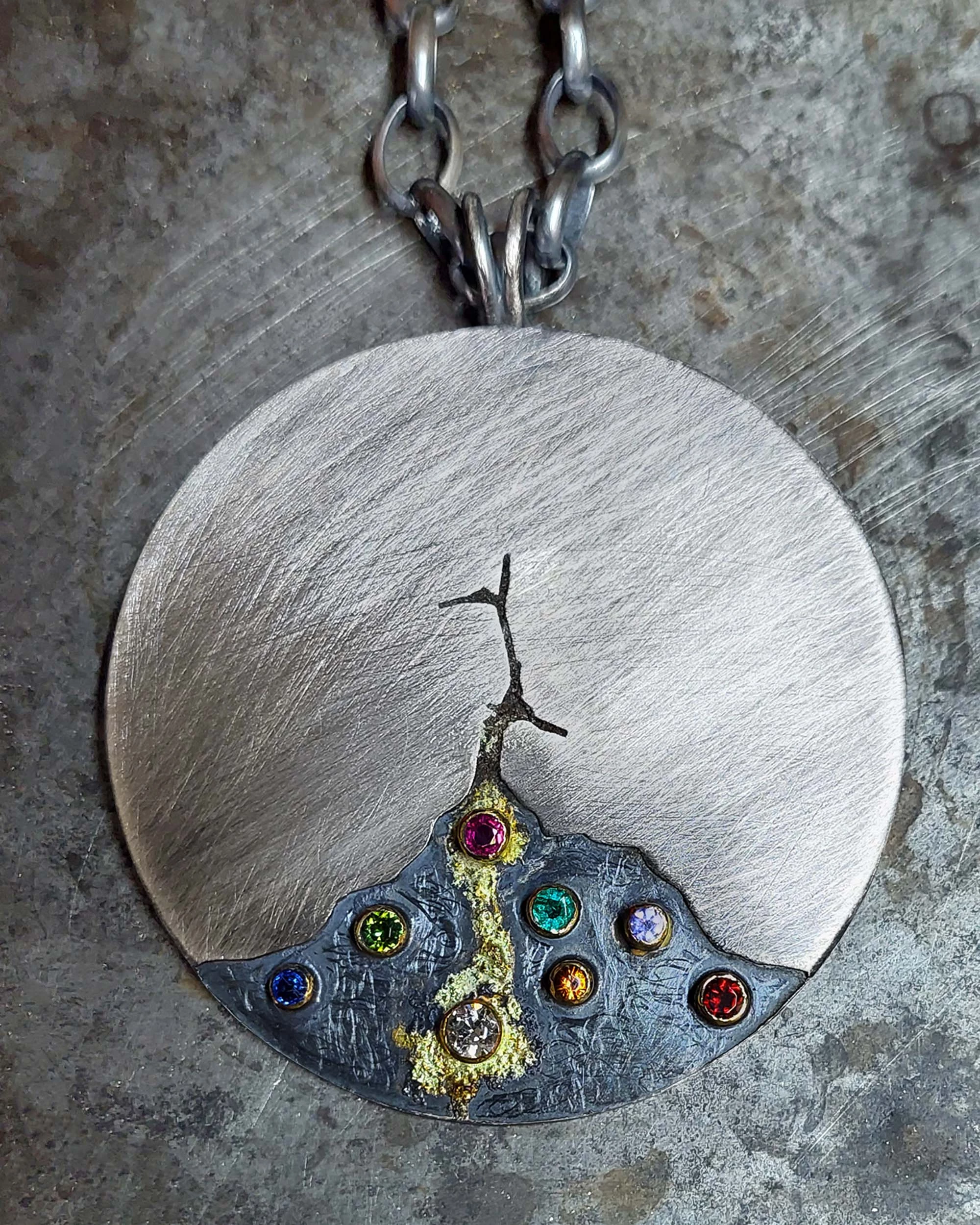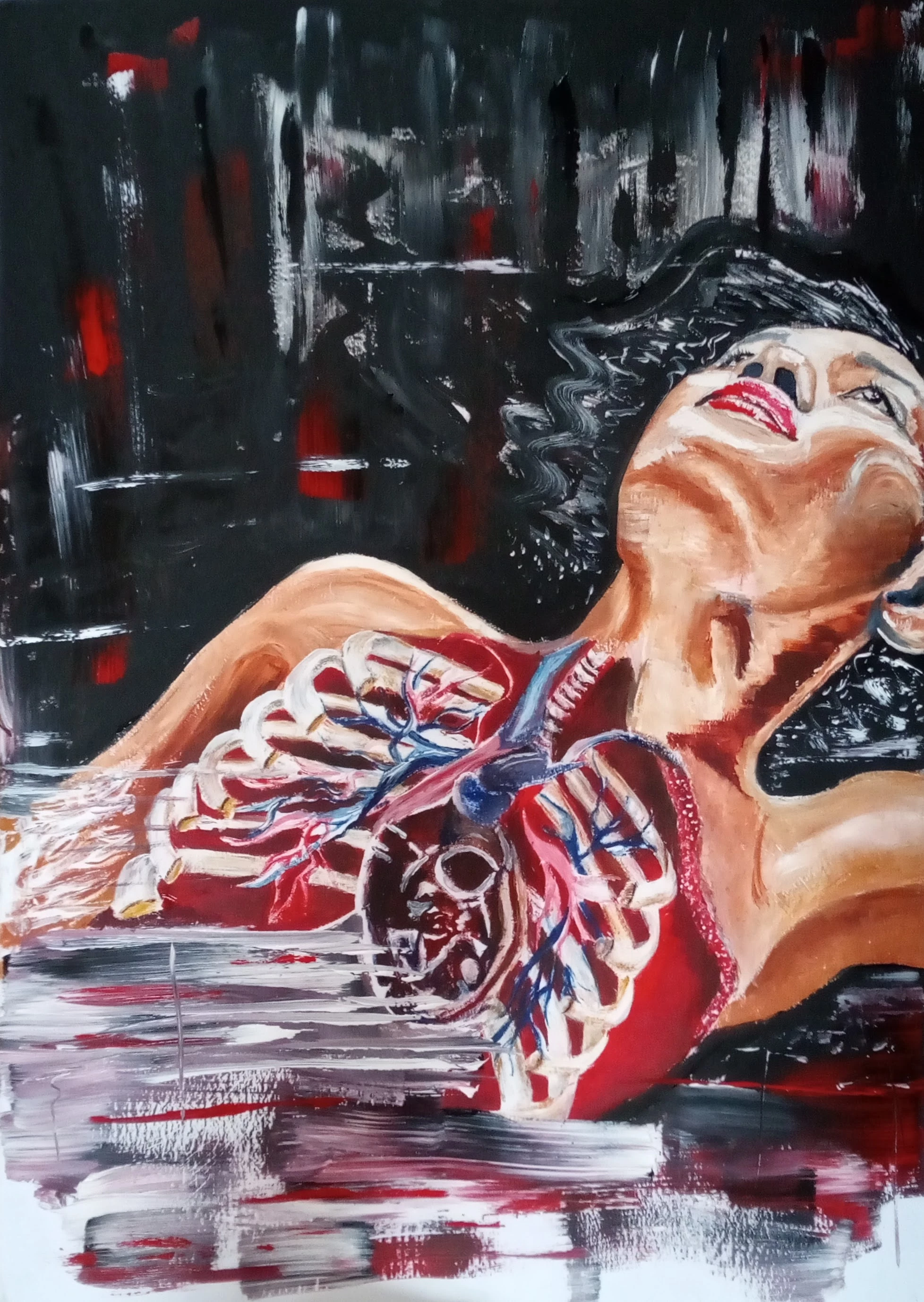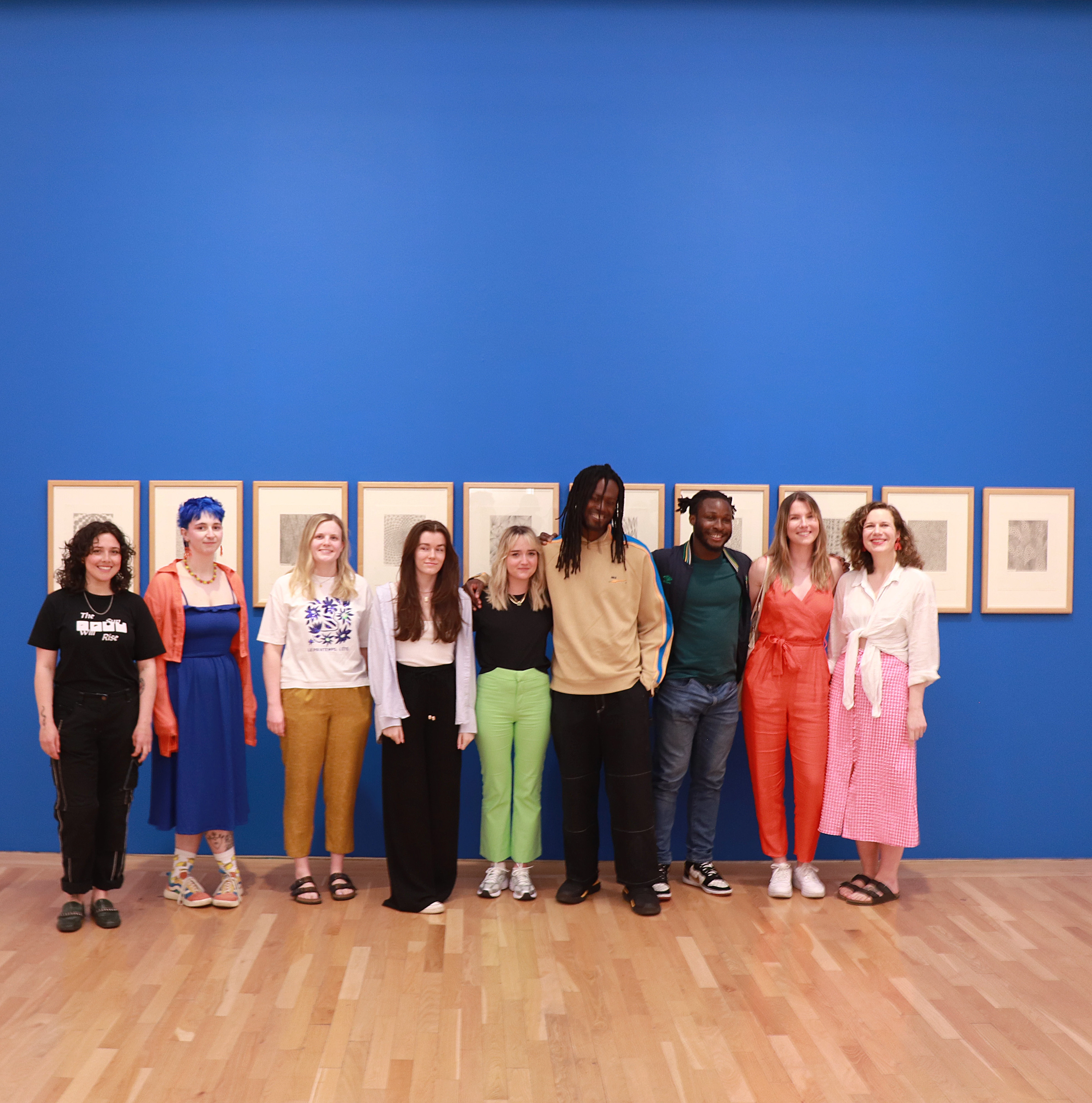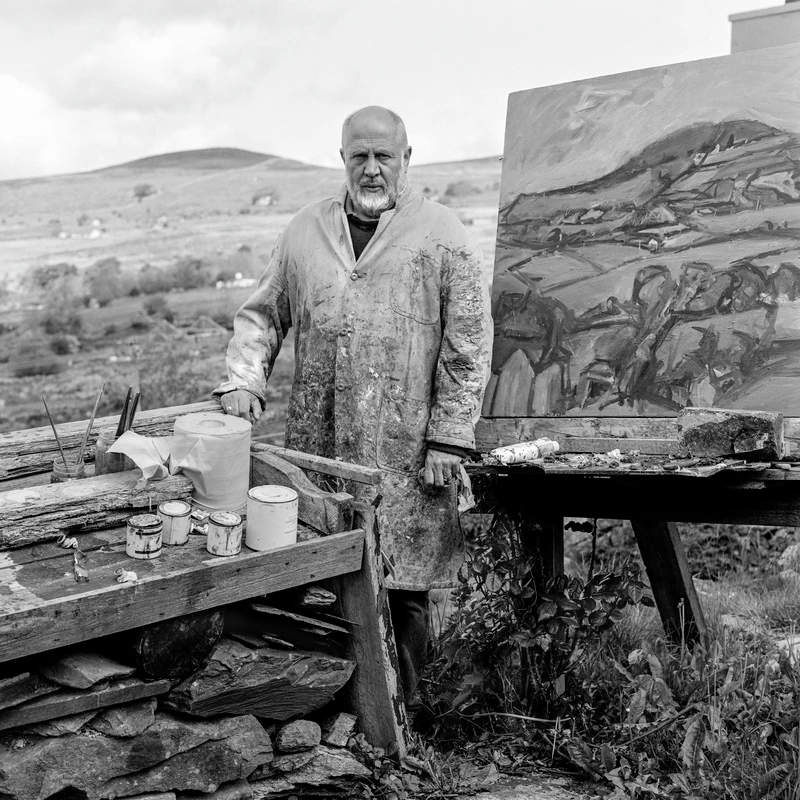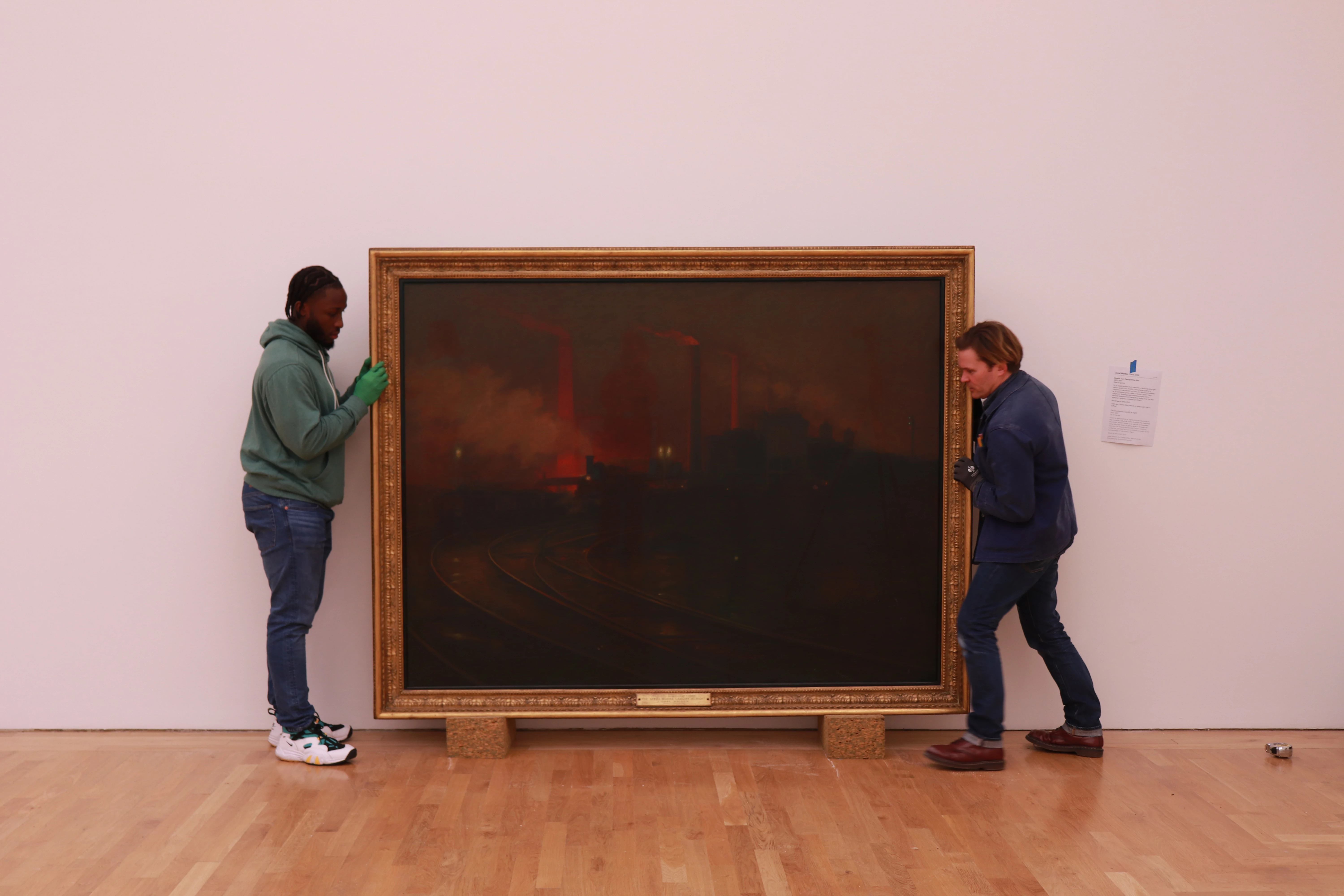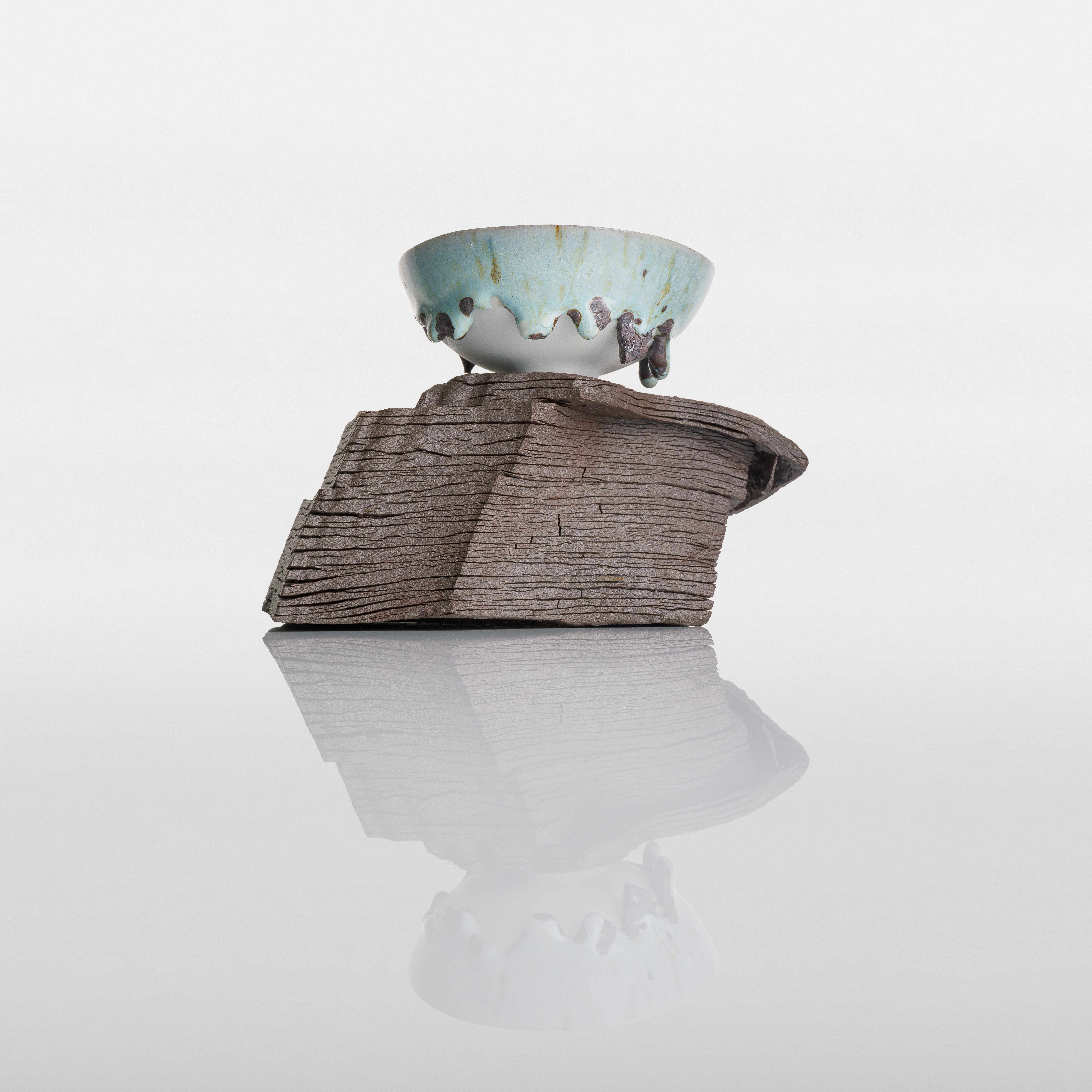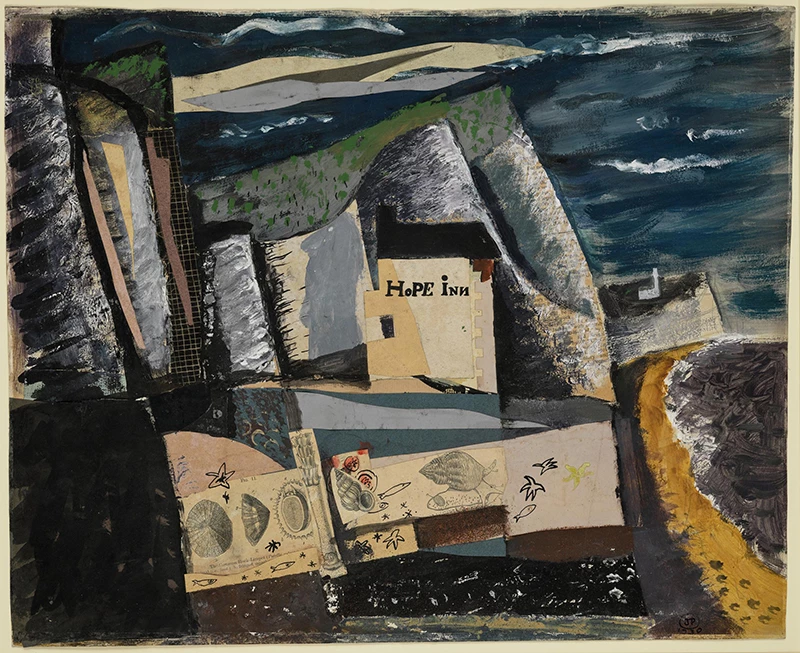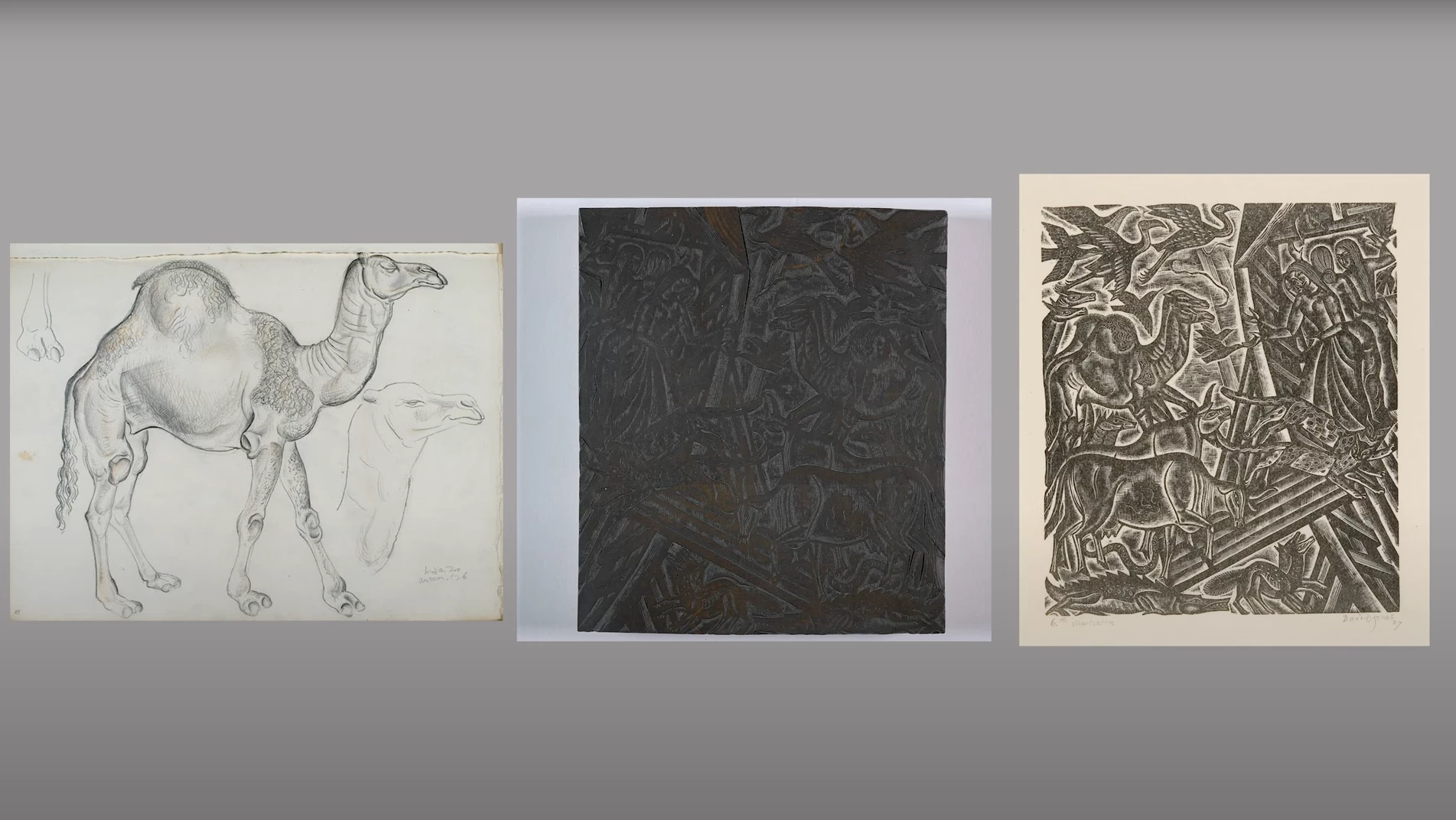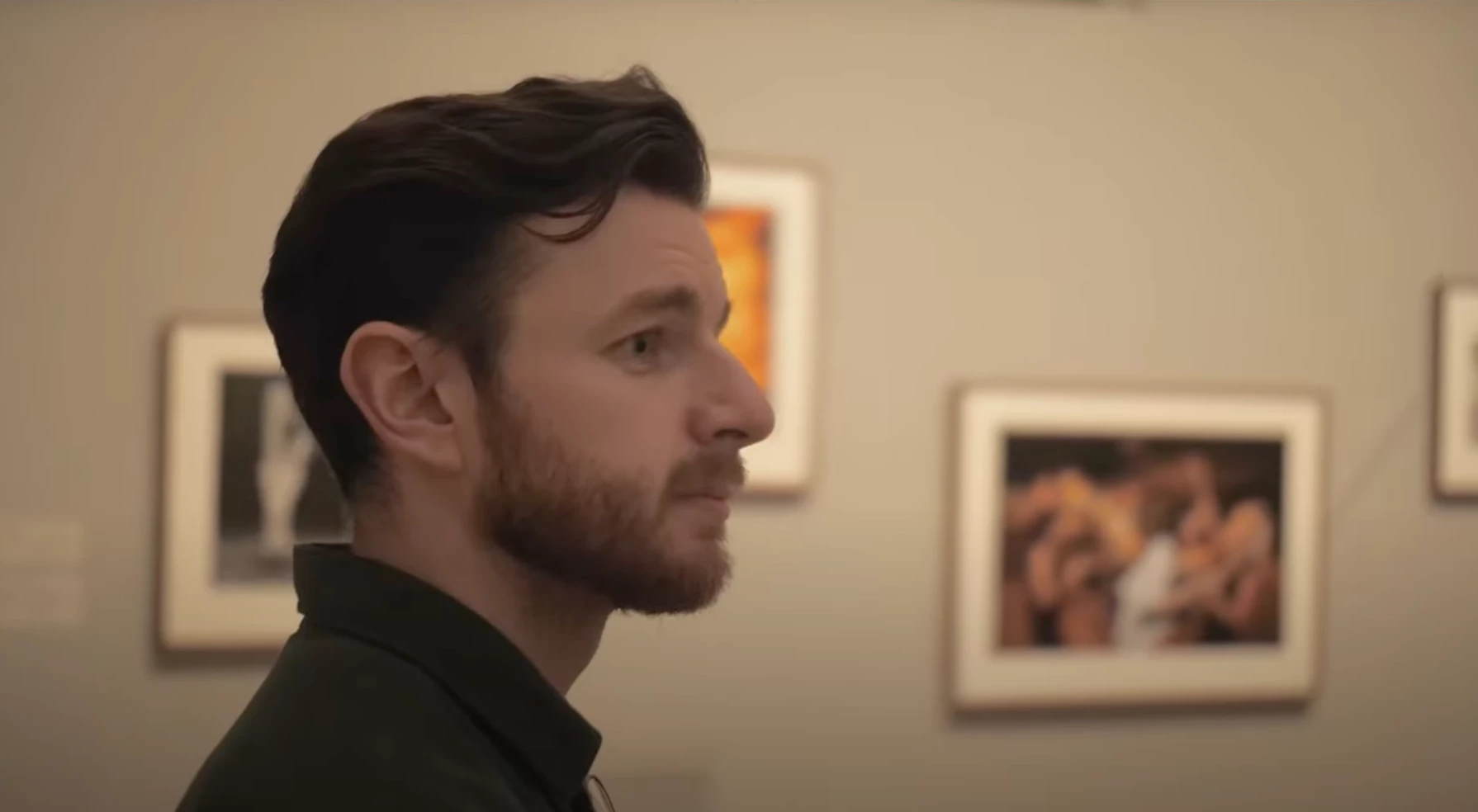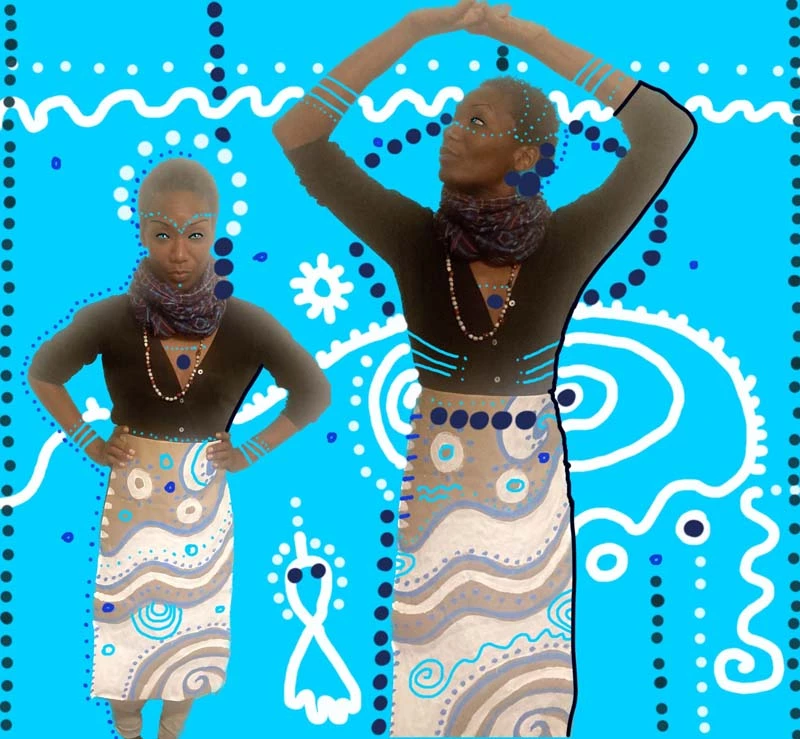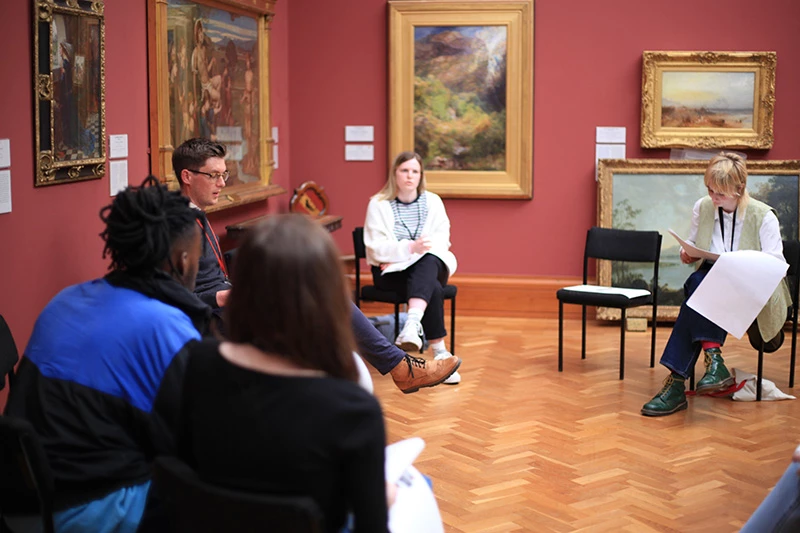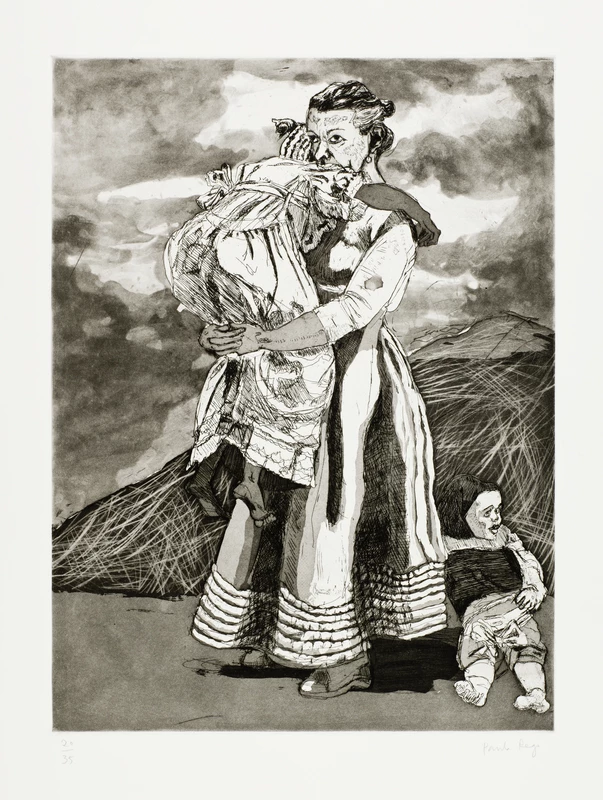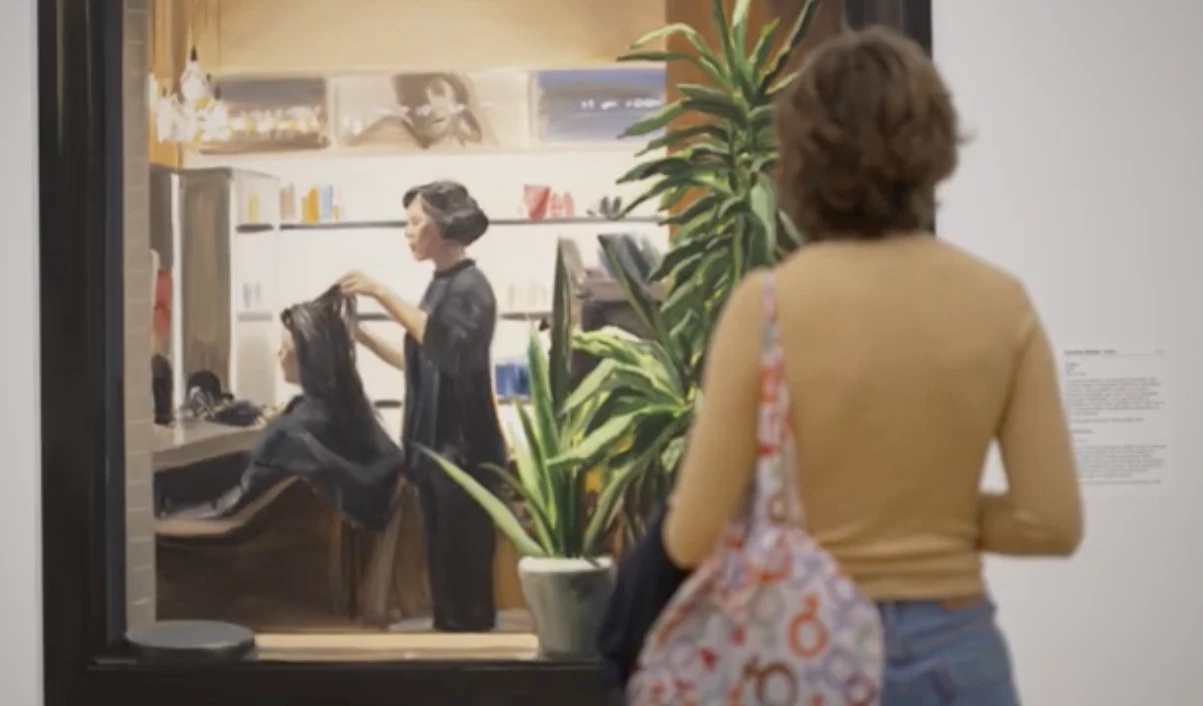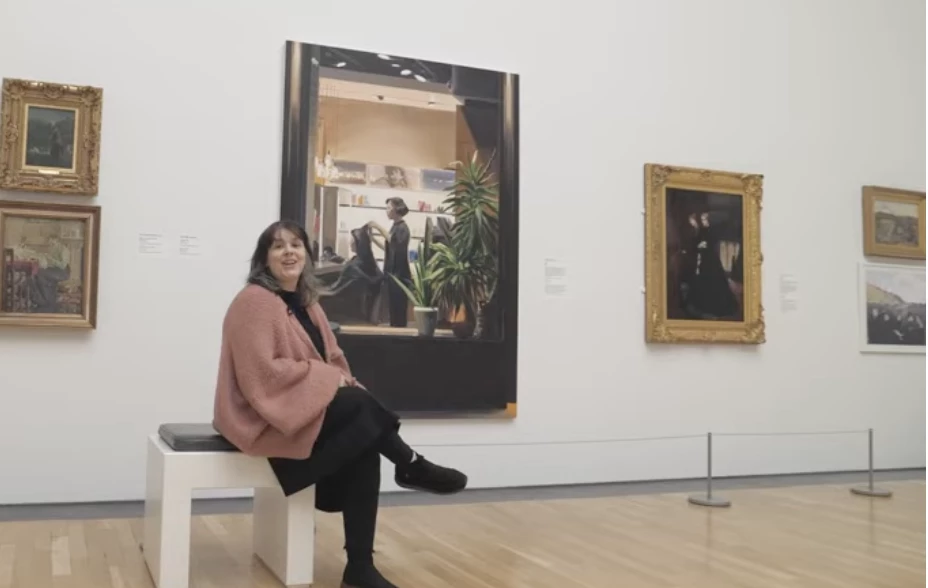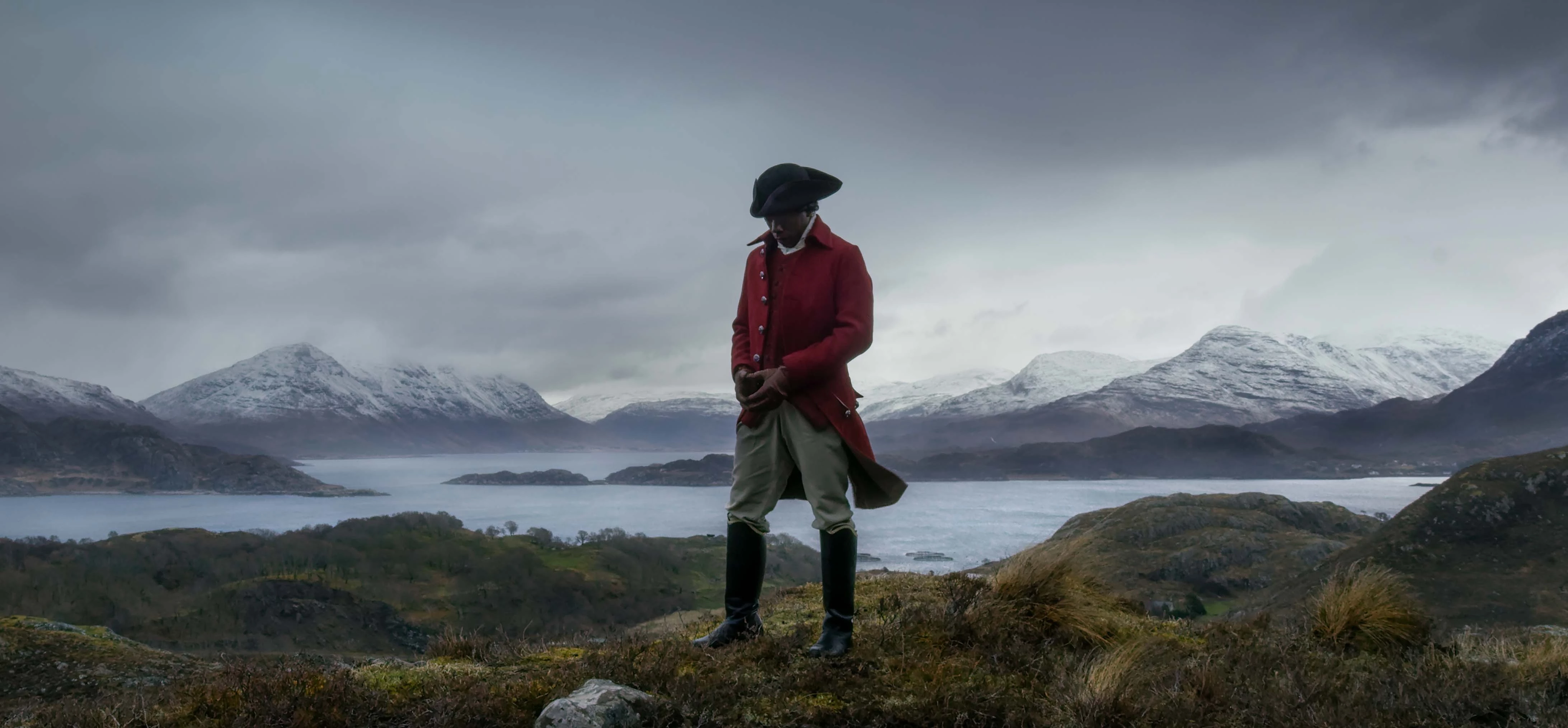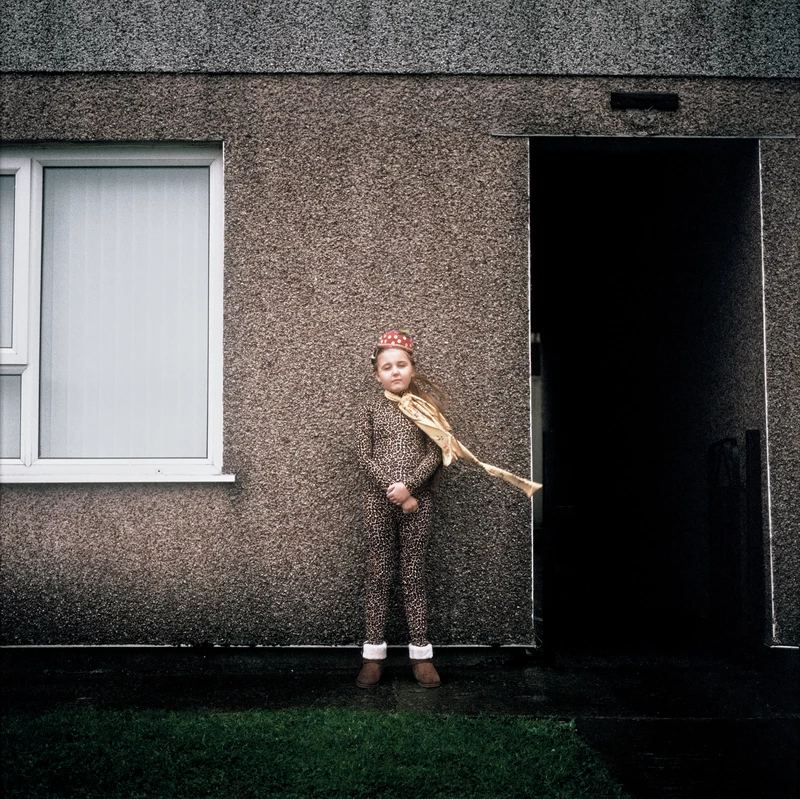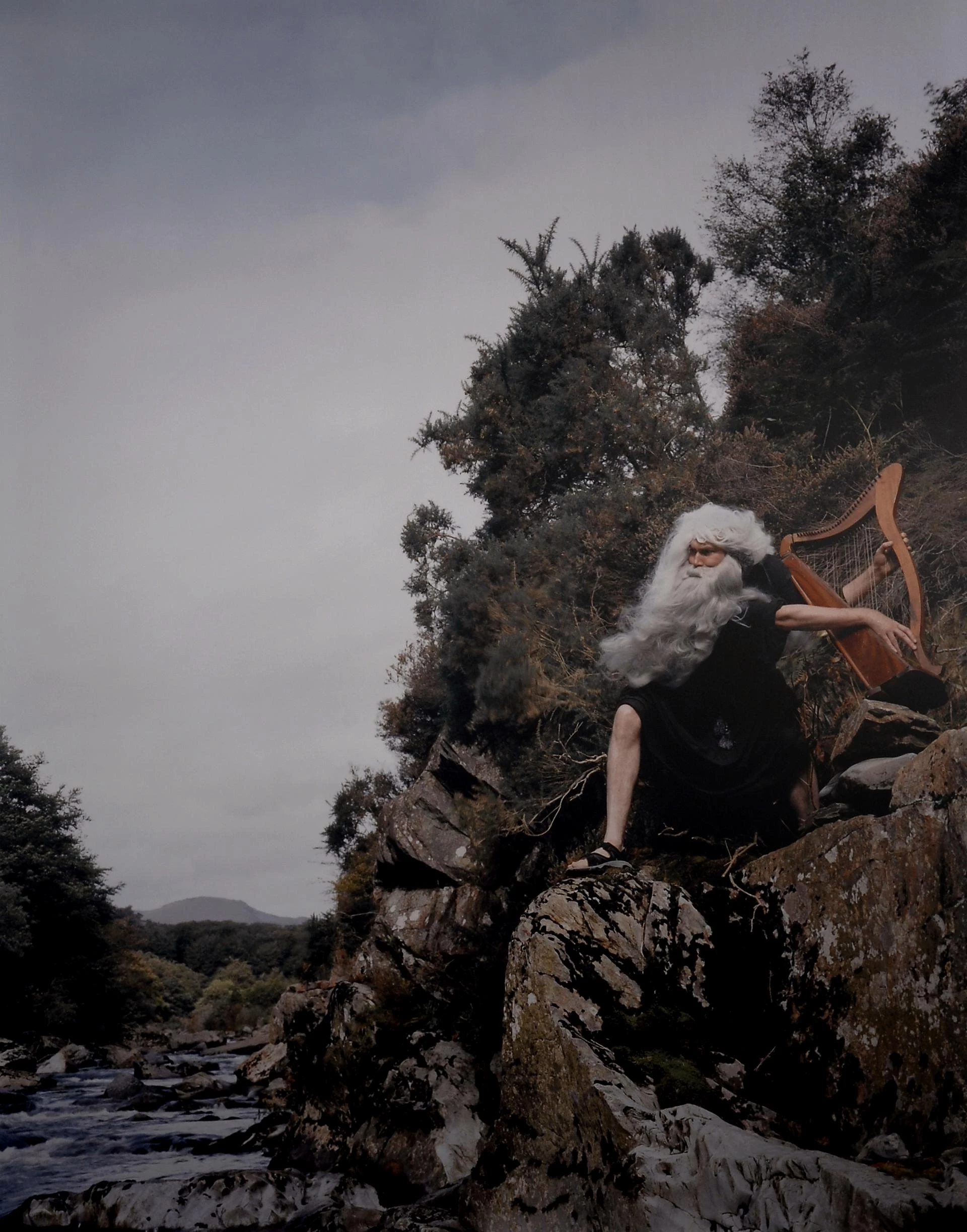A childhood journey on a red double-decker bus would prove transformative to the way I would come to appreciate the visual arts. It was many years later when, standing in front of an Ernest Zobole painting of the Rhondda, I found myself transported back through the decades to the sights, smells, and feelings of that bus journey along the valley I called home. The recollection was an immediate and overwhelming remembrance, vivid in its detail.
How could an artwork enable such a response? It was, of course, highly personal. Yet I guessed that anybody could experience something similar. Indeed, there is a well-known passage in Marcel Proust’s In Search of Lost Time where his experience of tasting madeleine (sponge cake with coconut) dipped in tea acts as a catalyst for his own vivid memory of Venice. Well, the Rhondda isn’t Venice for sure, but my relationship to the Rhondda, having grown up there, did give me a particular perspective on Zobole’s painting.
My lived experience has continued and informs my understanding of artworks made in and of the South Wales Valleys. Here, I consider two key elements that seem to be constantly in play – Place and Time.
Place
The painting that triggered my remembrance of that short bus journey to see my cousins in Maerdy was semi-abstract, dark, and flecked with bright yellows and deep blues. Zobole’s work is often described as a form of magic realism, and it was the element of realism – the jumbled yet identifiable characteristics of a Rhondda landscape – that I first recognised. On the bus I had been struck by the way the Valley looked on a crisp winter’s night; it seemed that the steep hills and the sky were joined by their darkness. Gazing up at the terraced housing I viewed how the streetlights pricked the darkness mirroring the stars above them, the only difference being the shift in colour from amber to electric blue. From the bus I could see these dots forming complex patterns, sometimes gathering on the Valley floor, sometimes twisting out towards the universe. These lights were joined by bright rectangles formed by lights shining through windows and open doors, some conforming to the lines of streetlights, others flashing at odd angles. The bus window fused reflection and non-reflection to create shifting kaleidoscopic patterns - a memorable and totally magical experience – just like that Zobole painting.
Yet the painting had triggered something more than a recognition of the visual characteristics of the Rhondda. There was the smell of the bus and the remembrance of it being quite cold - it was a time that Rhondda buses did not have doors in the rear stairwell – a time of bus conductors with ticket machines and uniforms - the strong smell of cigarettes as smoking was still legal on public transport then. The constellation of illuminated windows and doors activated feelings of the warmth, security, and love of my childhood home. It is little wonder that I found myself stunned and excited to encounter the work of Ernest Zobole and see in it the formative years of my life somehow rendered into two dimensions. This is part of the joy and wonder of art in that, if made with sincerity, it can evoke in the viewer what might be considered the recognition of a shared, and at times universal, experience. Zobole’s paintings remain the truest representations of the Rhondda I have ever encountered.
Time
I used to hate the black and white photograph of three miners taken by the American photographer Eugene Smith in 1950. I guess this was because when growing up in the Rhondda it was rare to see grimy miners on the street, particularly on streets as gloomy as those in his photograph. I first saw it in the 1970s in my uncle’s collection of photo-books in a book called The Art of Photography. I was occasionally taken for visits to my aunt and uncle on Sundays as a treat – they lived in Barry near the island. What I didn’t realise until decades later was that to get there, we would pass through one of the streets in Smith’s photograph. Coed-Ely usually seemed such a bright place on a Sunday afternoon. Why did photographs of the Valleys always look like this when the place itself seldom did?
Walker Evans, another of the great twentieth century photographers, said that this photograph was “pure photography…a stroke of romantic realism” in which “the men are actors”. And this, of course, was the point; photographs are created to represent someone’s version of the reality. Smith wonderfully provides us with a setting in which the characters play out their parts. The terraced houses tell us this is not just about men and their work; it is about a society and a way of life. The men are dressed in the props of their class, their ages reminding us that their drama has had a past, present and a future yet to come. Smith was always searching for the truth, but this can be elusive. He didn’t mind setting-up or directing his shots, for him the ‘moral truth’ was more fundamental than any objective one.

Fast forward almost seventy years and we can see a different drama playing out in the colour photograph of five girls at Trefechan, Merthyr. This photograph is the result of a collaboration between Clementine Schneidermann, Charlotte James, and the girls in black. In Smith’s photograph his relationship to the three miners is more directorial than collaborative. The girls play their role with purpose, they want us to know they have agency and the future yet to come is theirs. Their props are not of coaldust, rather, their funerary attire might suggest that they have attended the wake of that once dominant industry and the way of life that went with it. Their defiant gaze reminds us that the patriarchy is not as it was at the time of Smith’s photograph. The photograph of the girls shows us that it’s not just the Valleys that have changed, it’s the world.
On Experience
Experiencing the Valleys through pictures is not the same as having a lived experience of the place and those in it. Yet pictures and other artforms including literature, cinema, and music, can allow us to meaningfully glimpse facets of people, place, and society. When done well, artworks can go further and communicate an essential essence – but this communication is a two-way process, an exchange, requiring the viewer to bring their own understandings to the art. In that sense art never has a fixed meaning, we all experience it differently – a good thing!
At times the Valleys have been rendered too simplistically, disallowing any deeper engagement with its essential characteristics. This has often led to the development of romantic notions of its people, place, and society. We shouldn’t be romantic about the Valleys, as this can lead us to dismiss, all too quickly, the love, joy, hardships and hurt that those who lived in and through the Valleys experienced. They certainly deserve better.
Paul Cabuts is a photographer, artist, writer and researcher living and working in Wales. His work, which explores the dynamic forces that shape the way we live and how we are defined, has been exhibited and published internationally.
He was awarded a PhD at the European Centre for Photographic Research and completed an MA in Fine Art at Aberystwyth University and a BA (Hons) Documentary Photography at the Newport School of Art & Design. His monograph discussing the development of photography in the Valleys, Creative Photography and Wales, was published by the University of Wales Press.
Some of Paul's photographs are on display as part of The Valleys exhibition at National Museum Cardiff.
CABUTS, Paul, Central Street, Ystrad Mynach © Paul Cabuts
